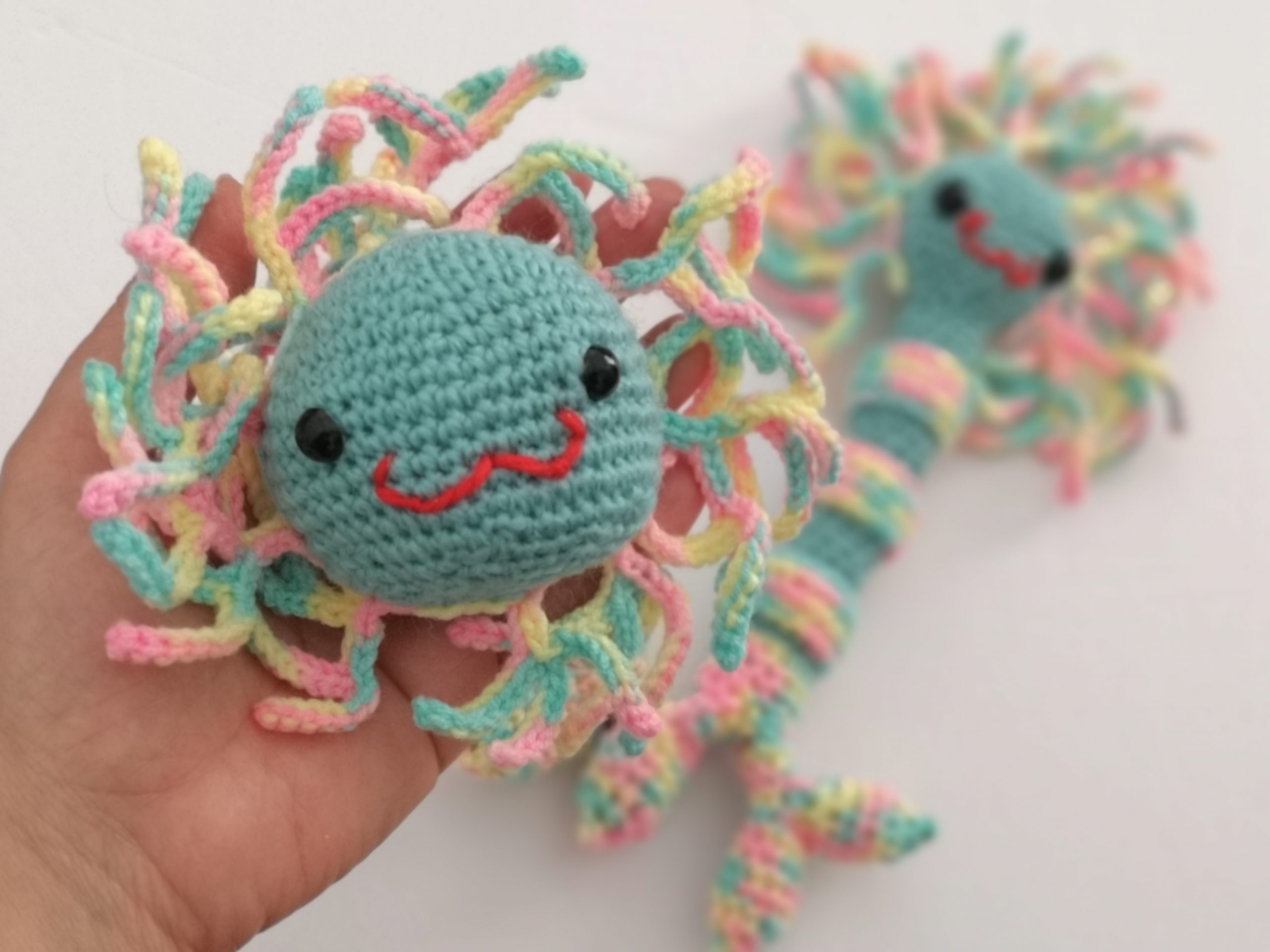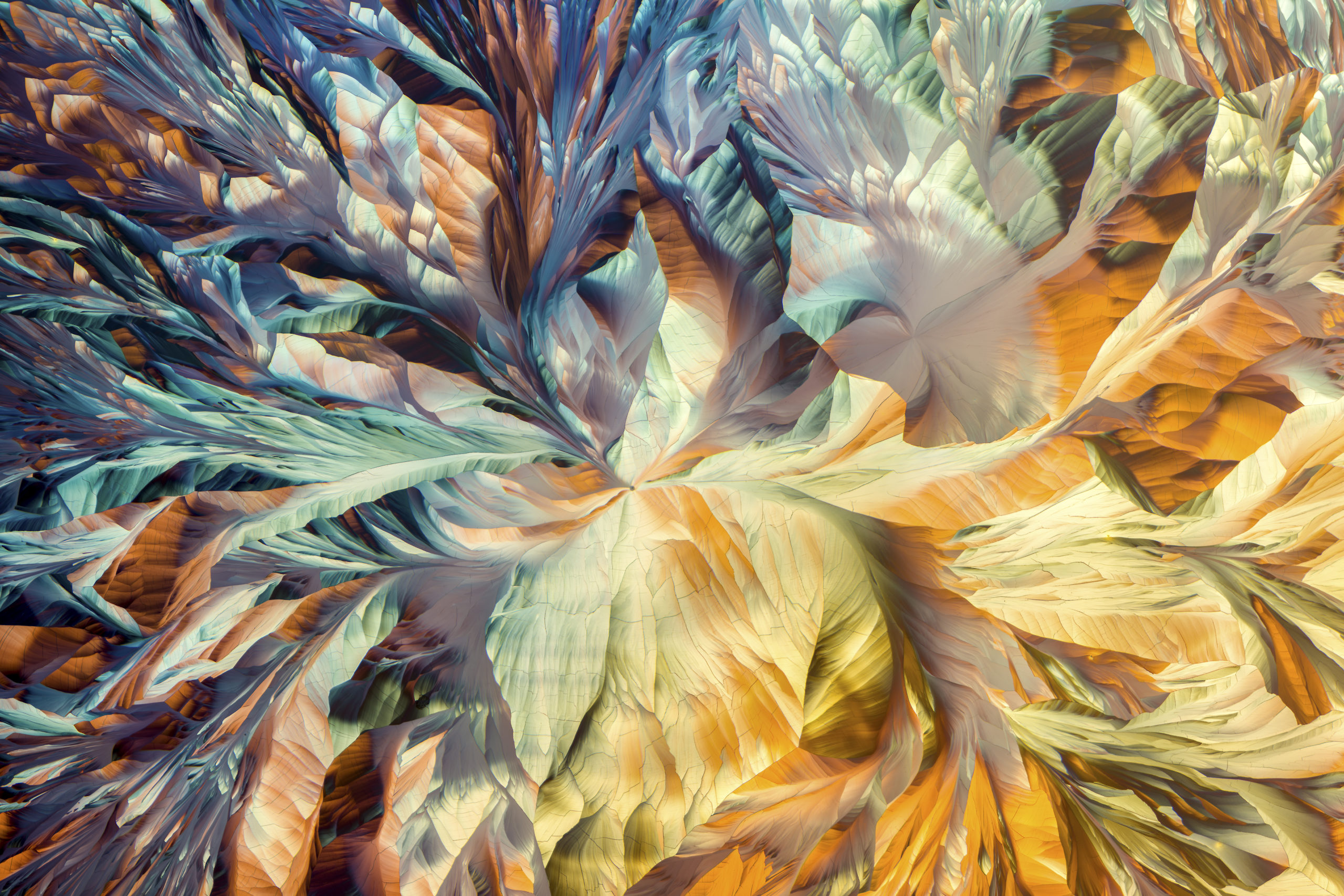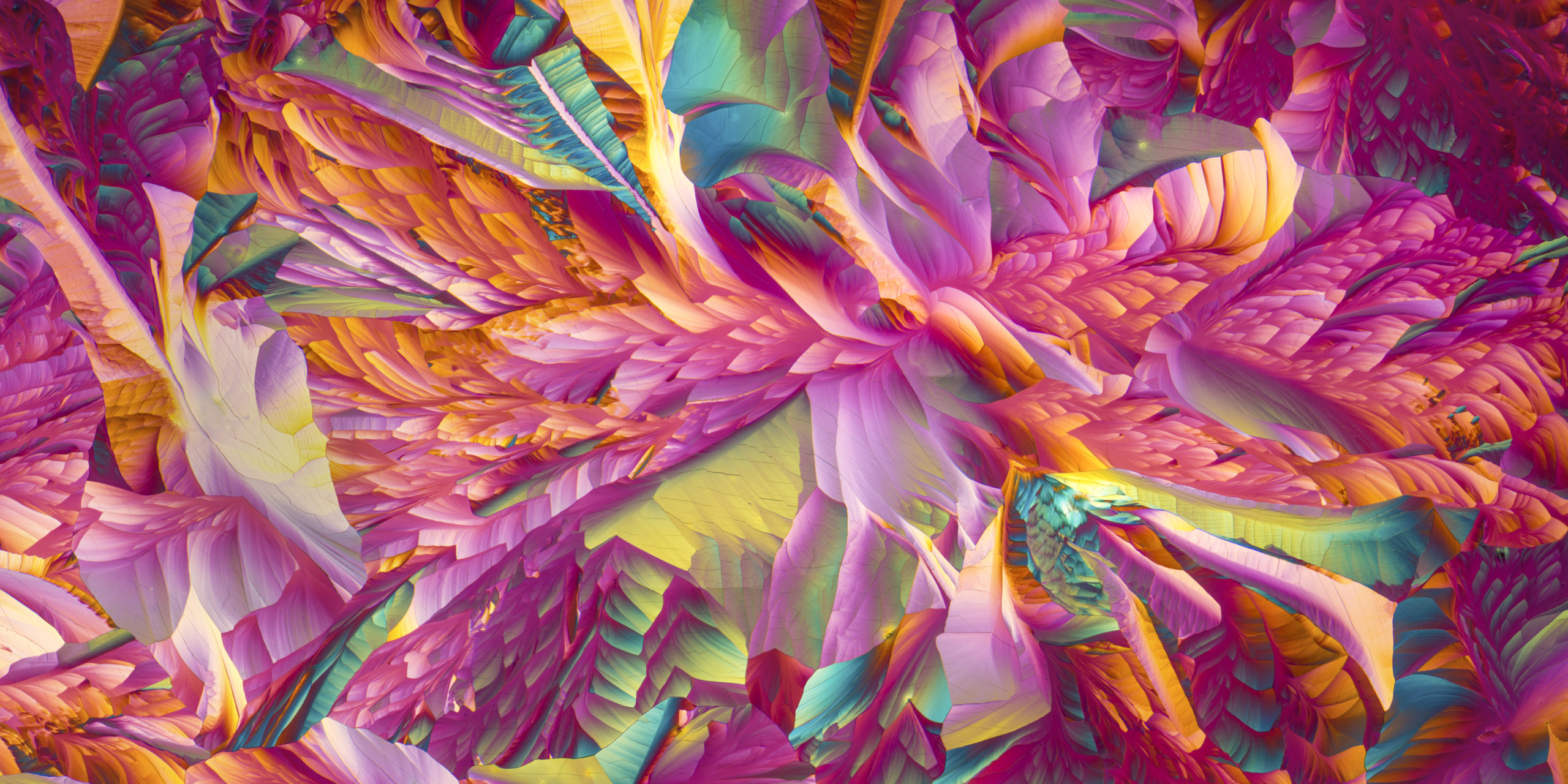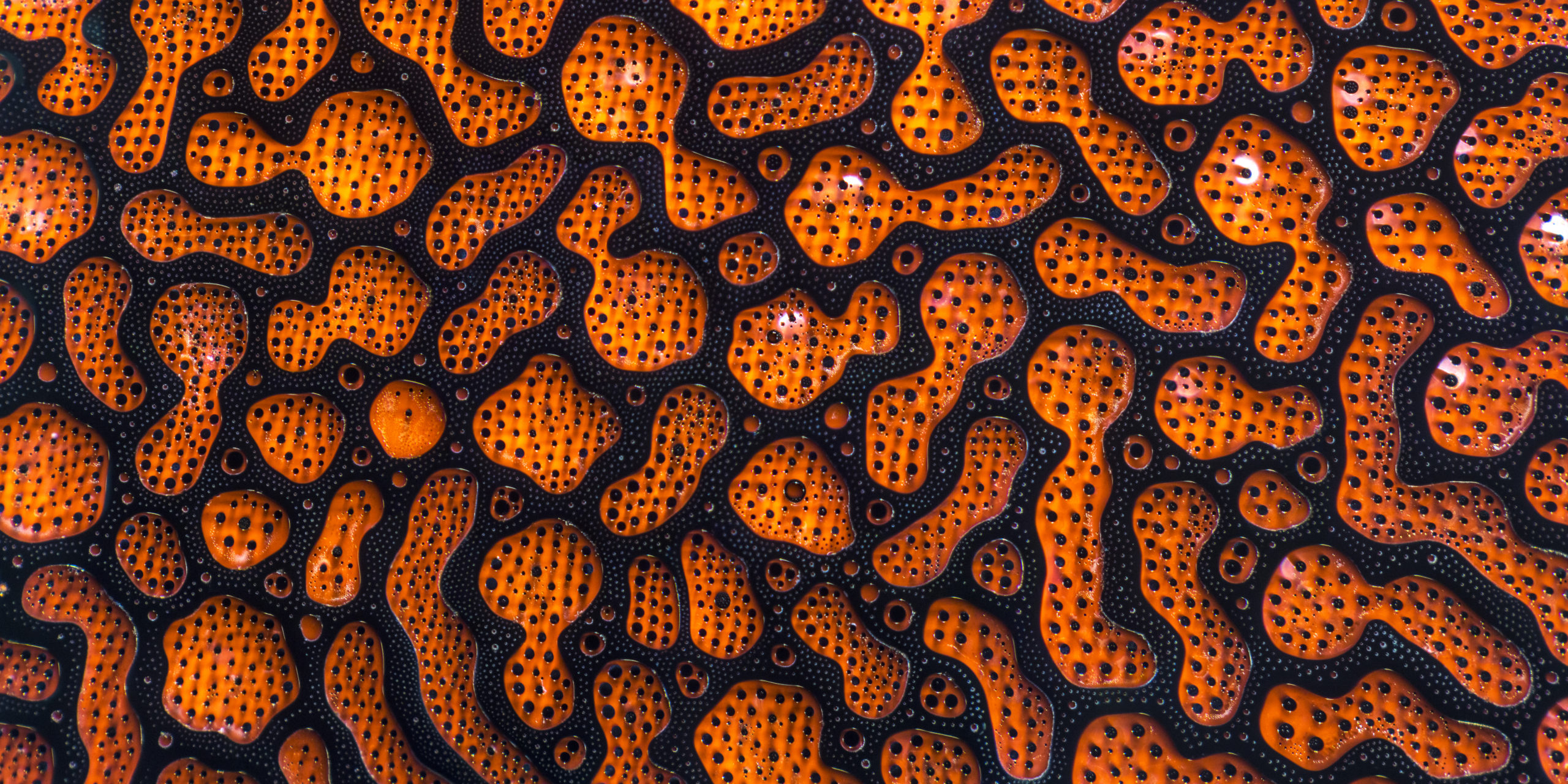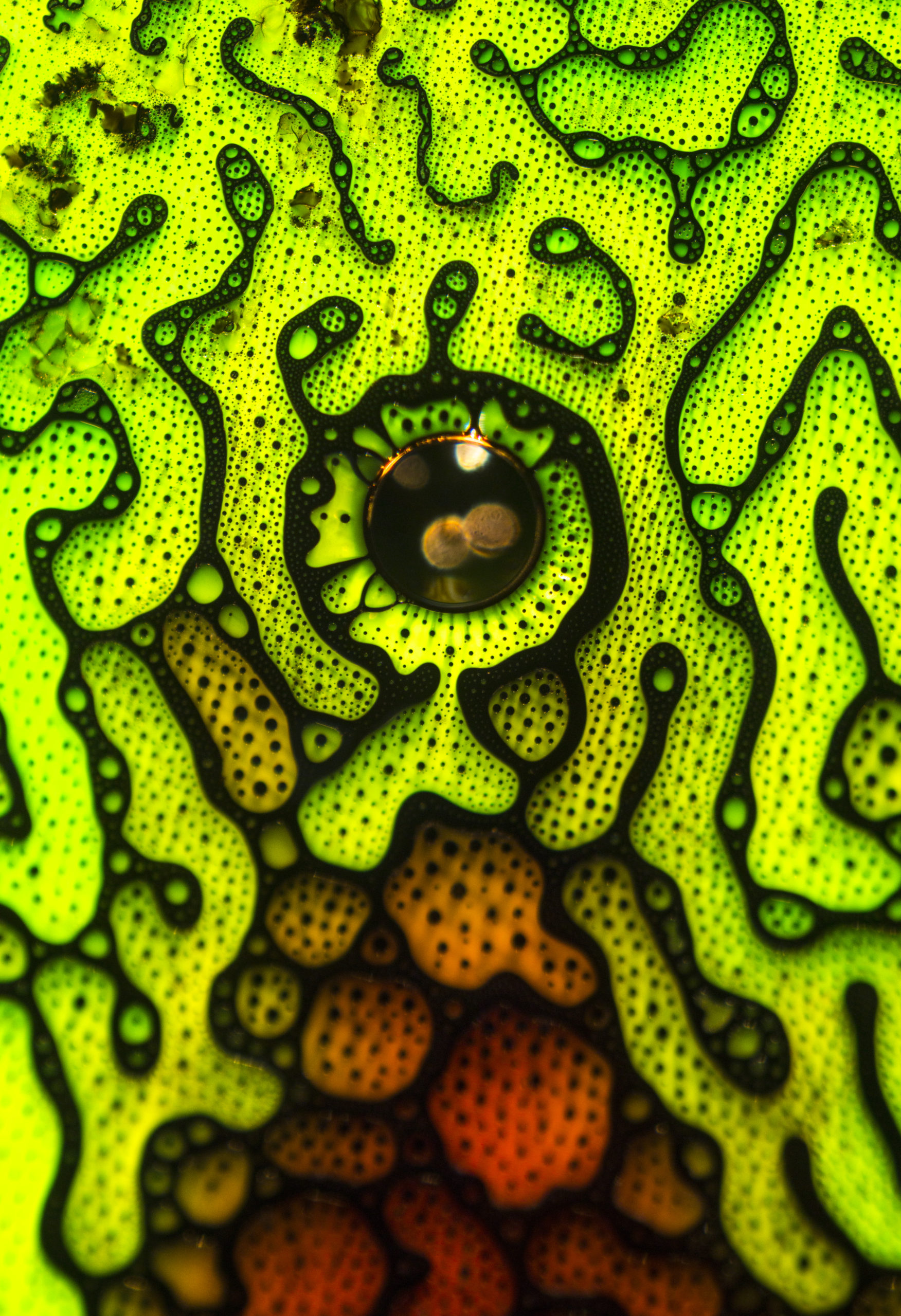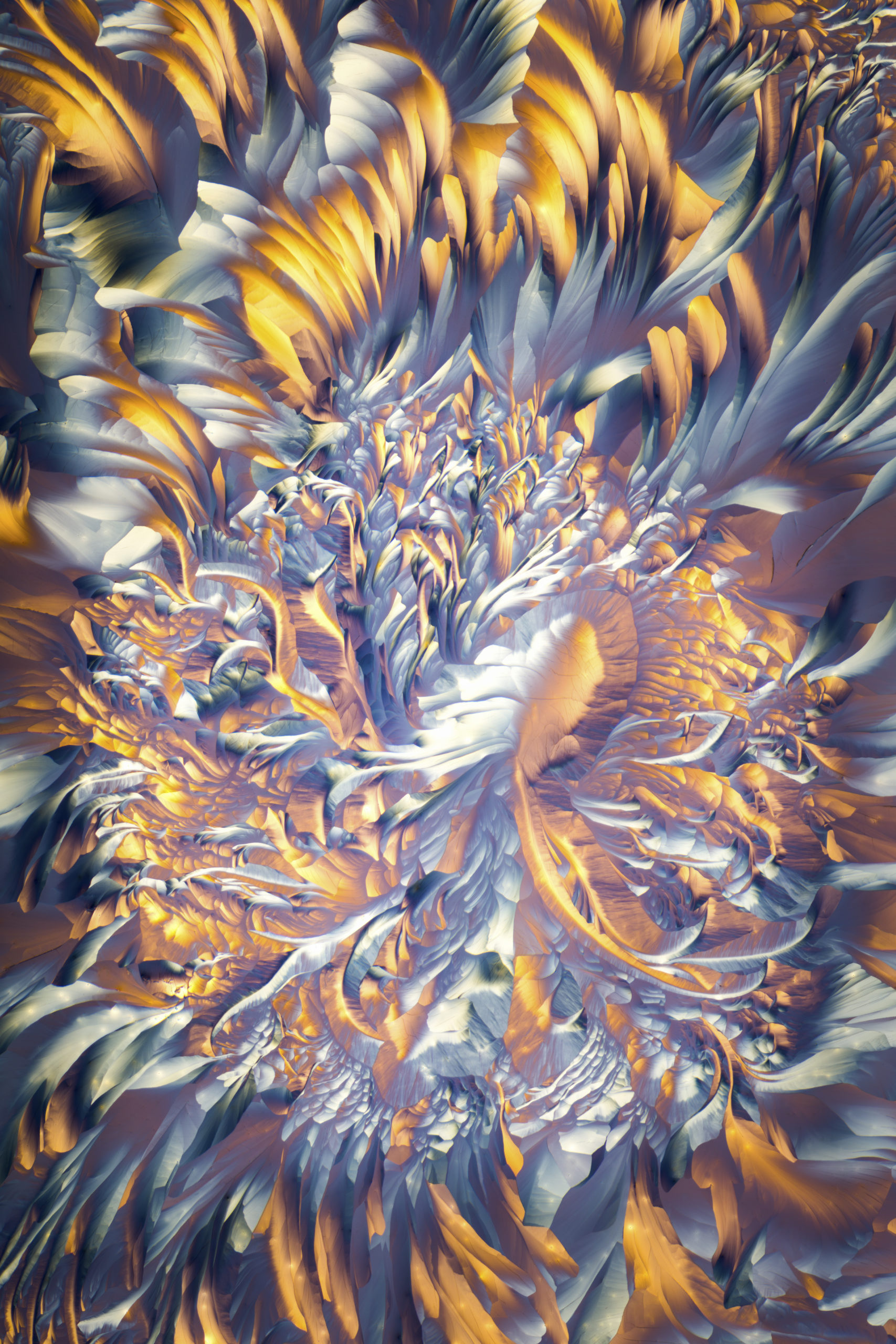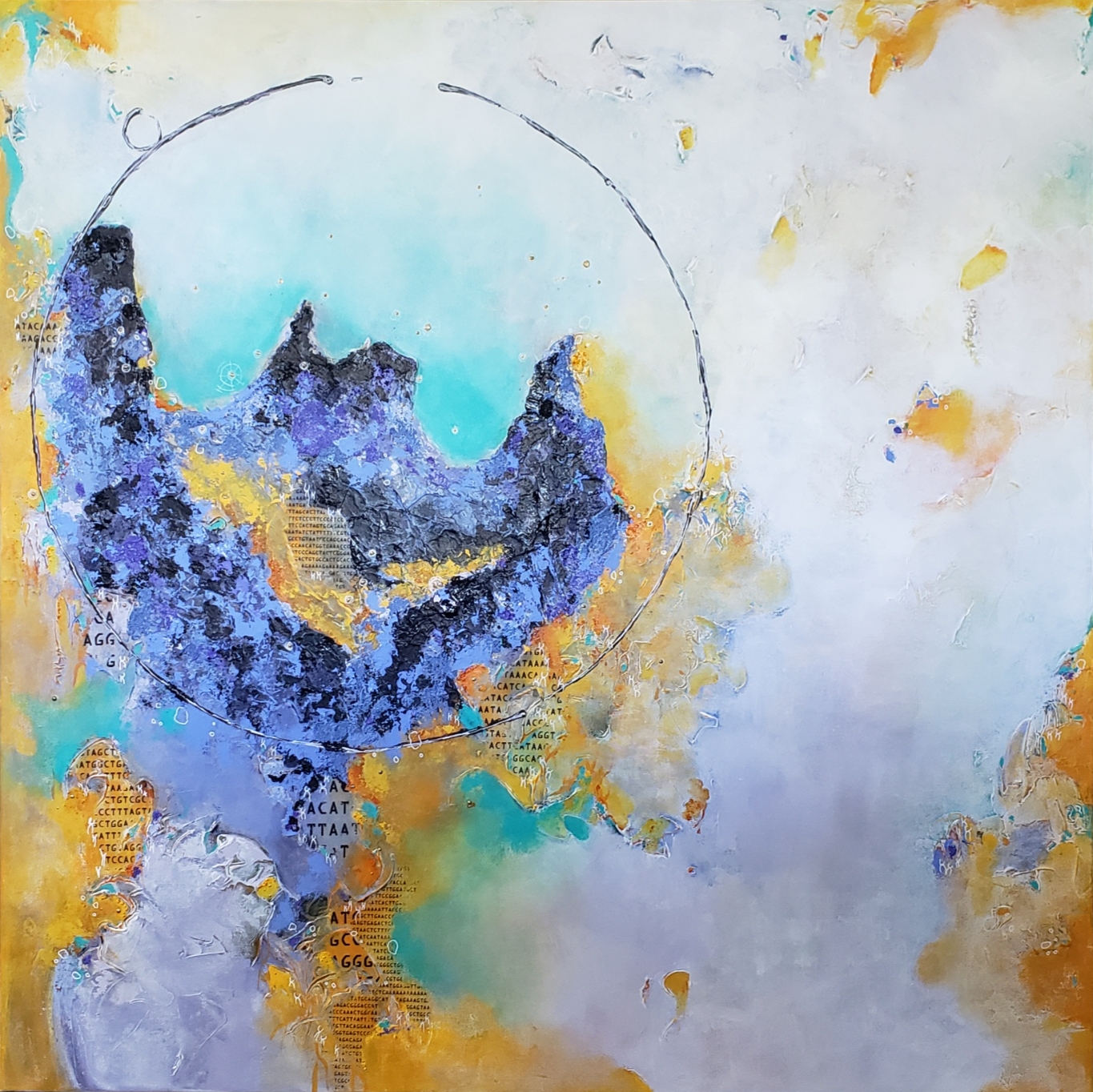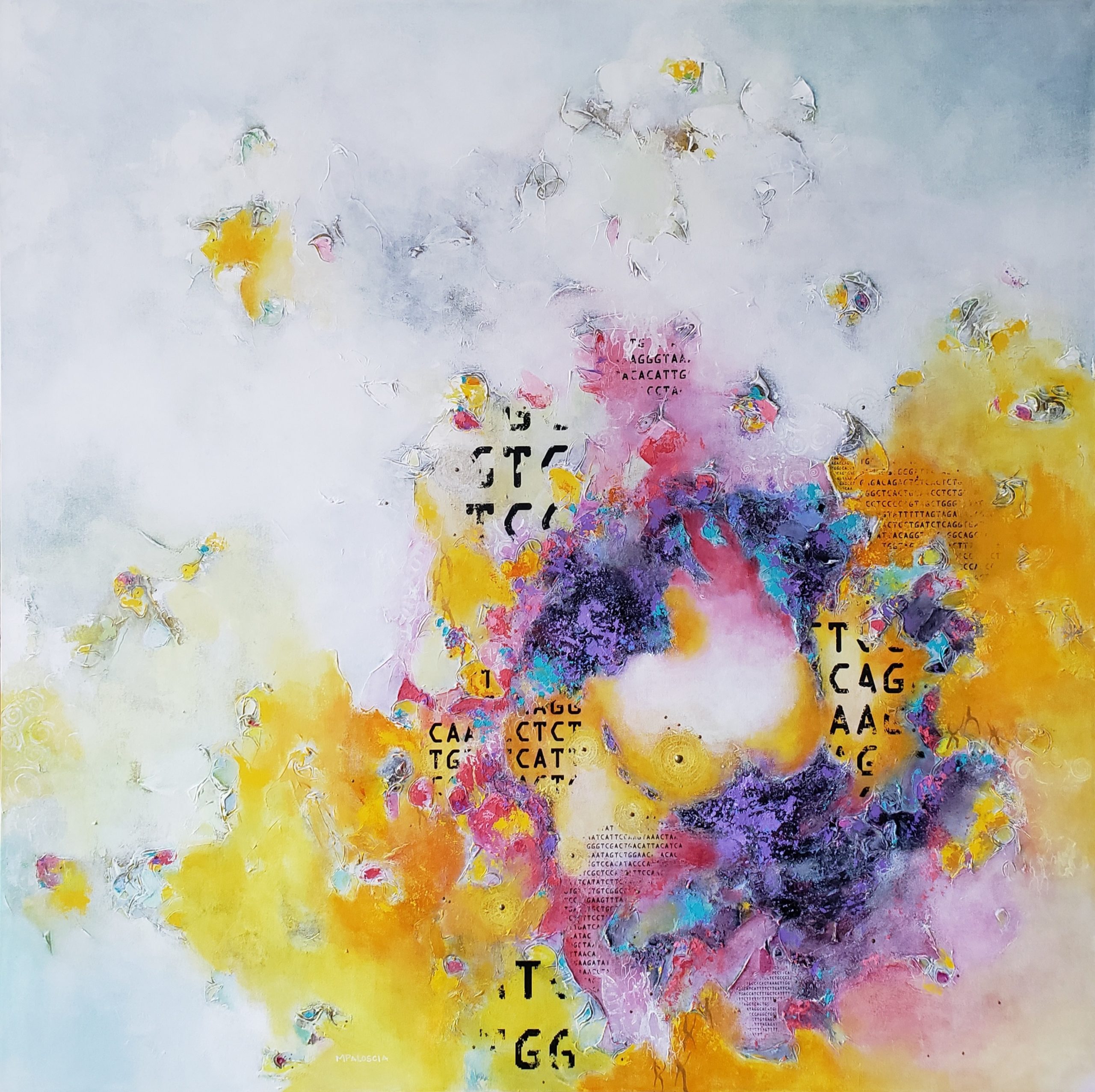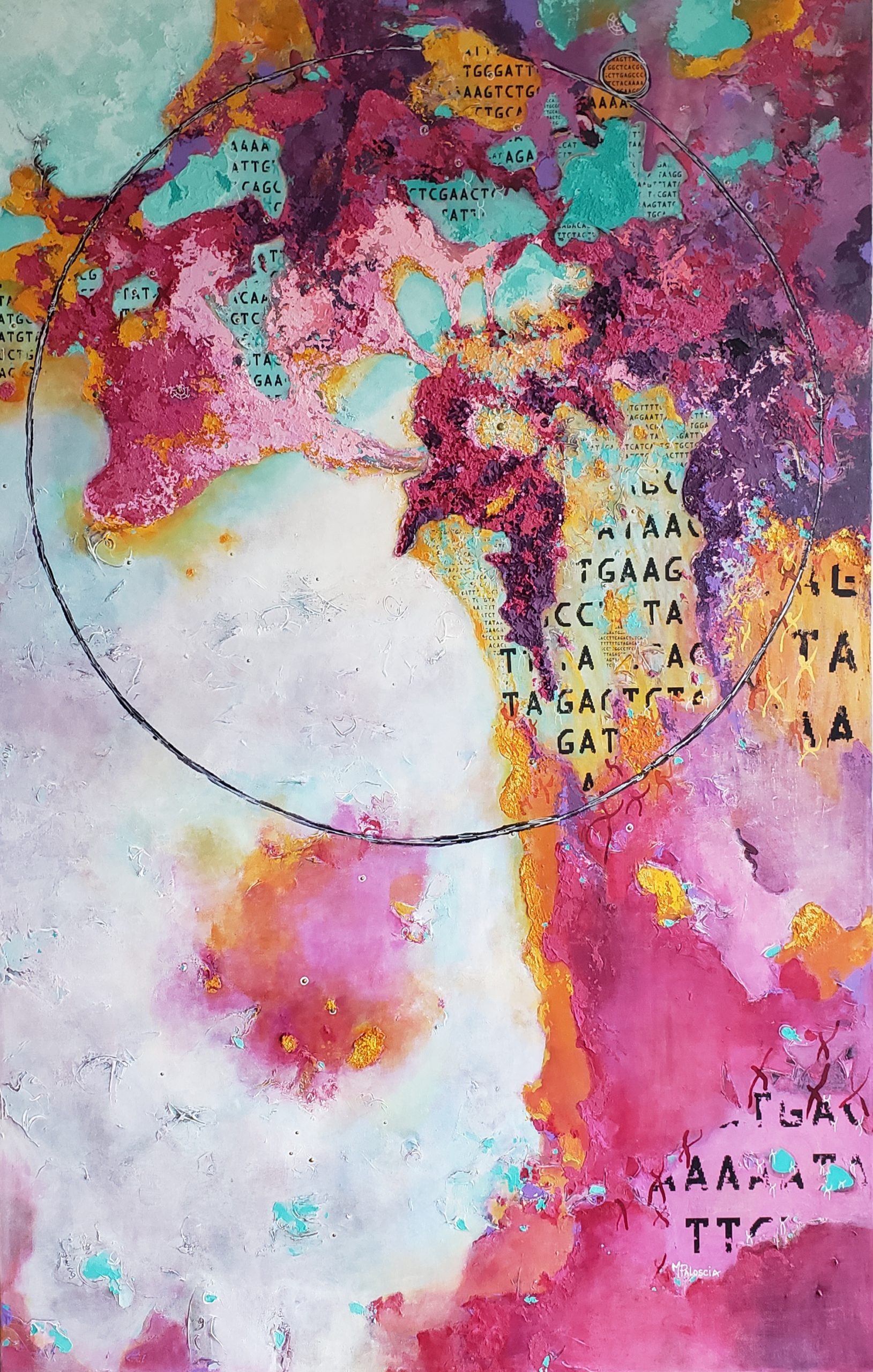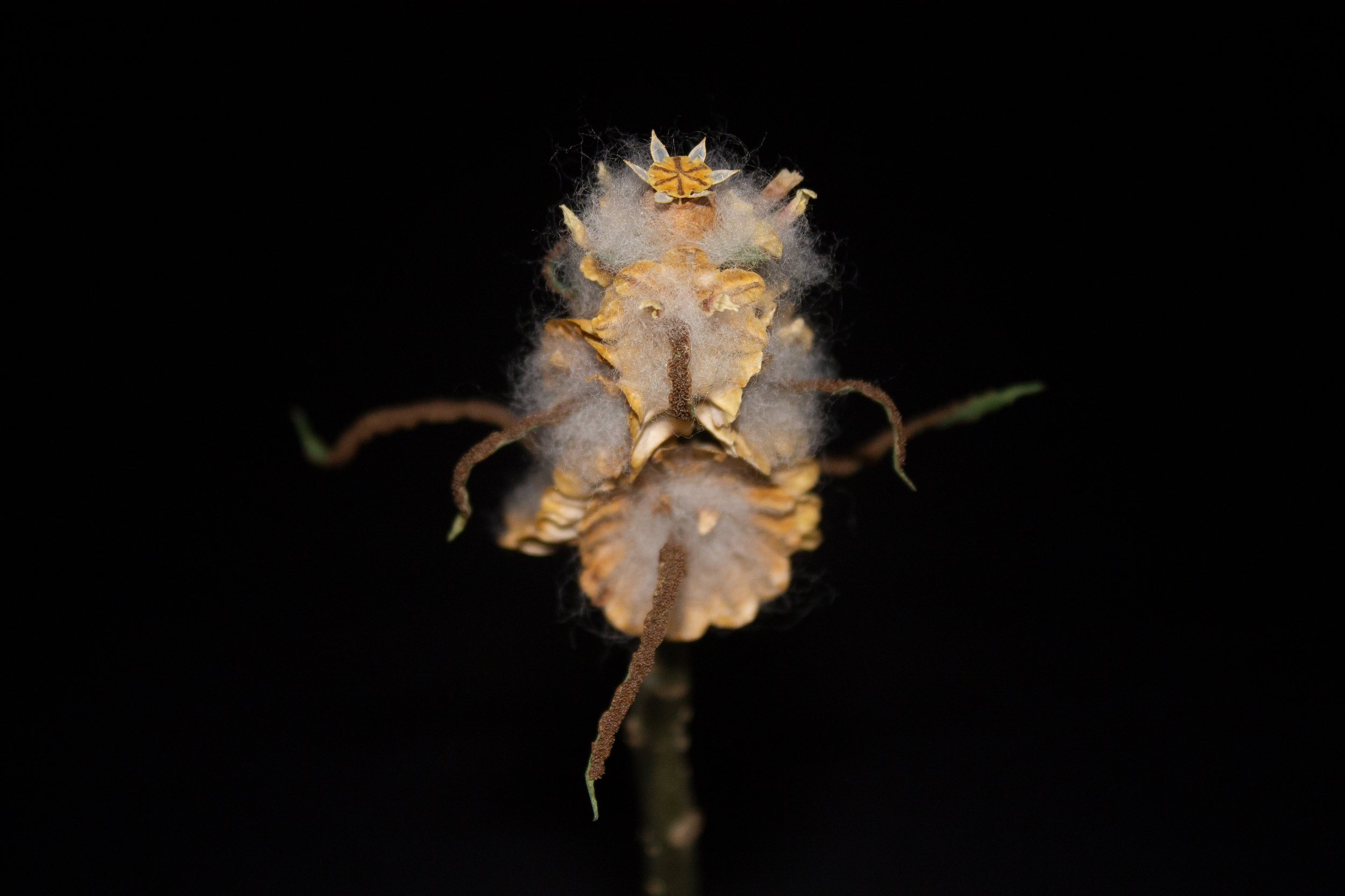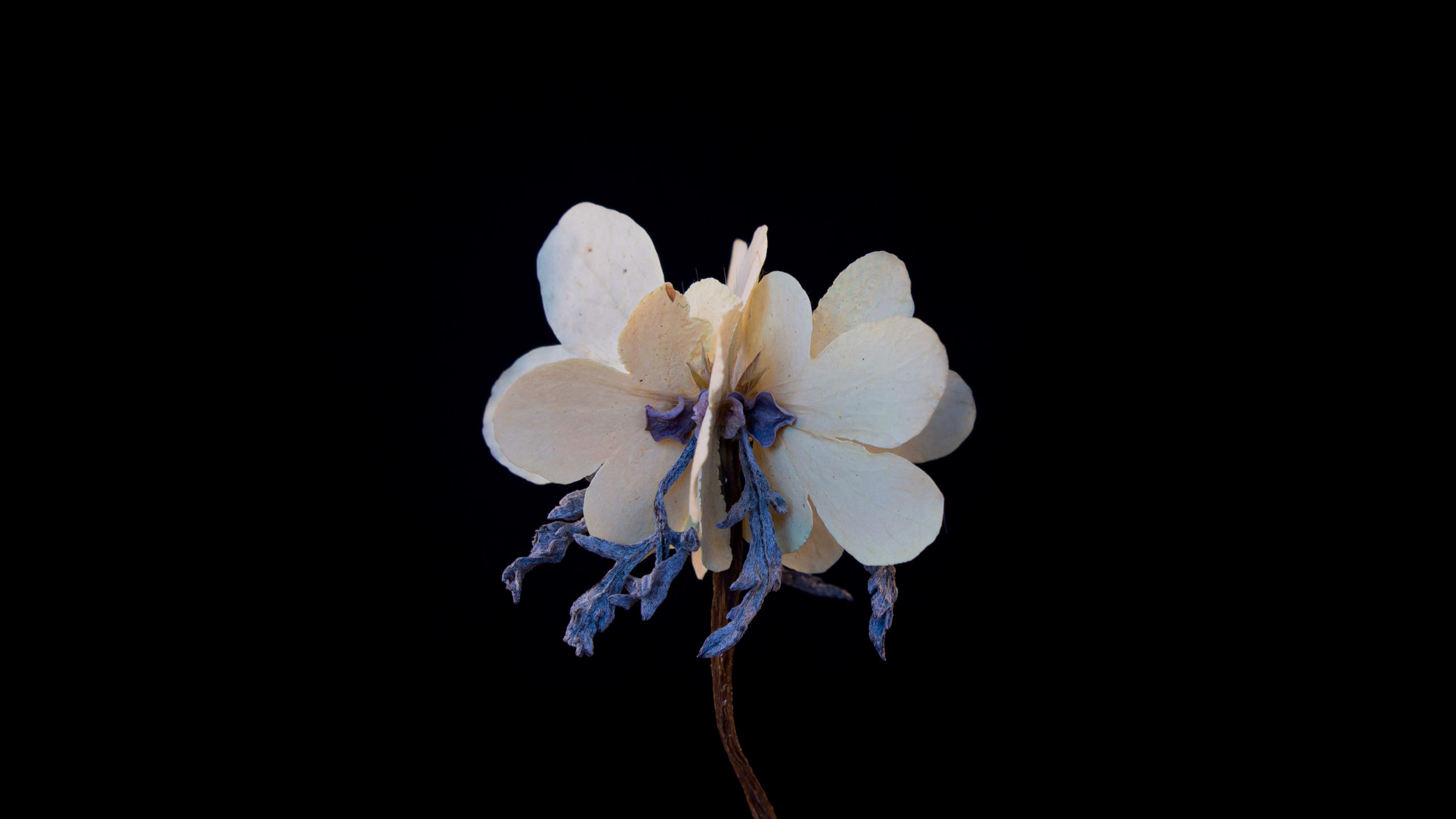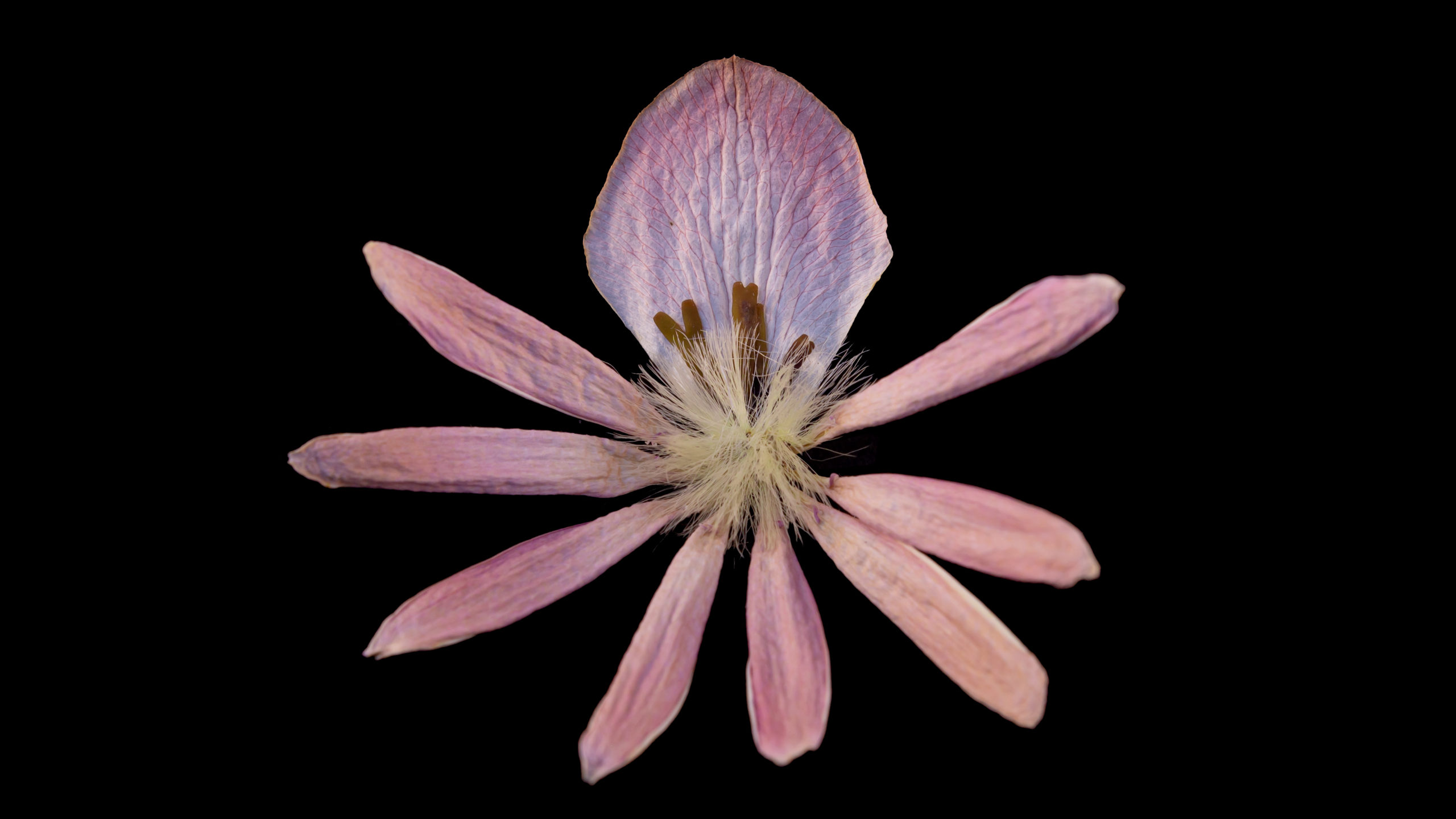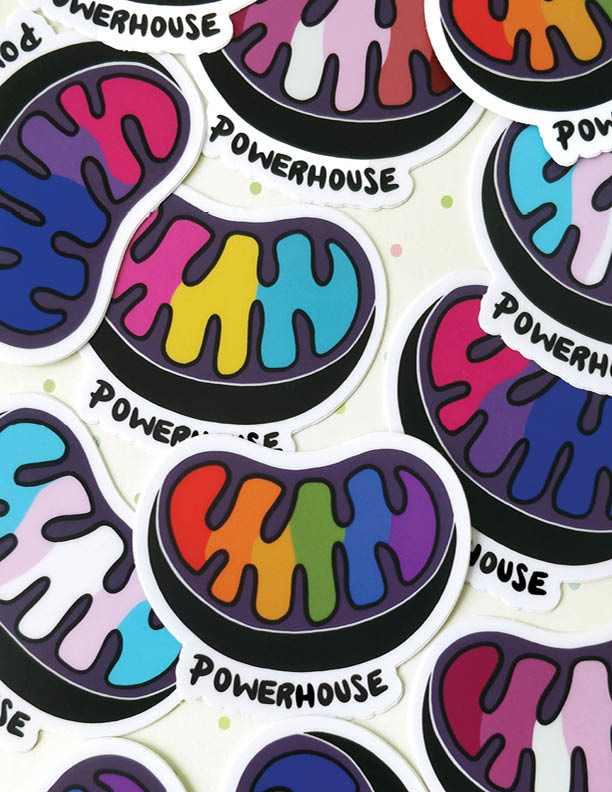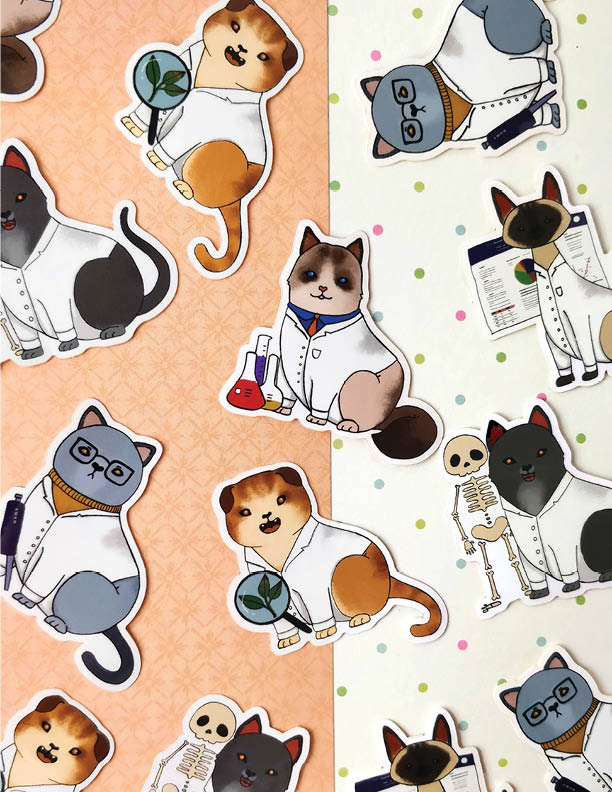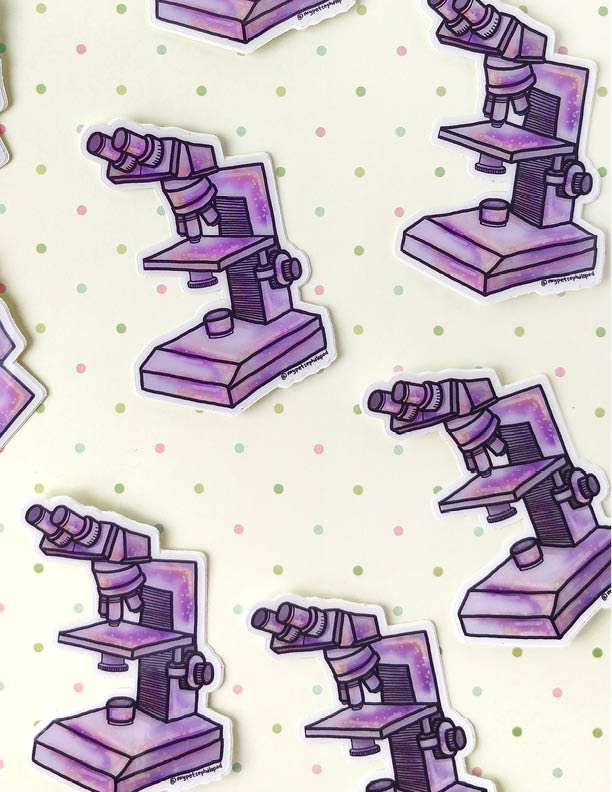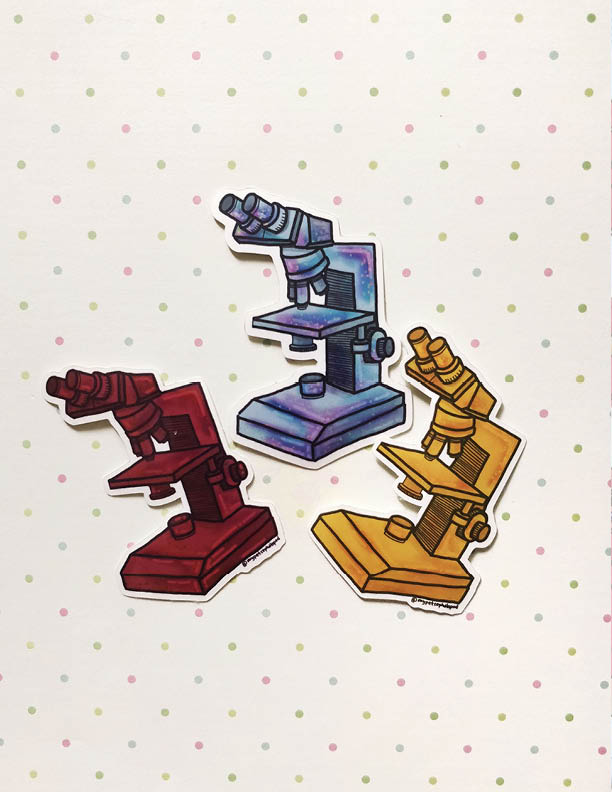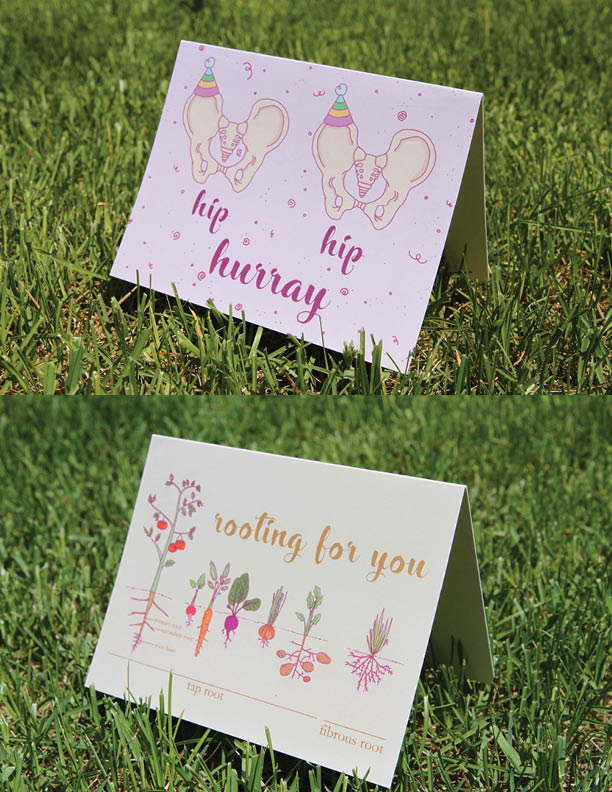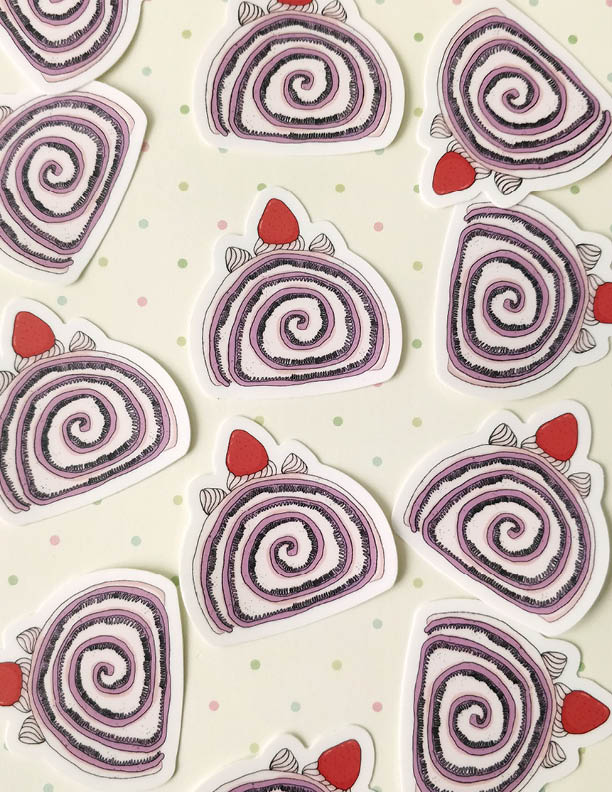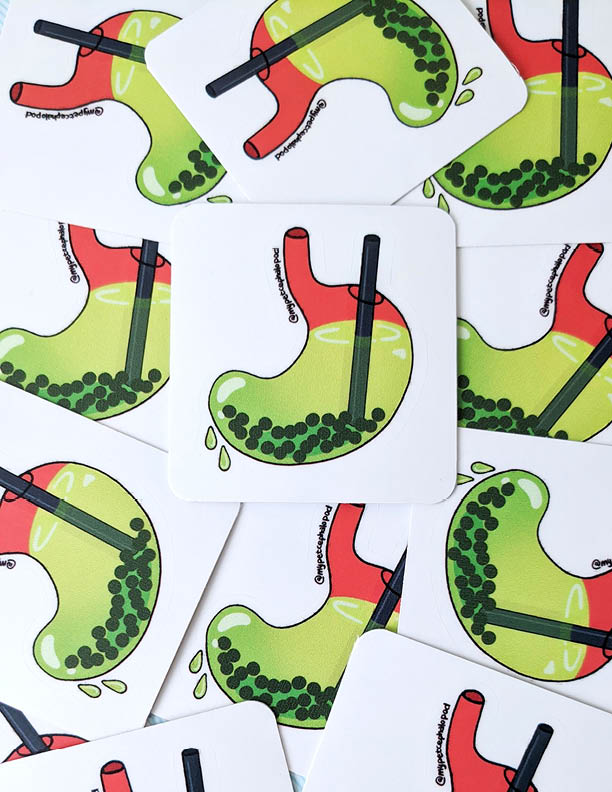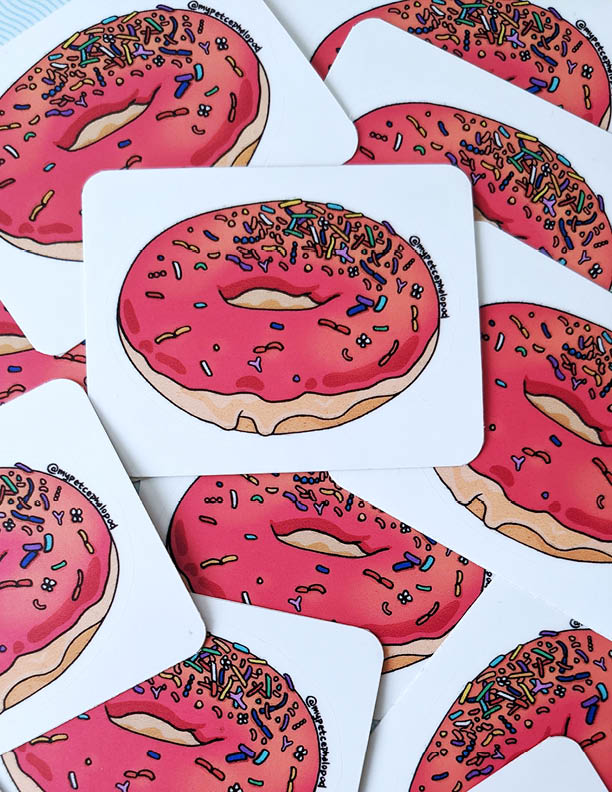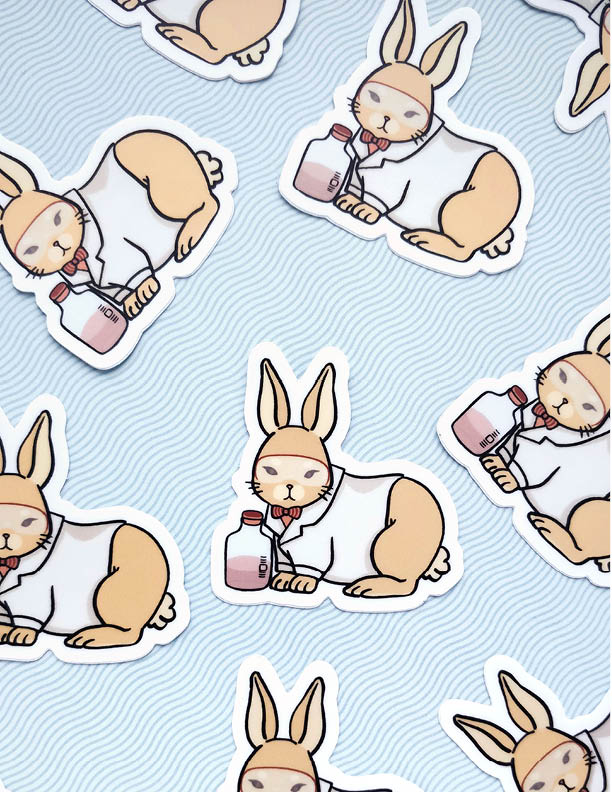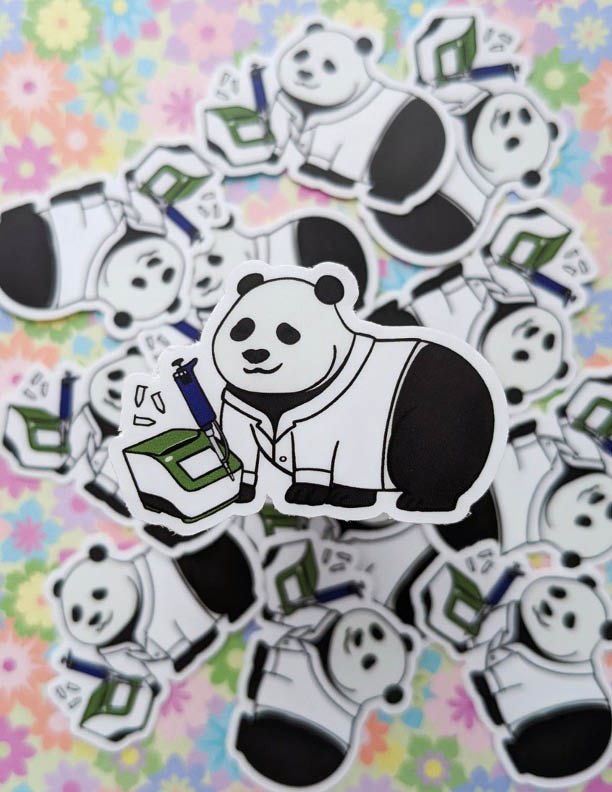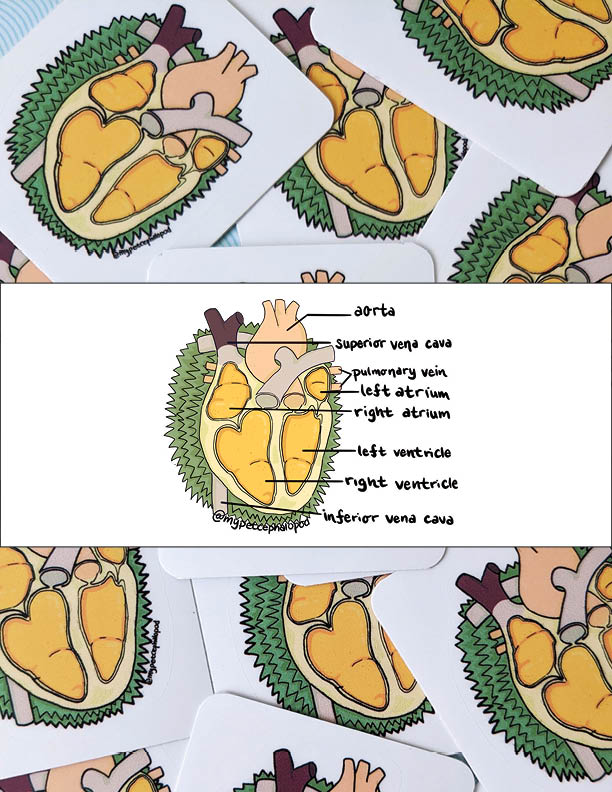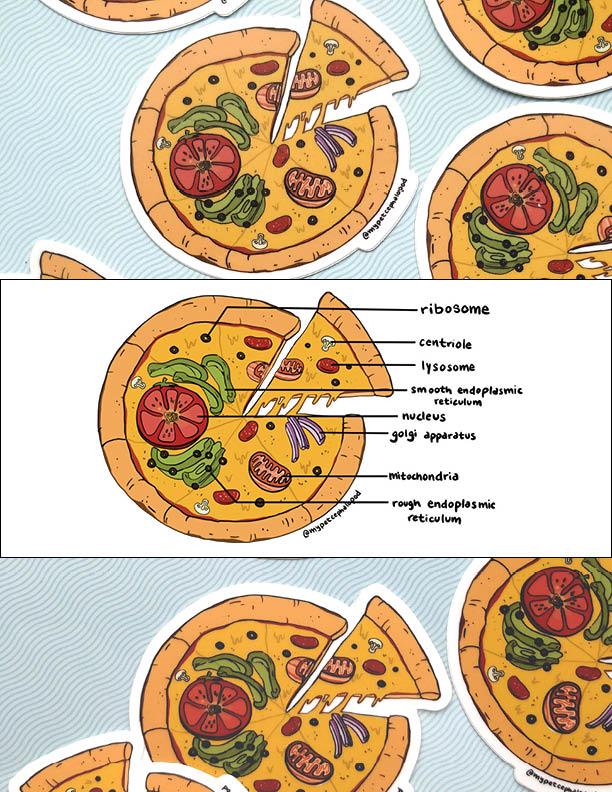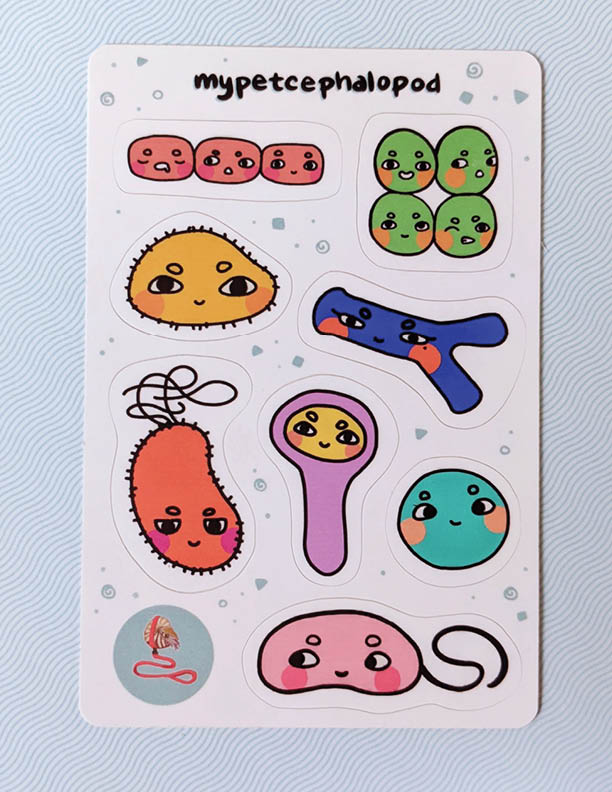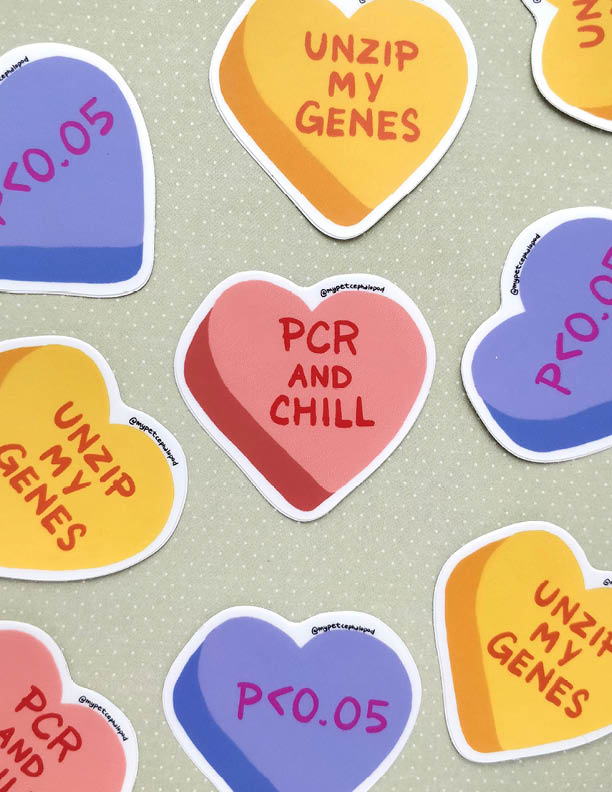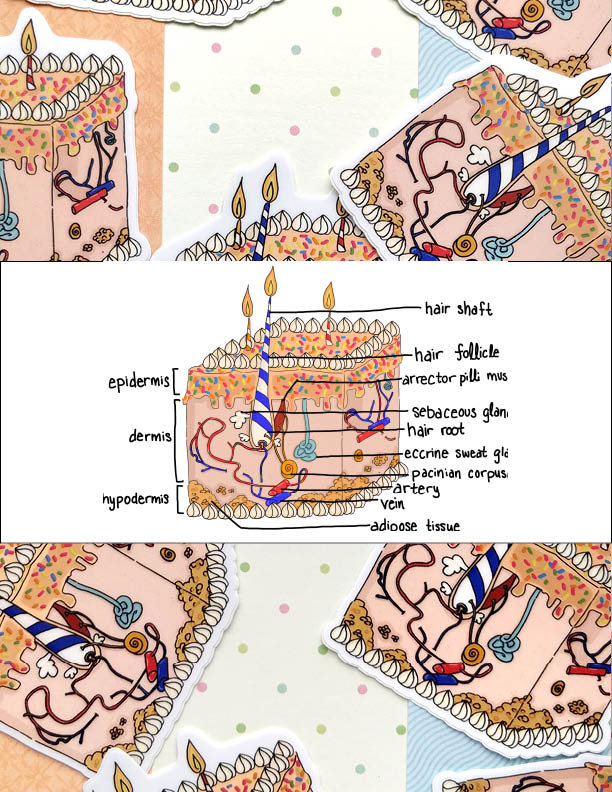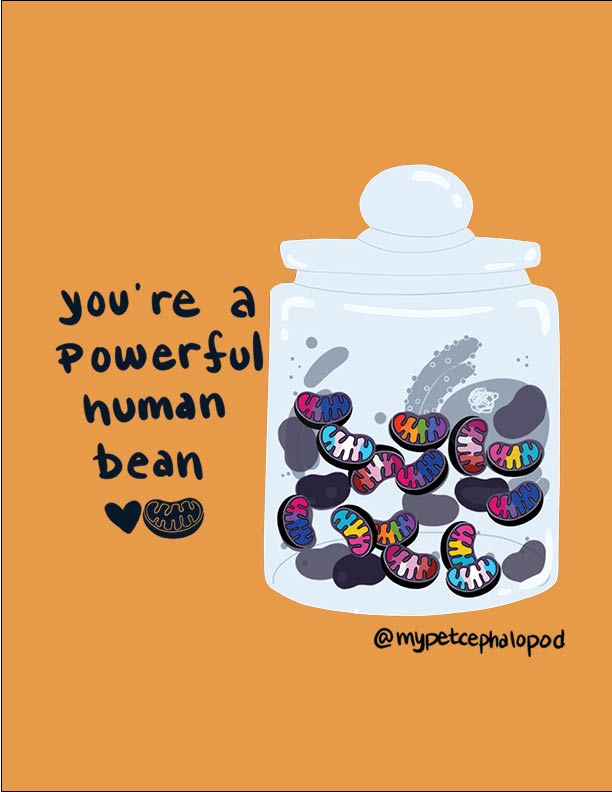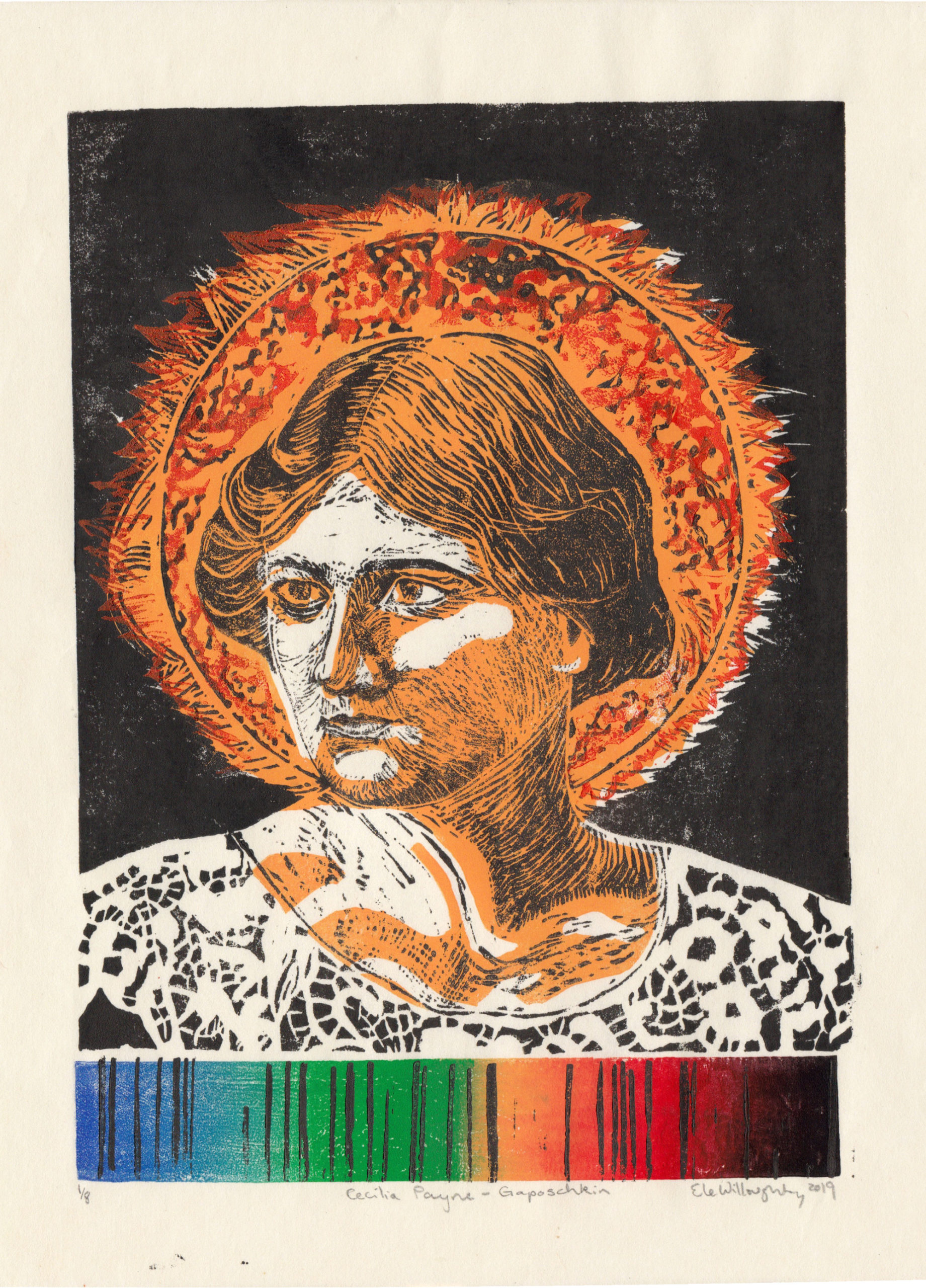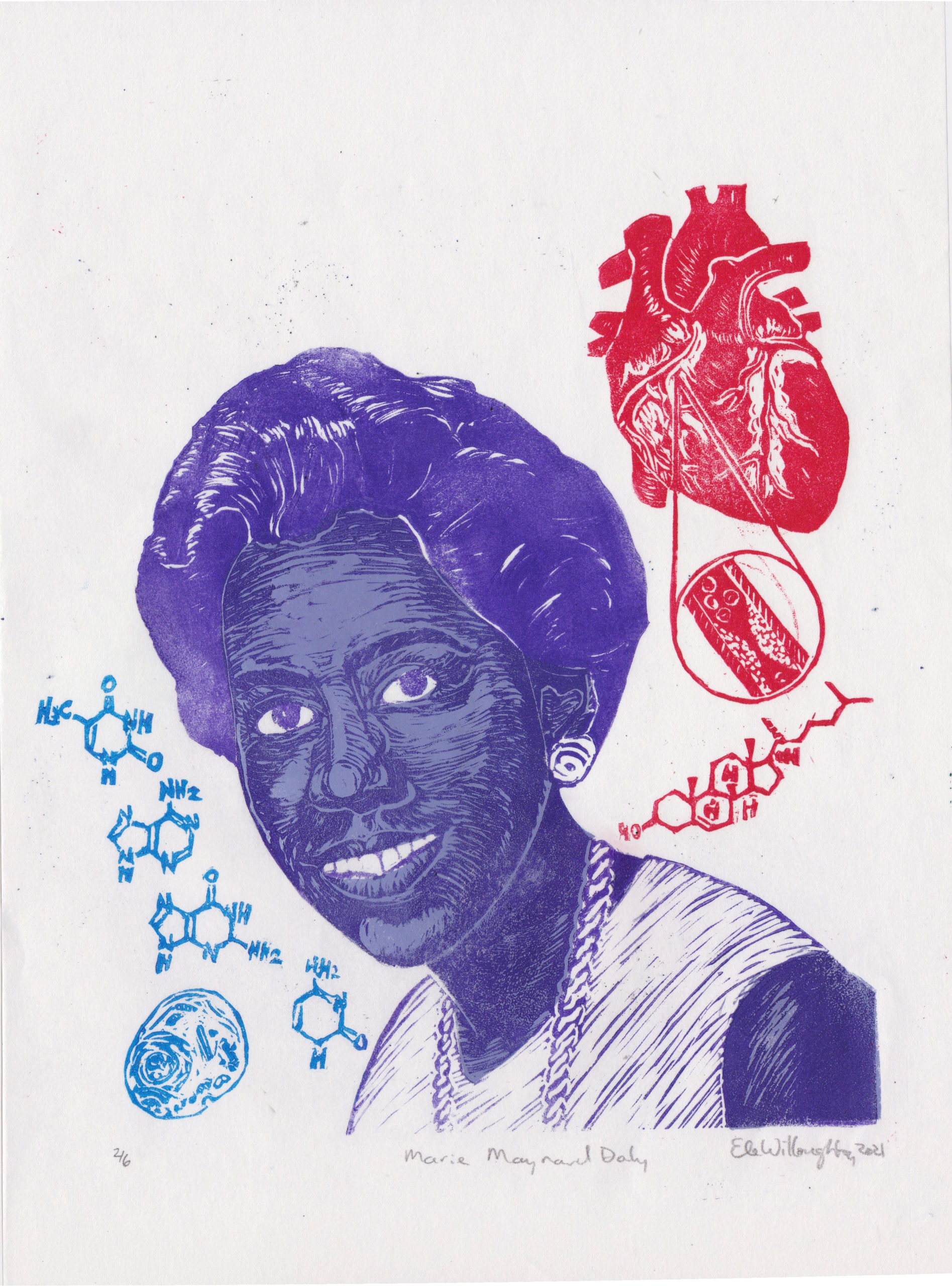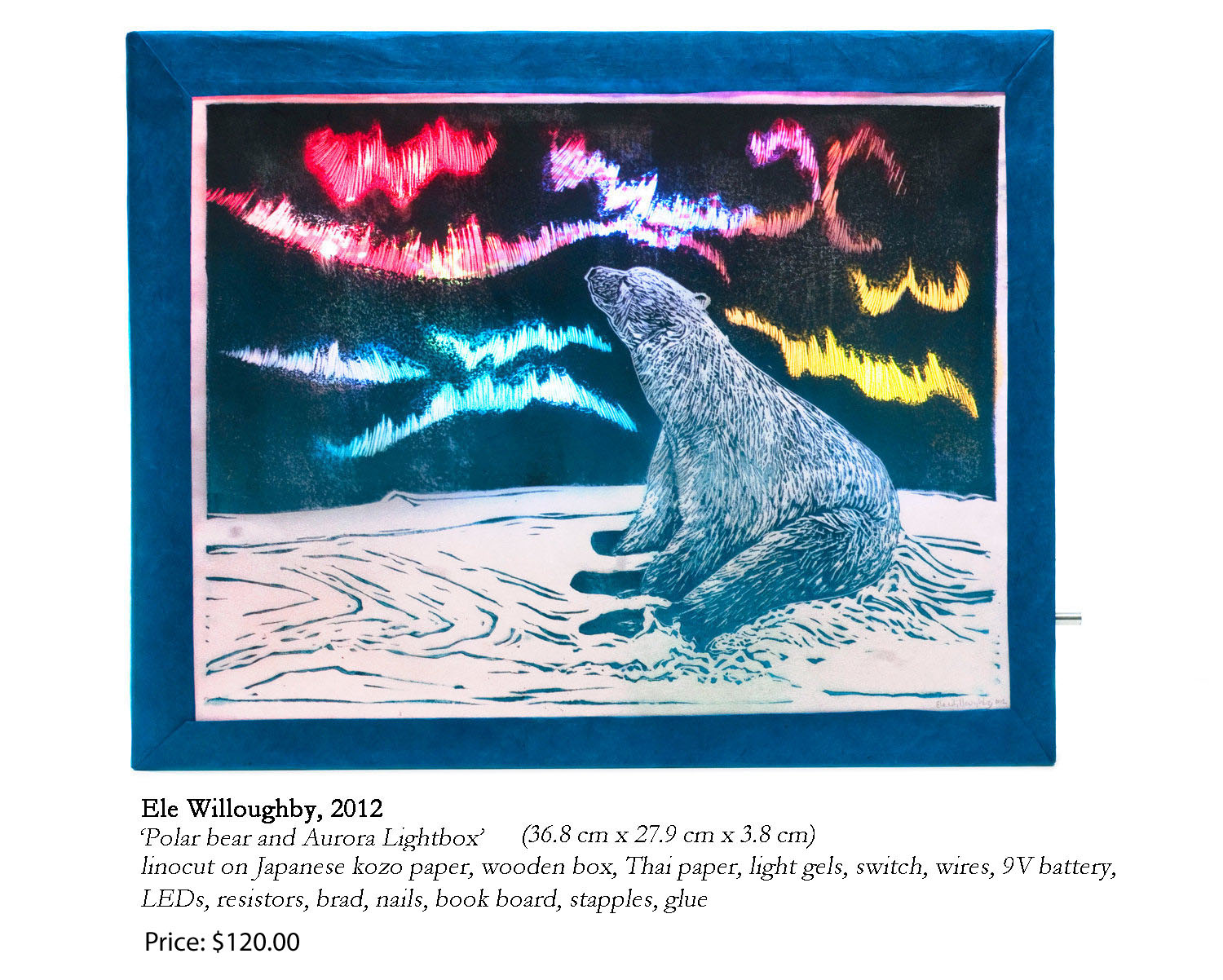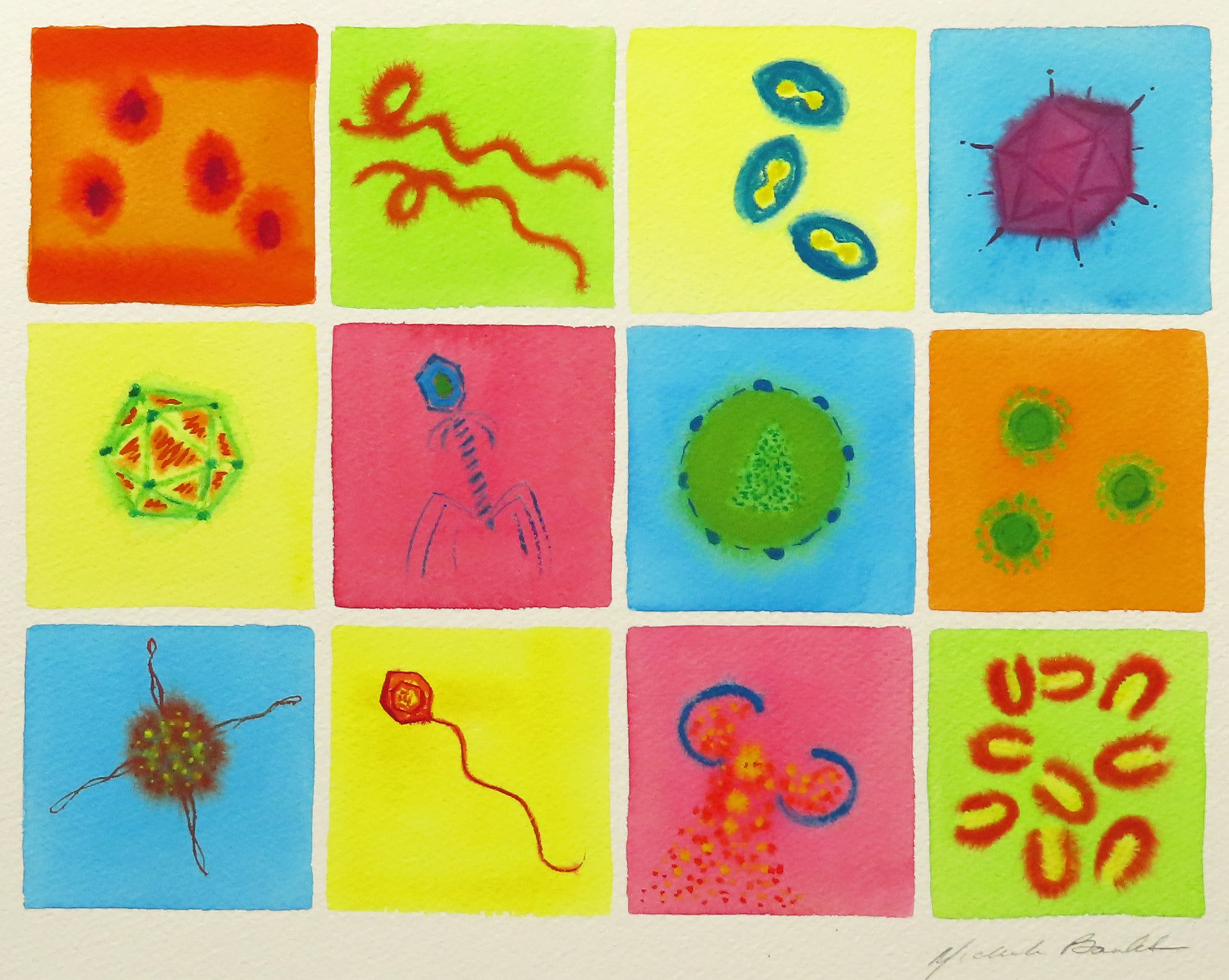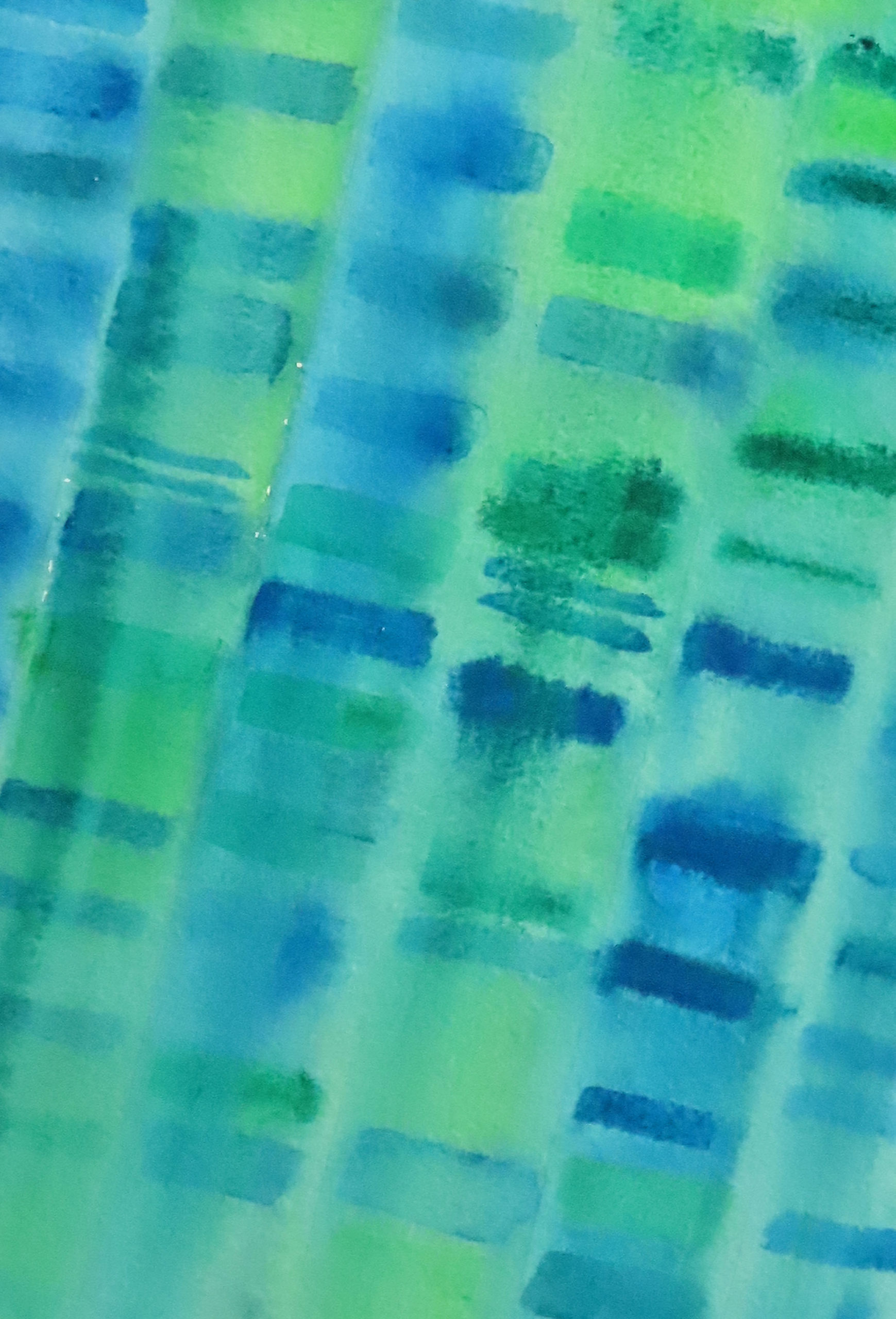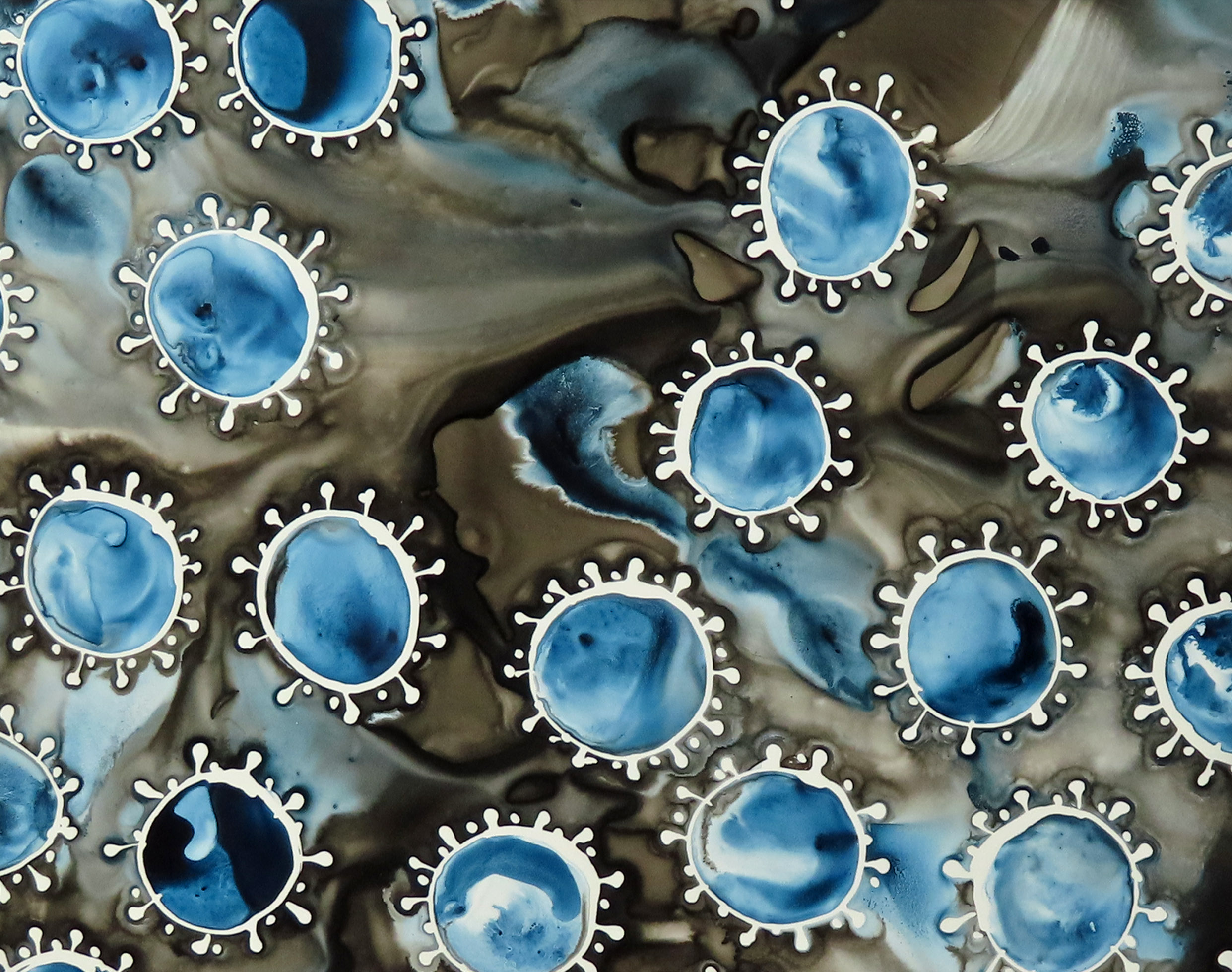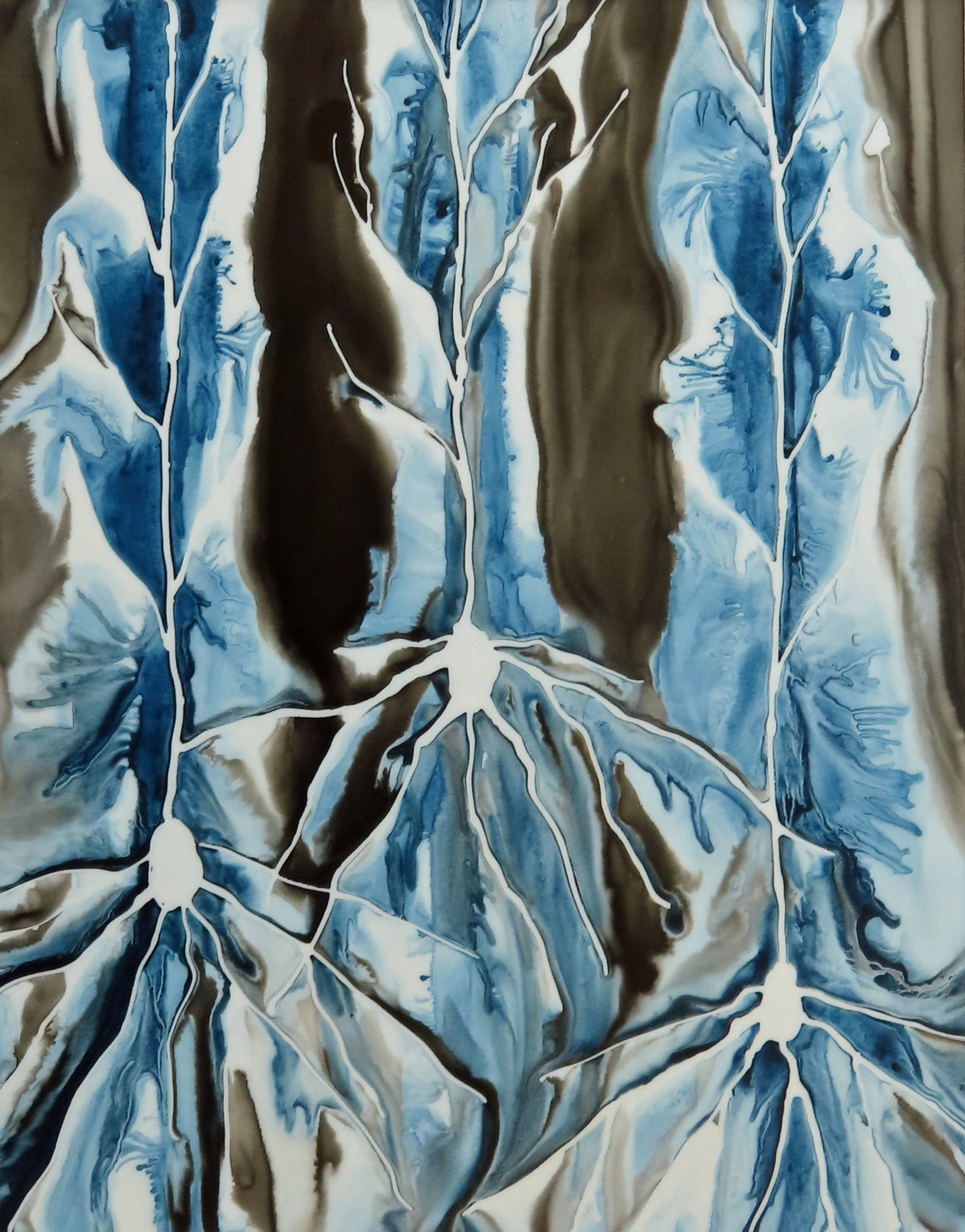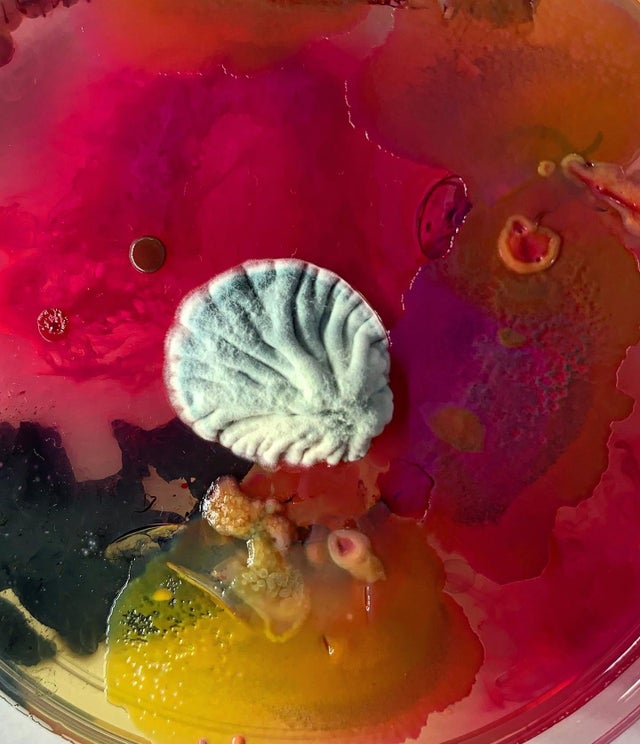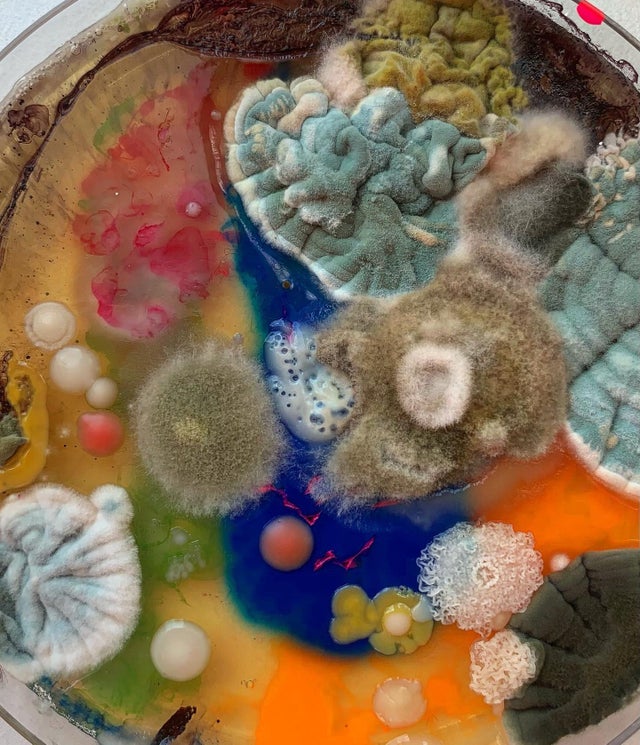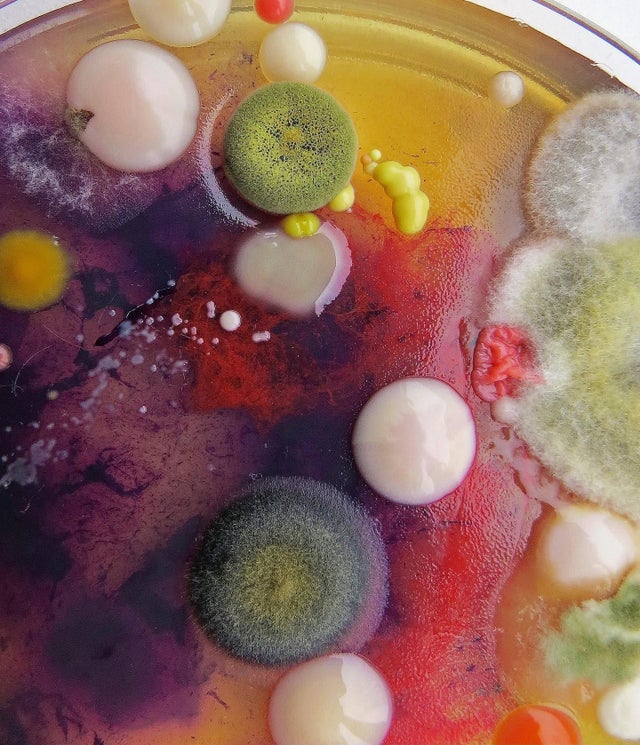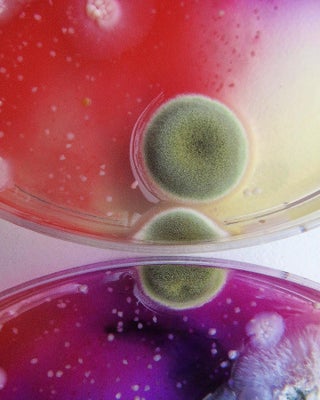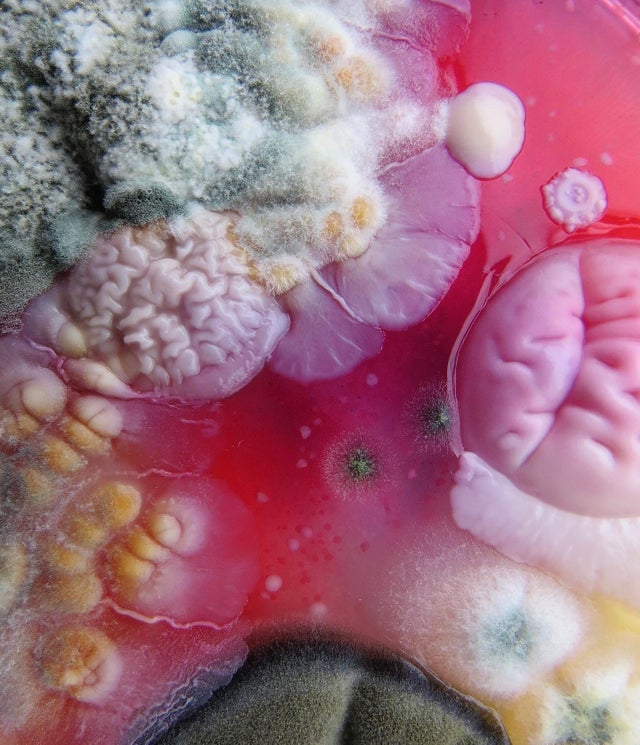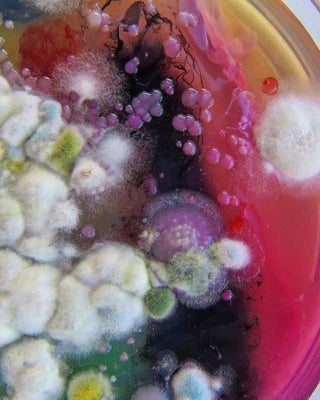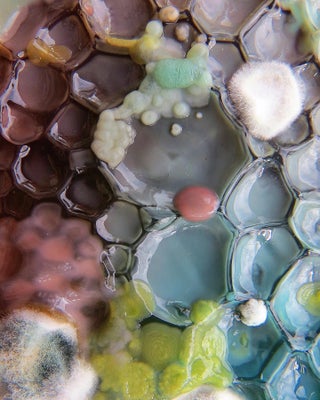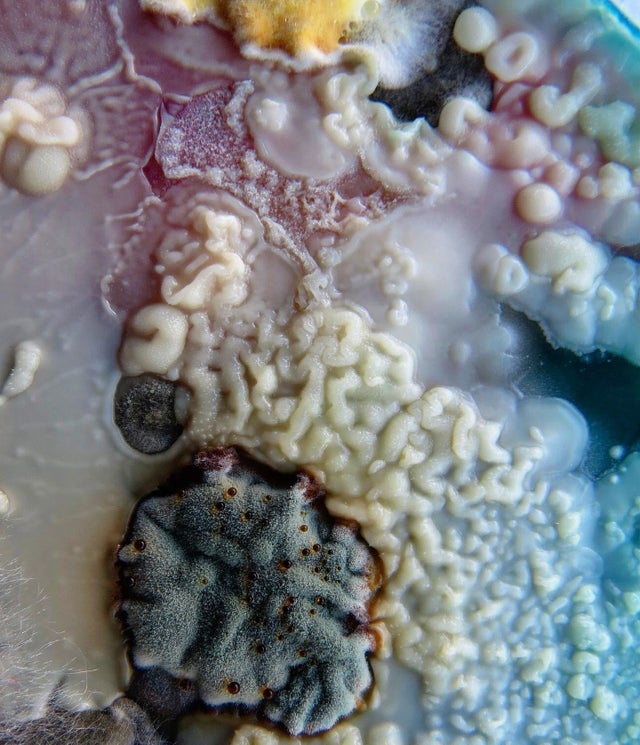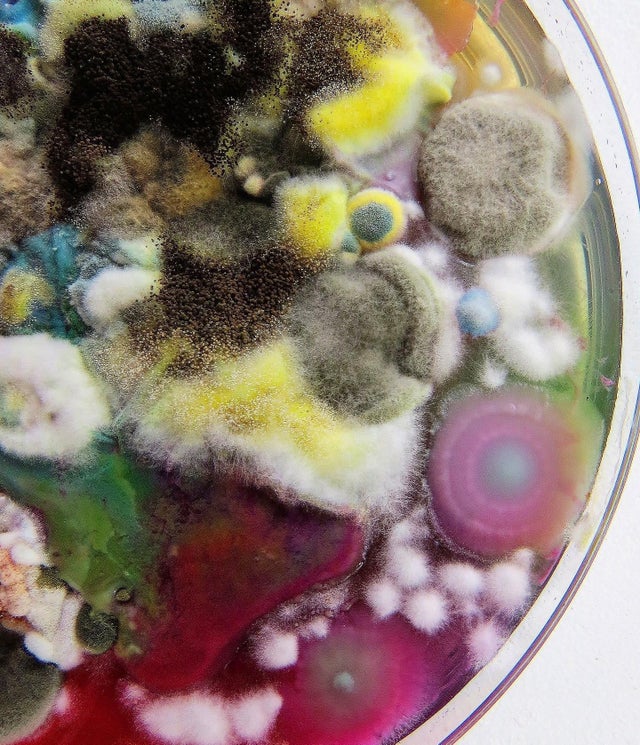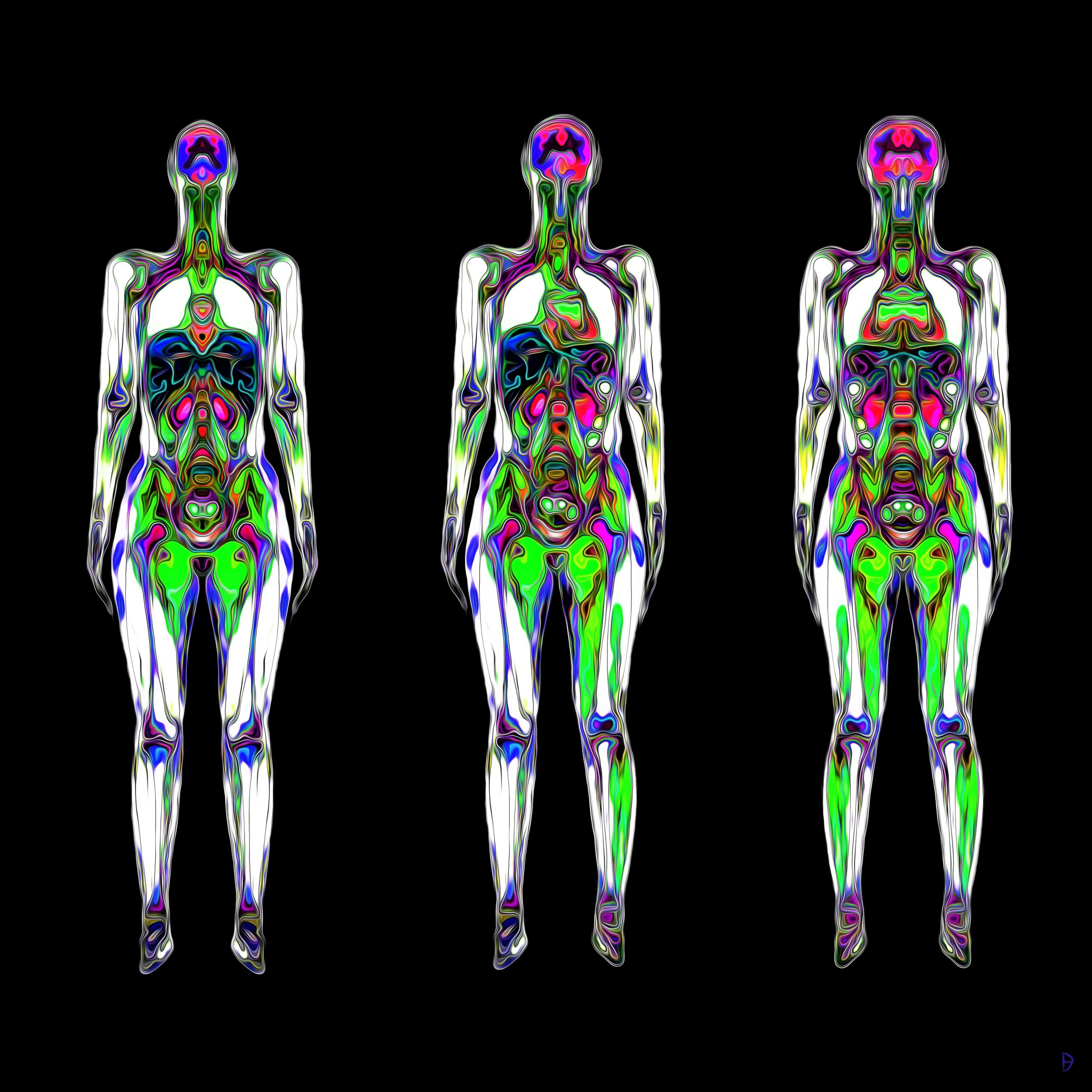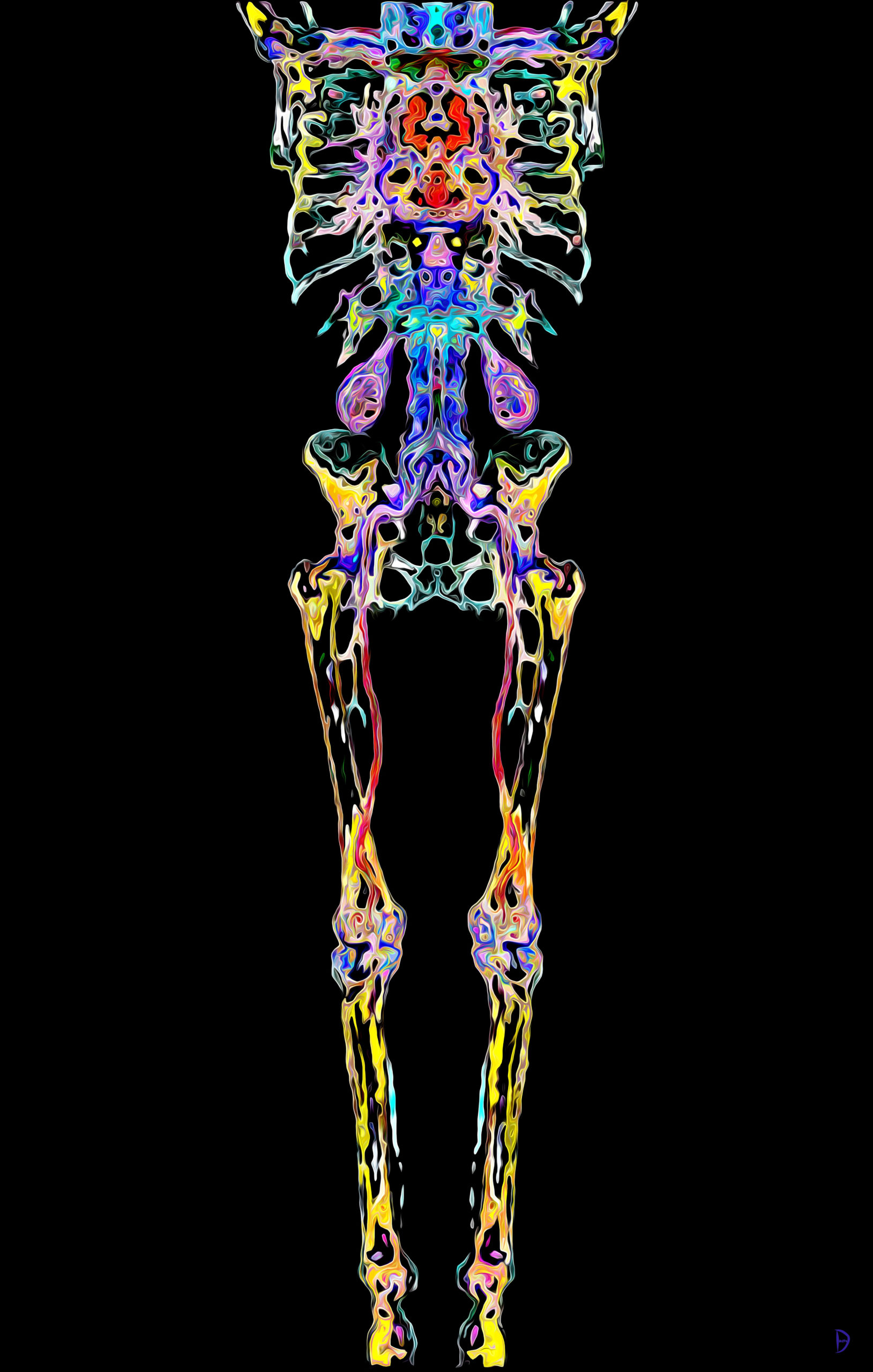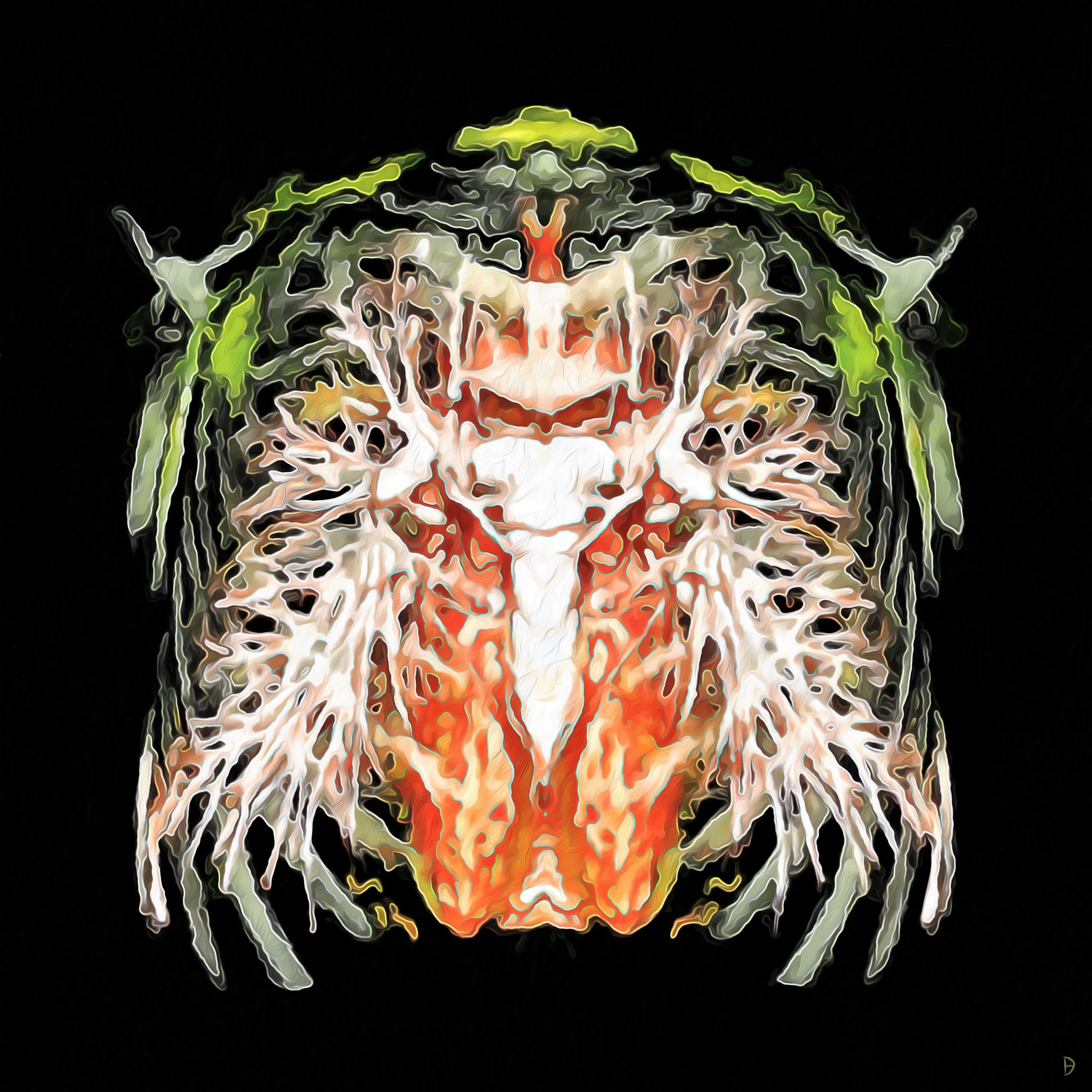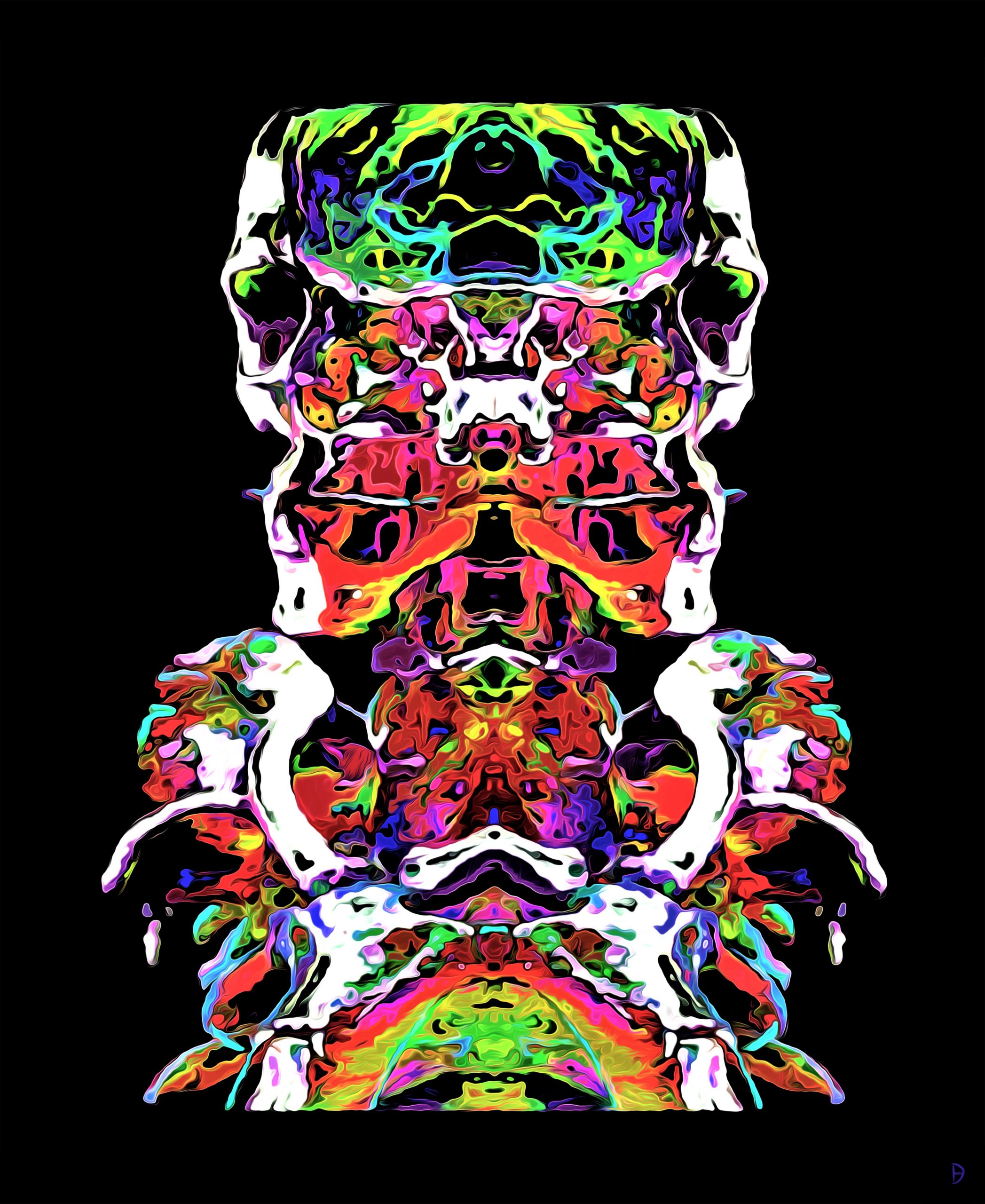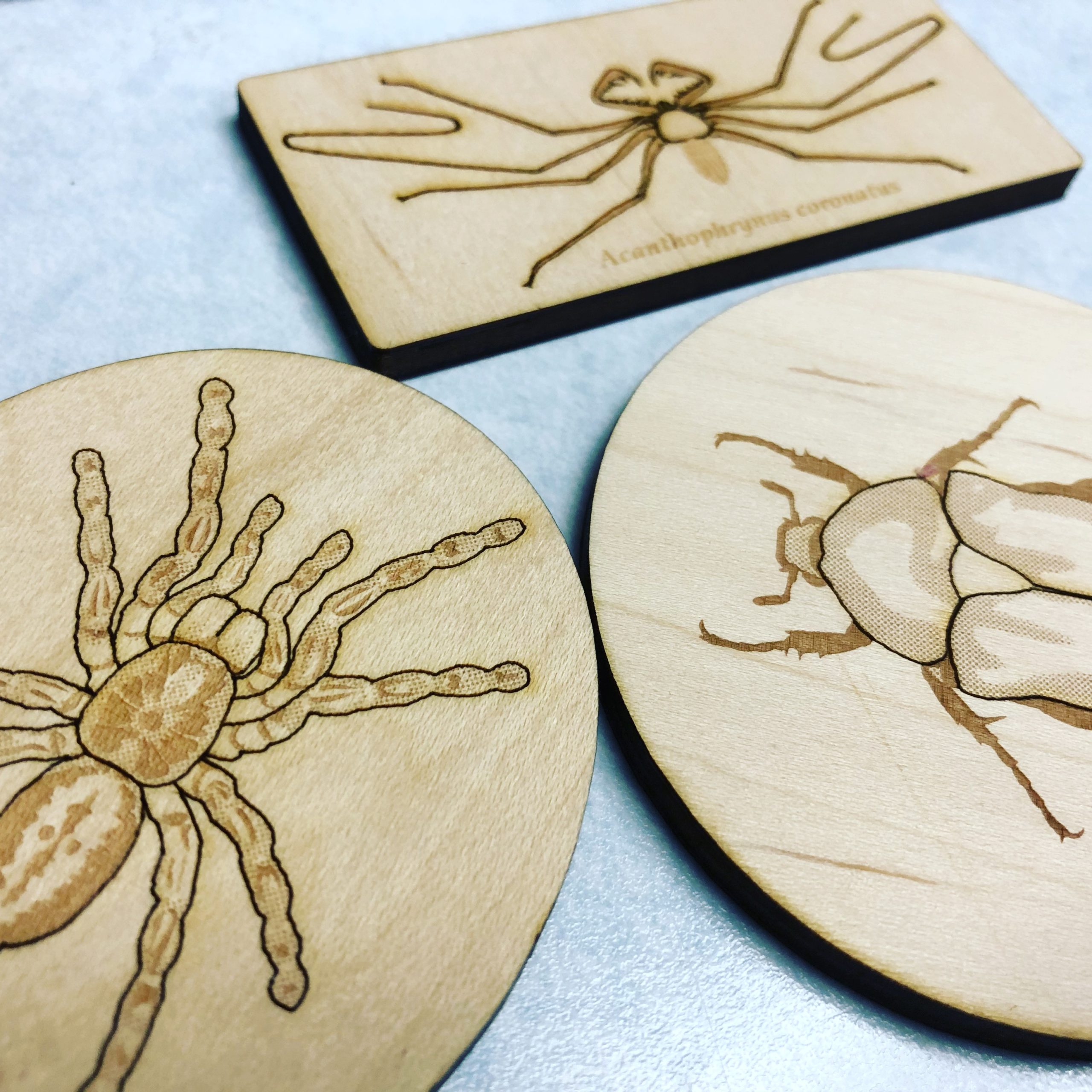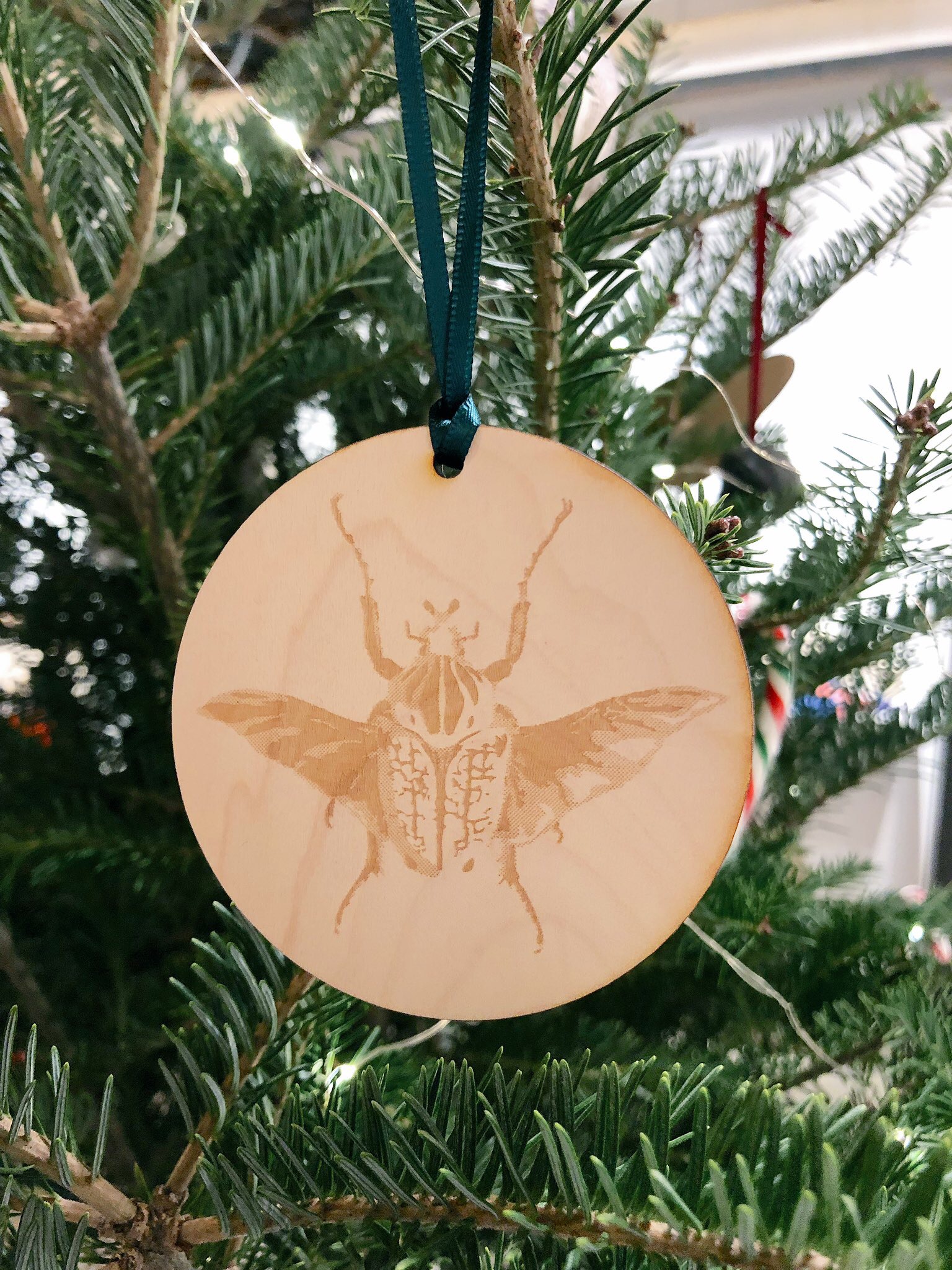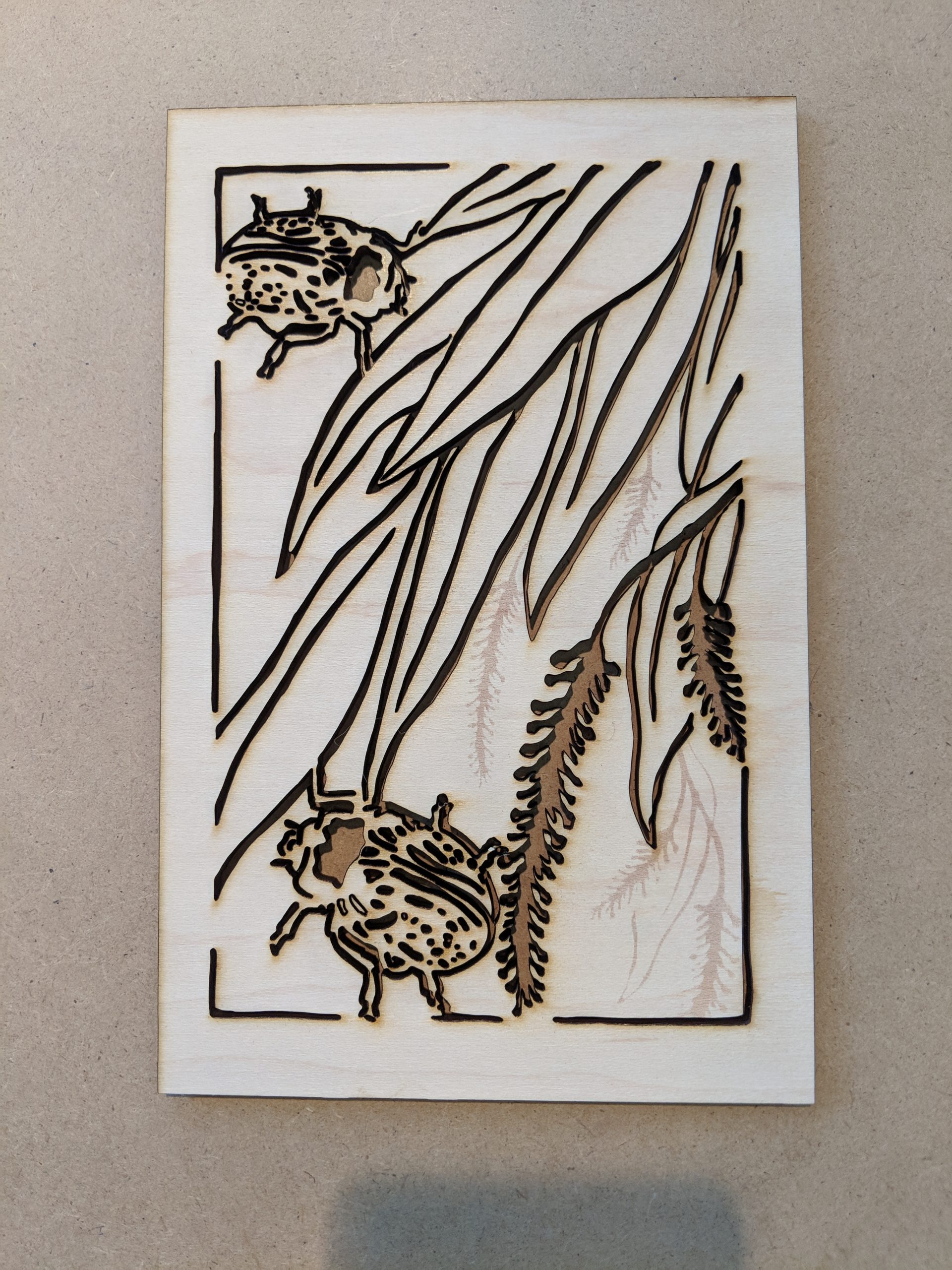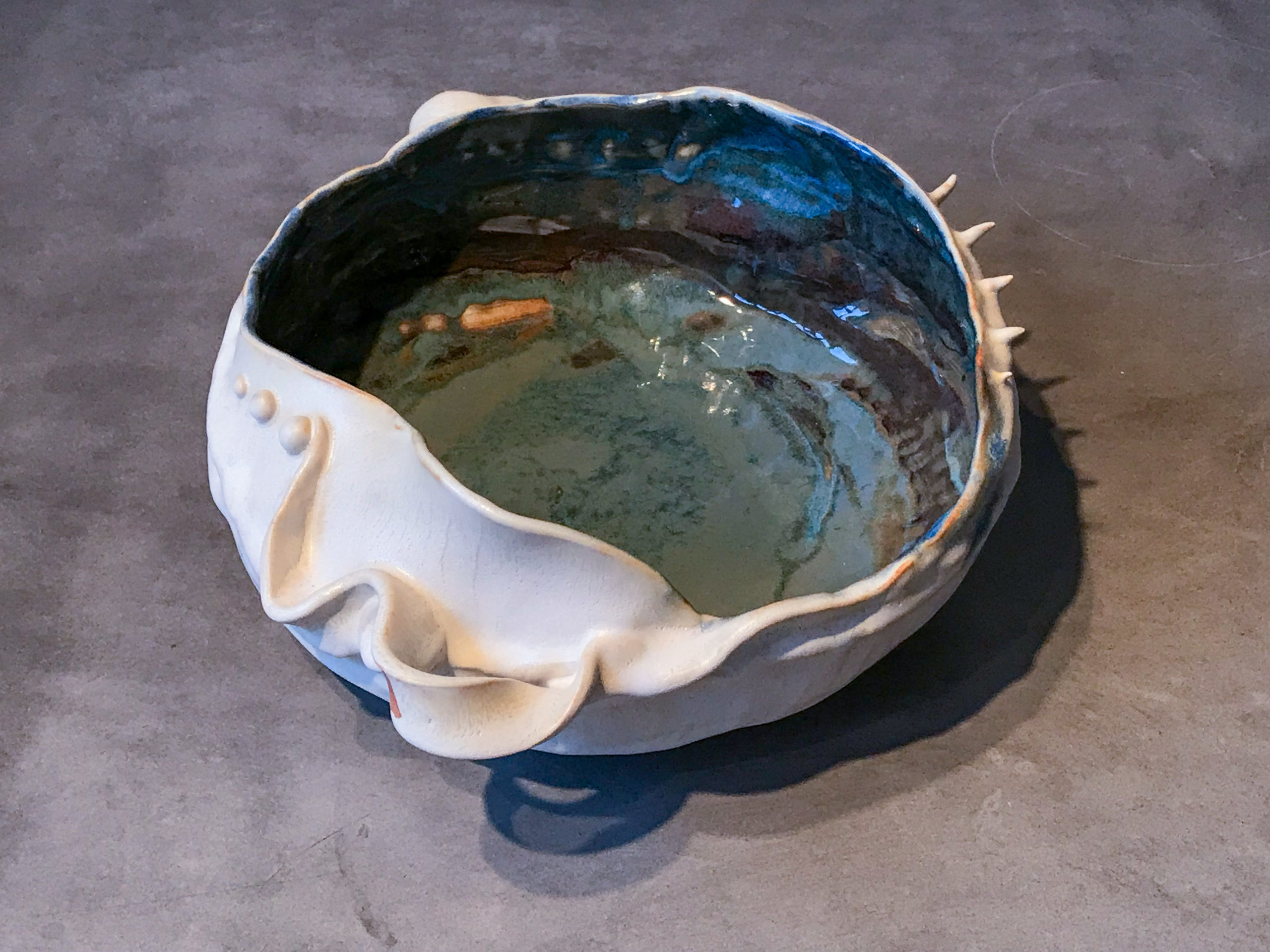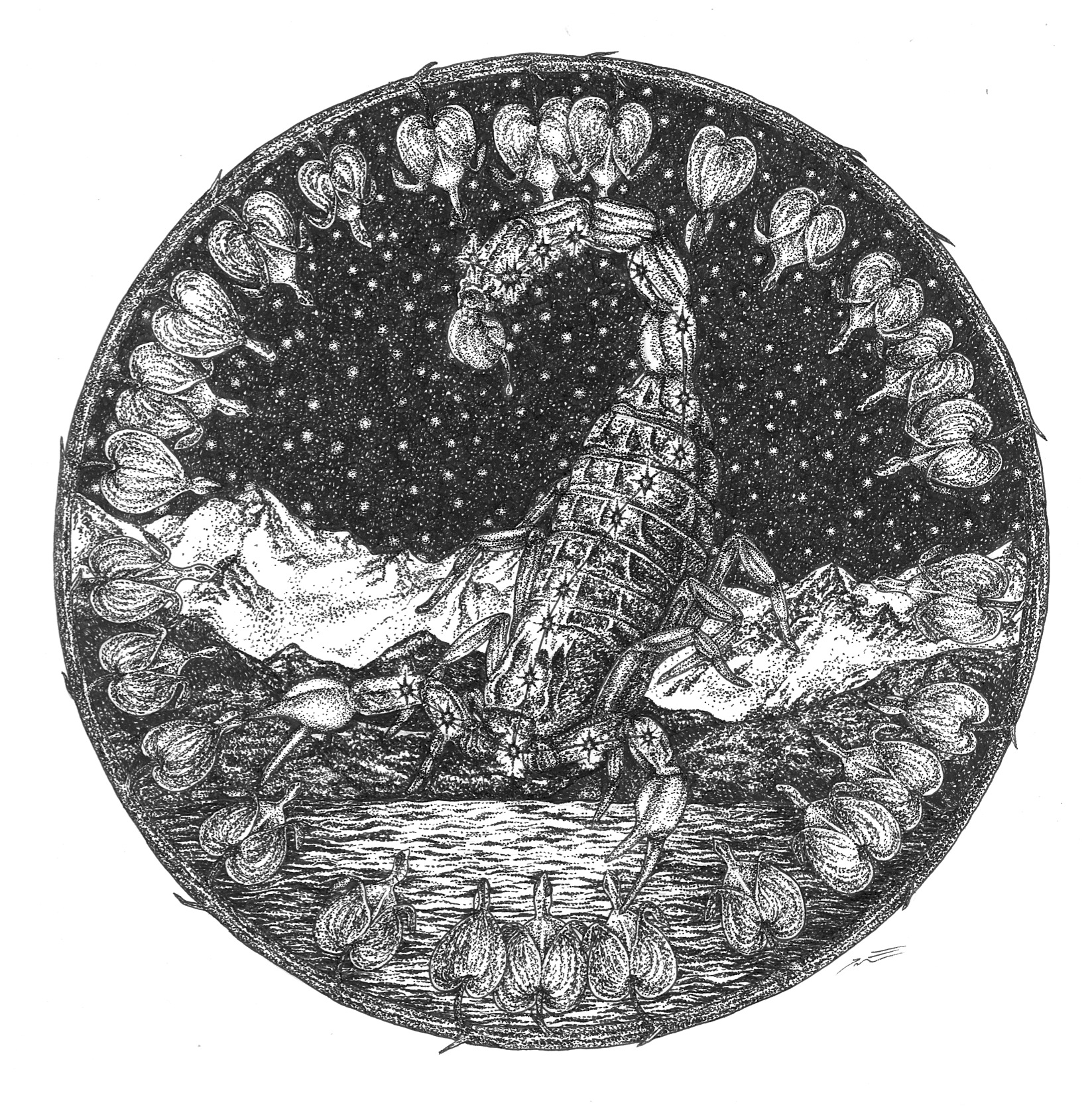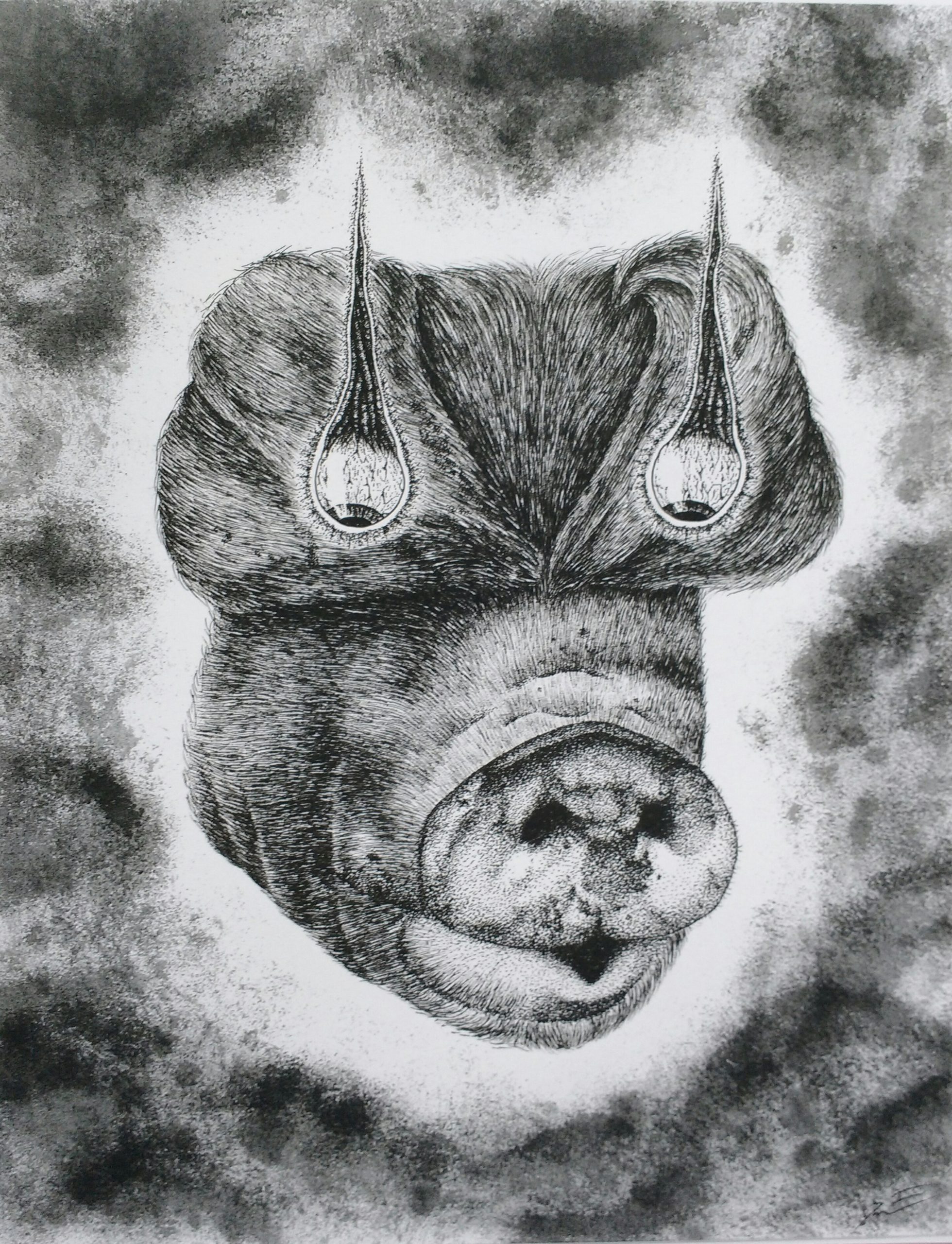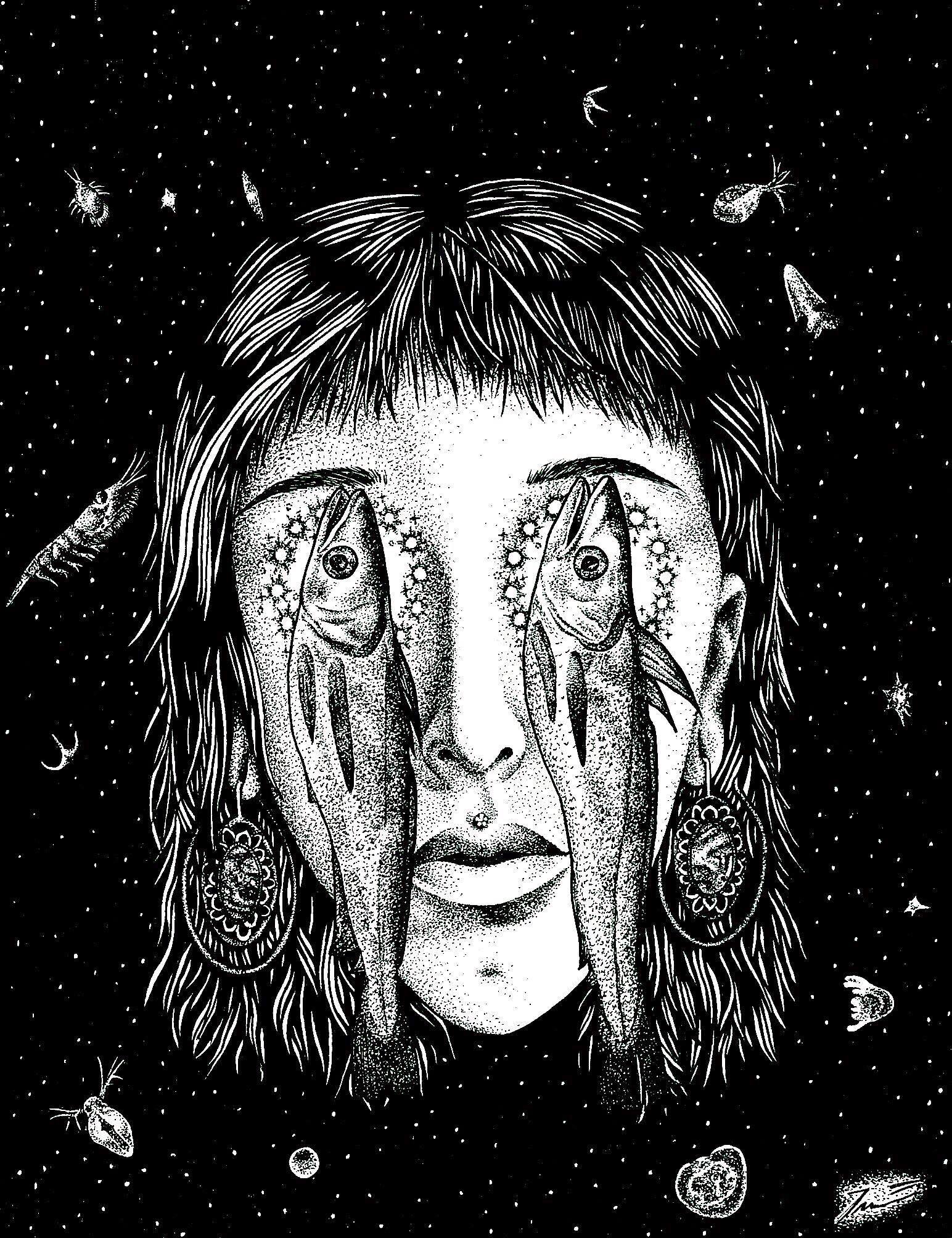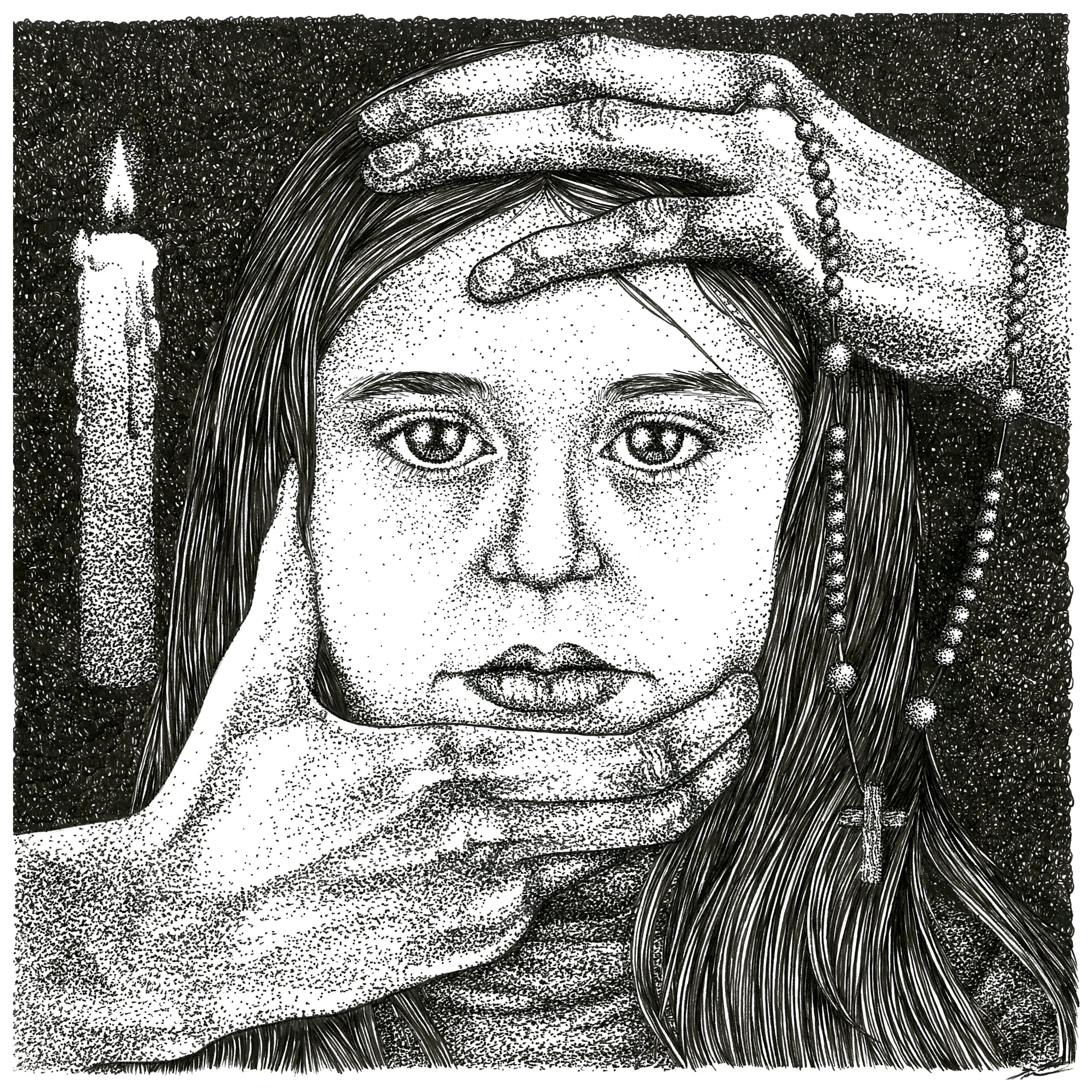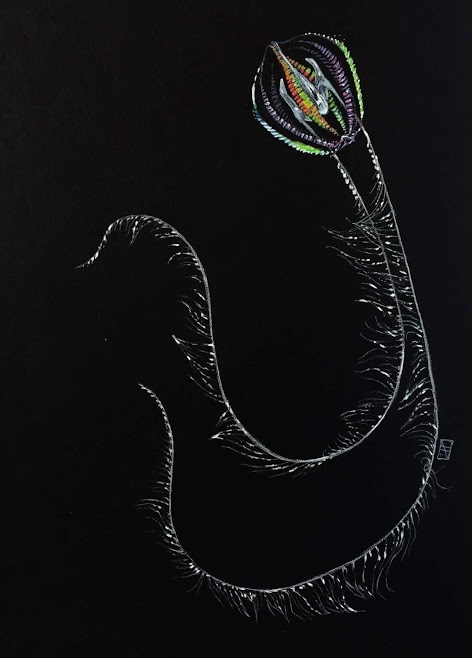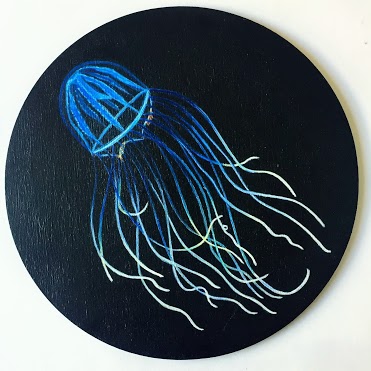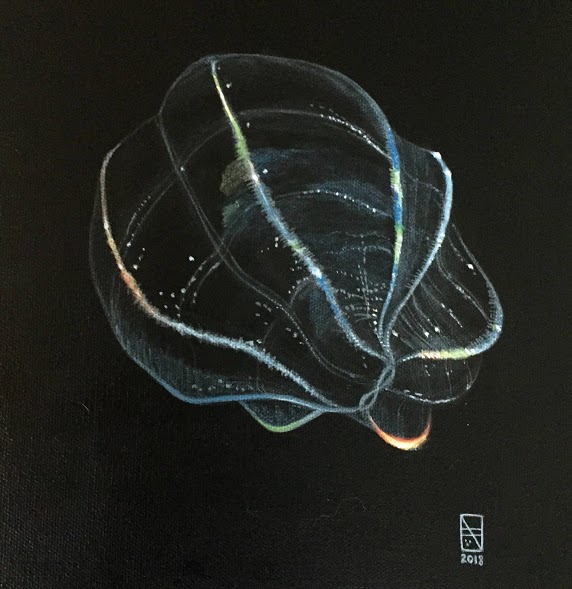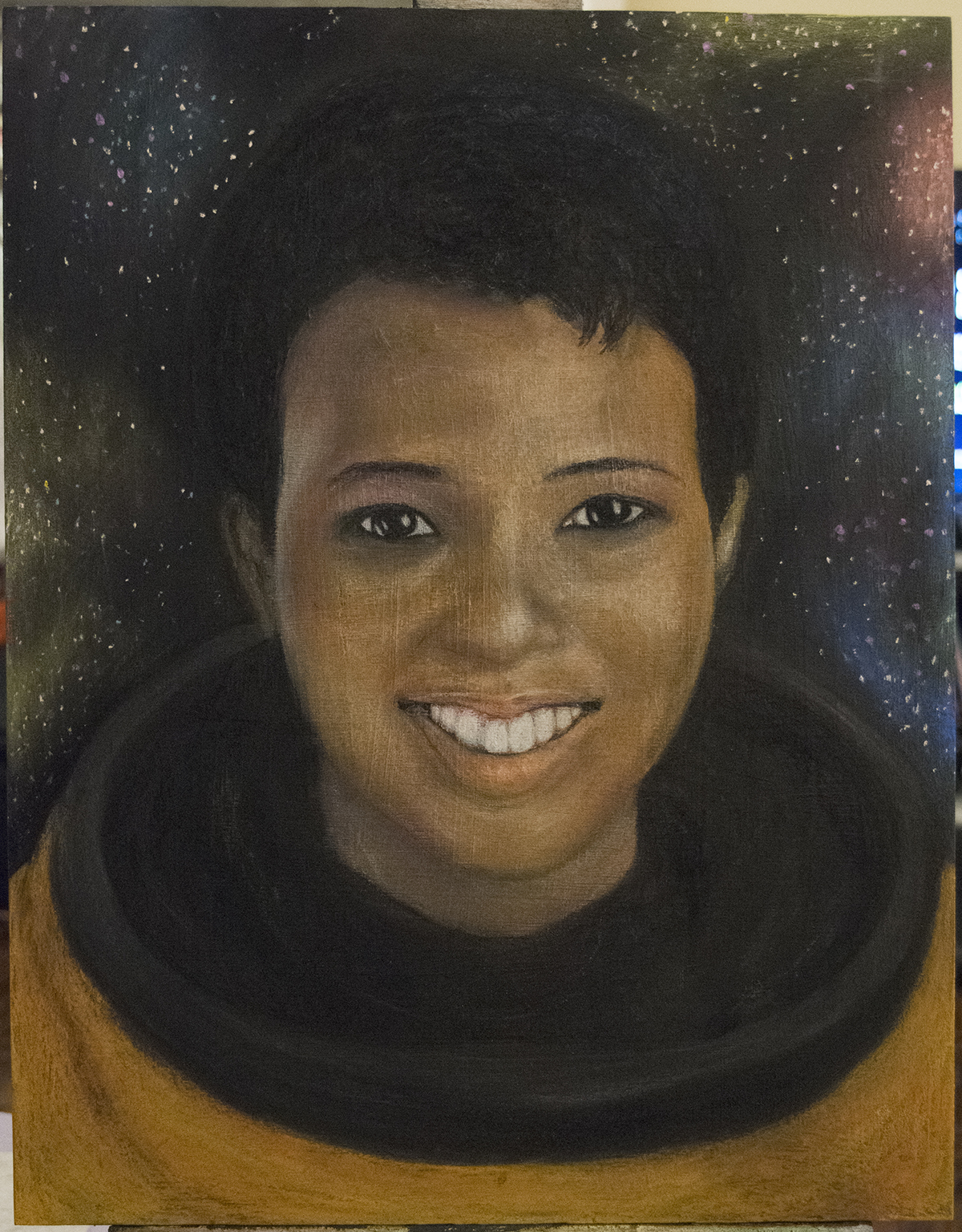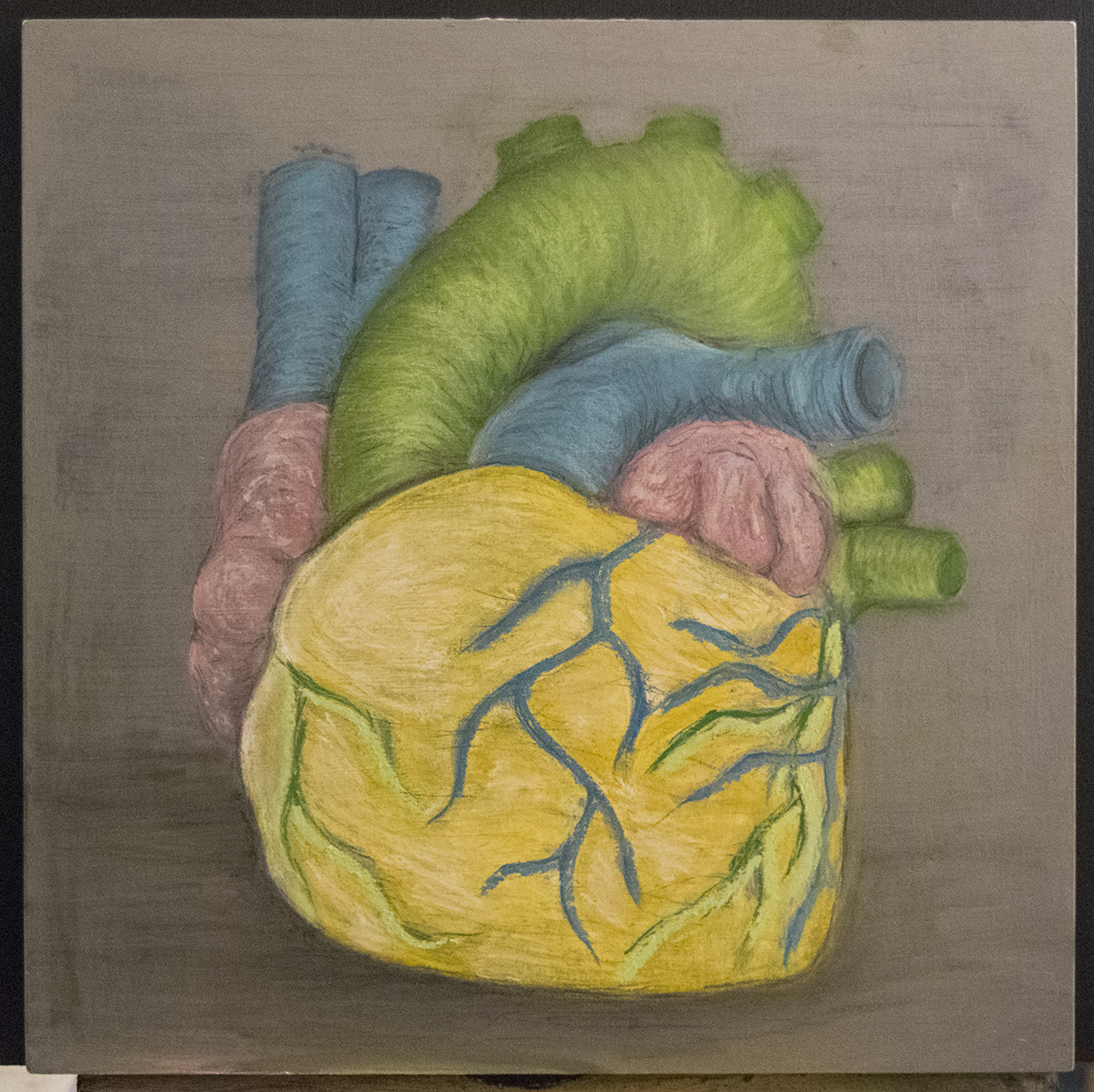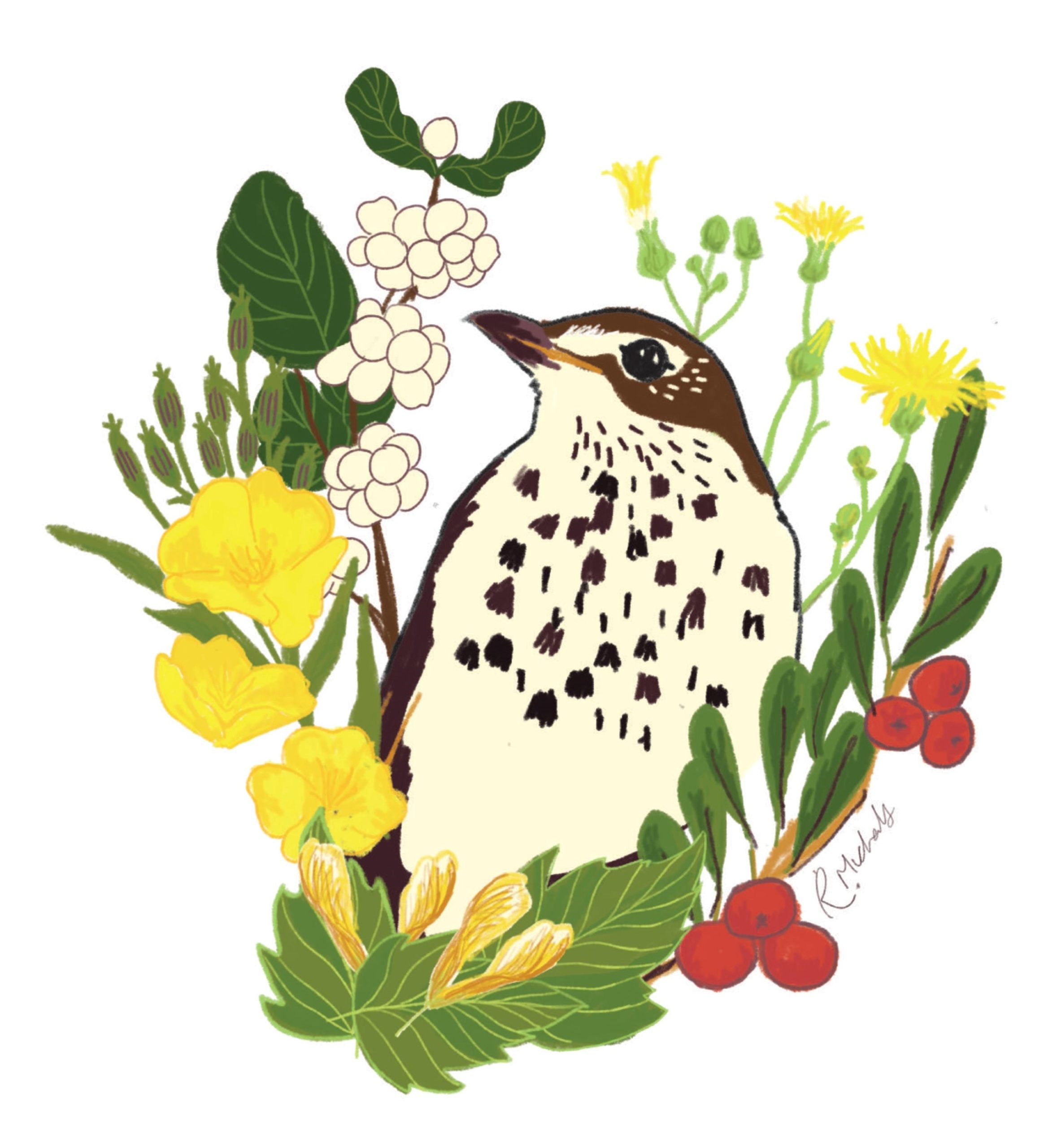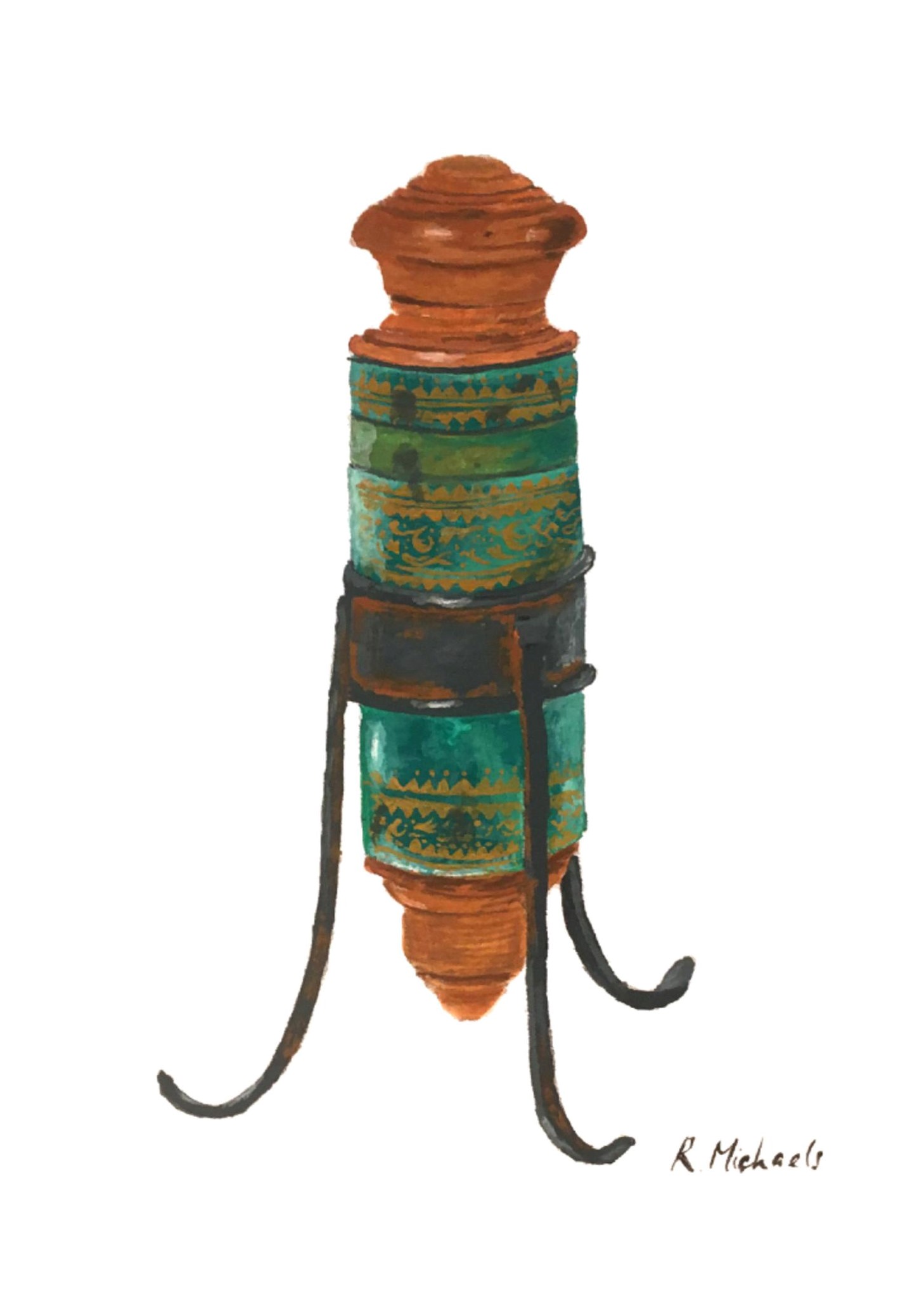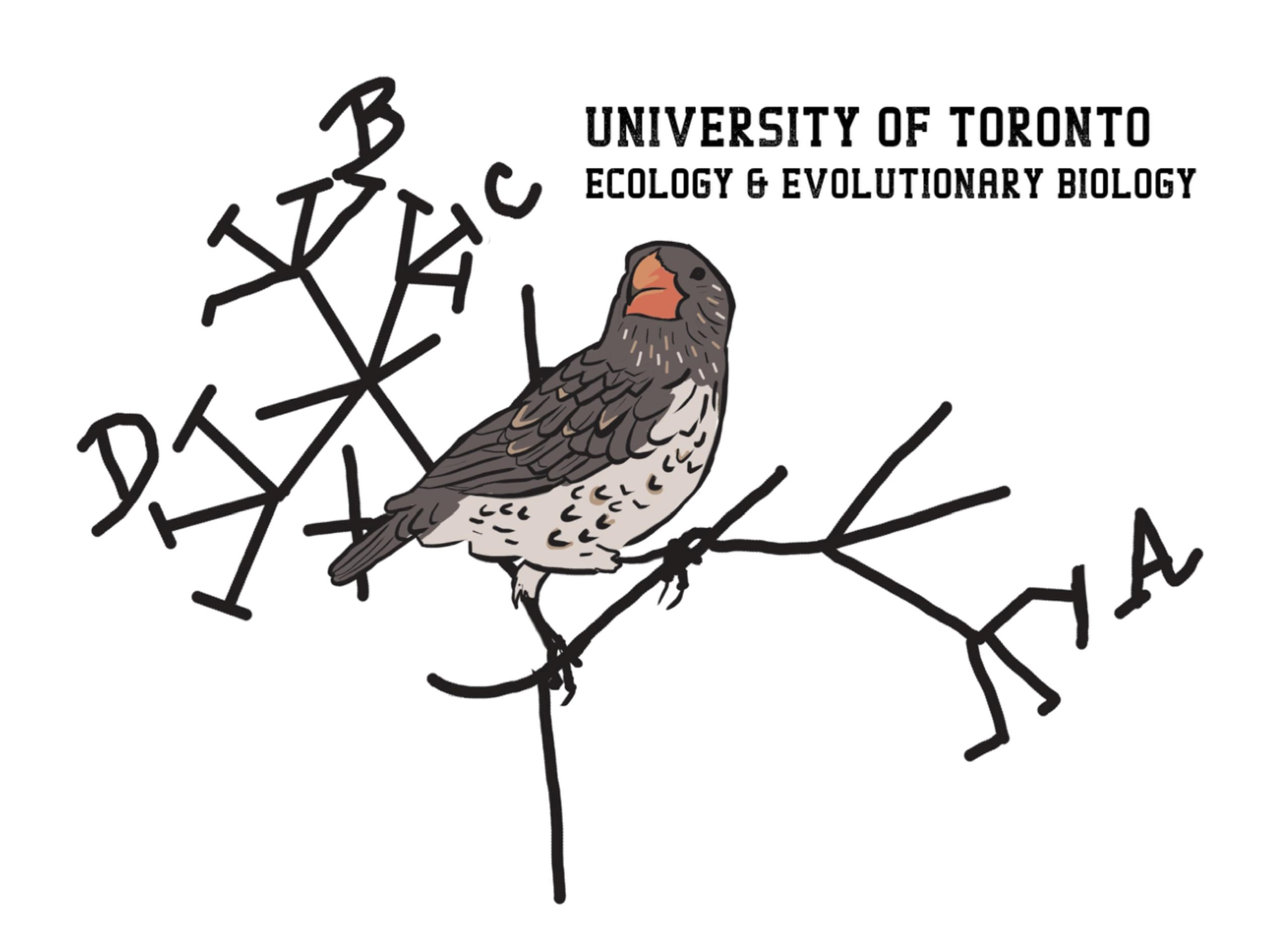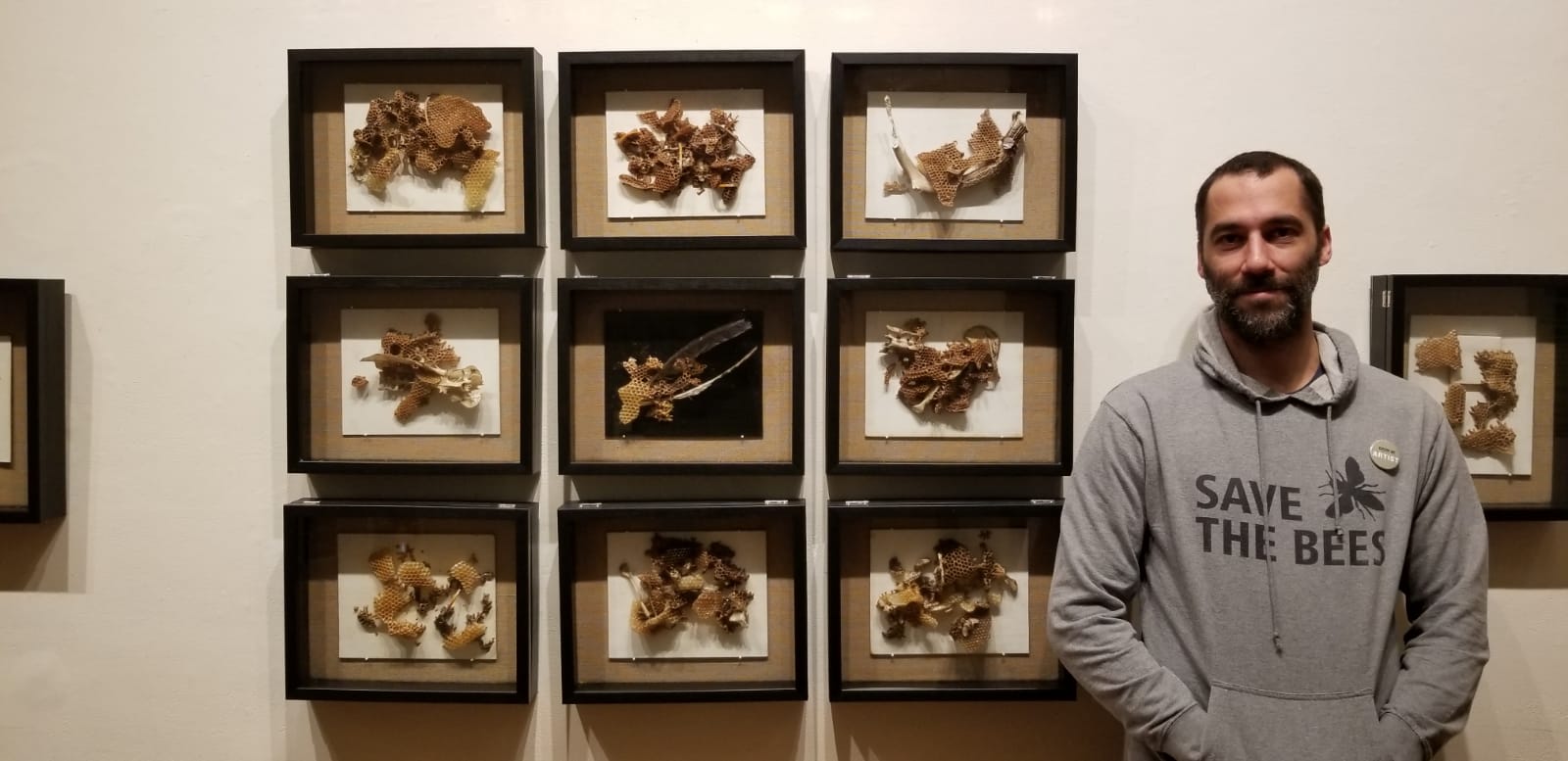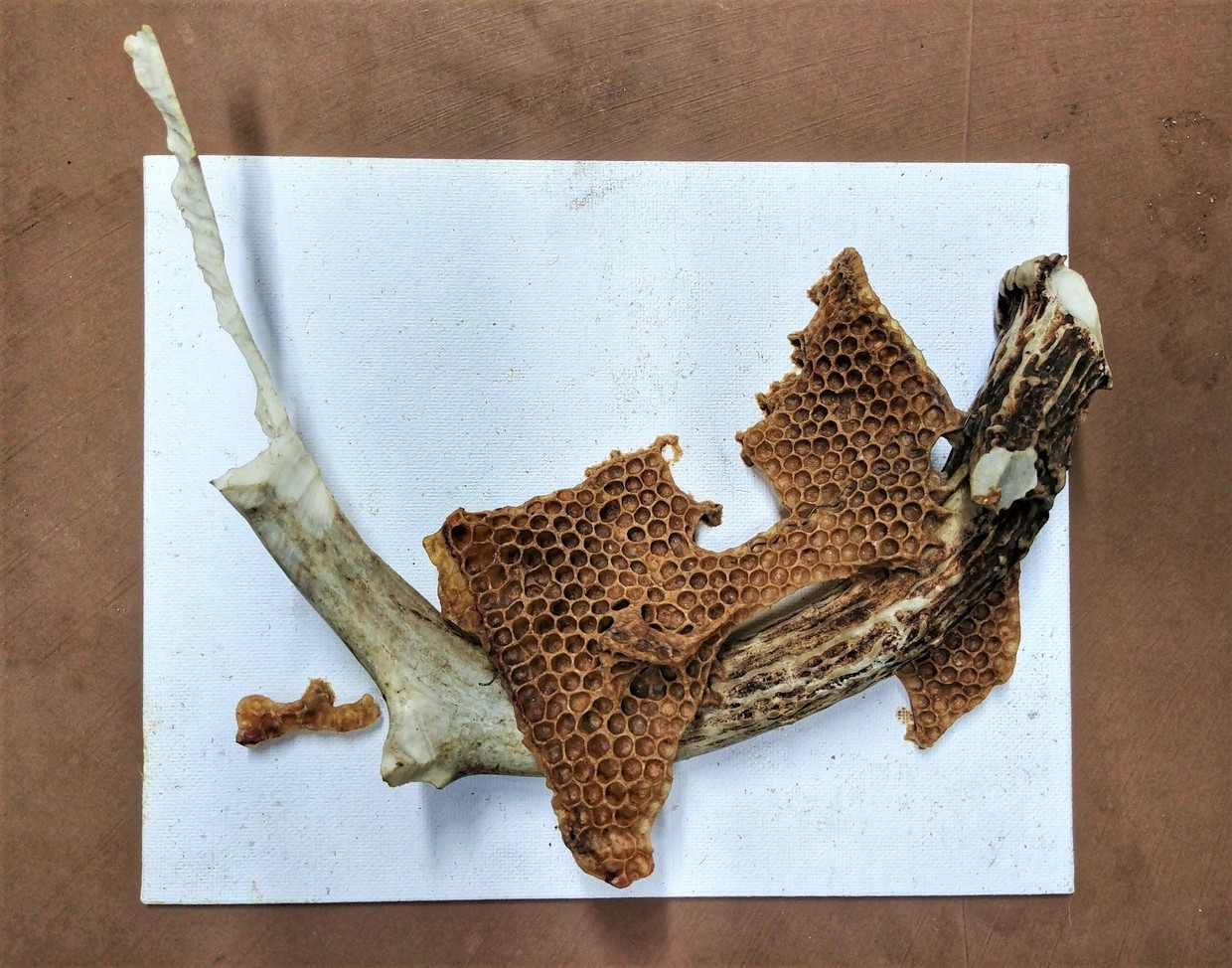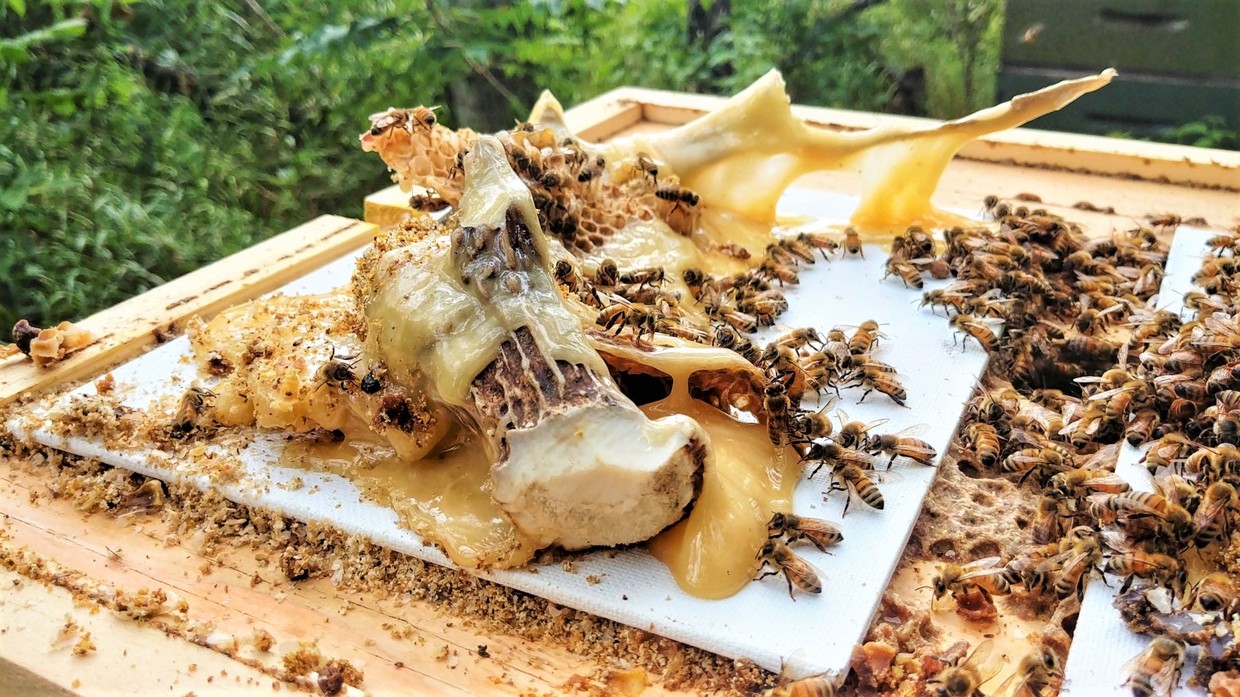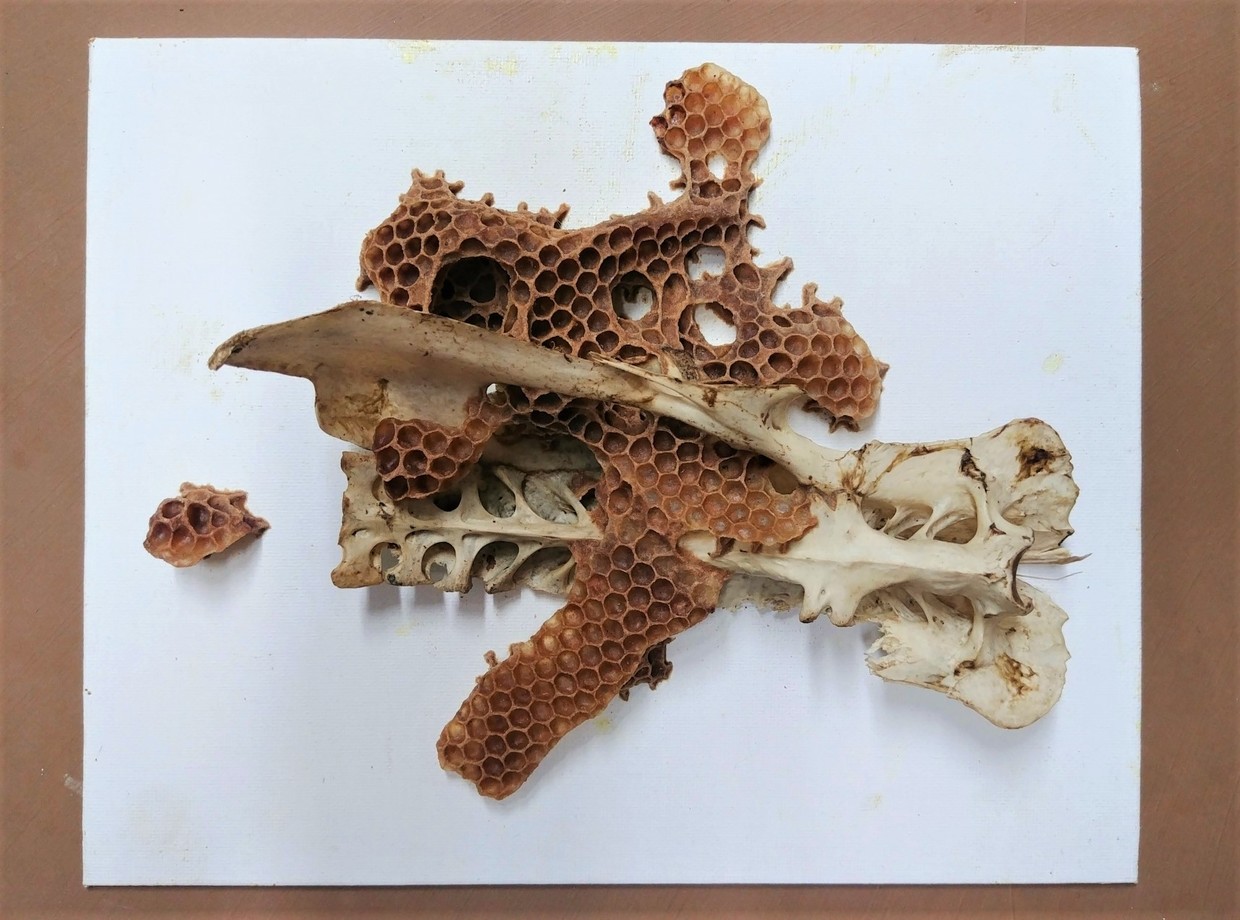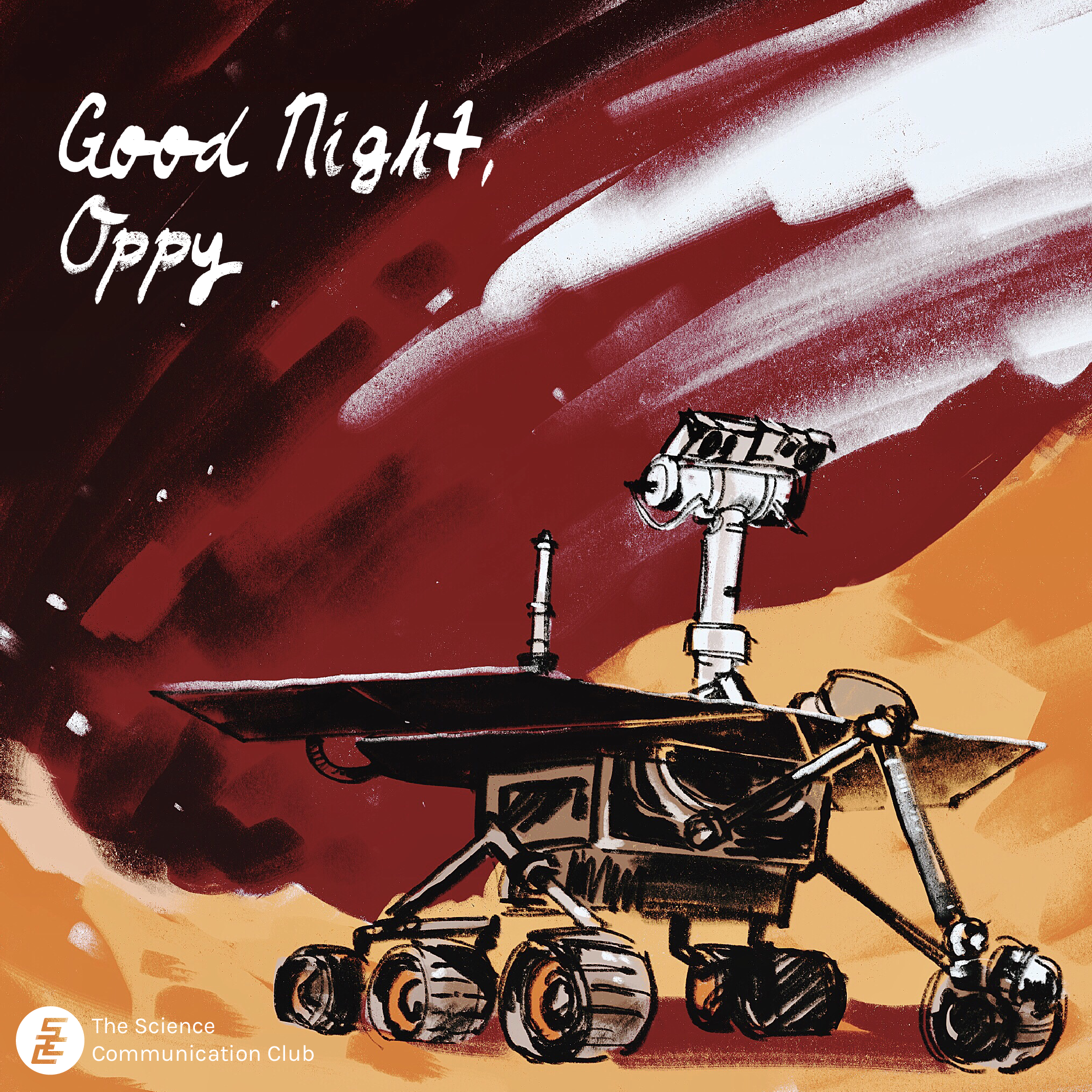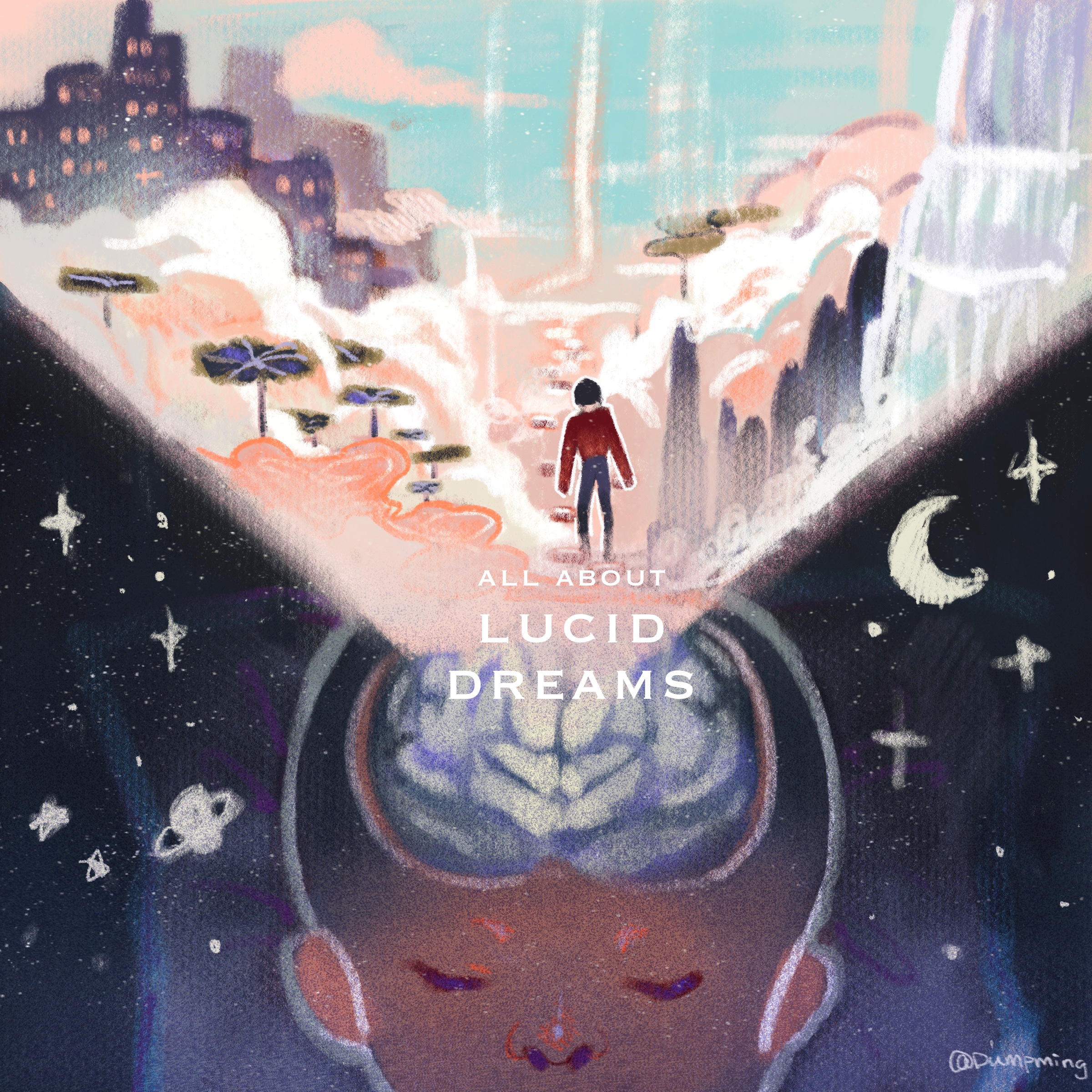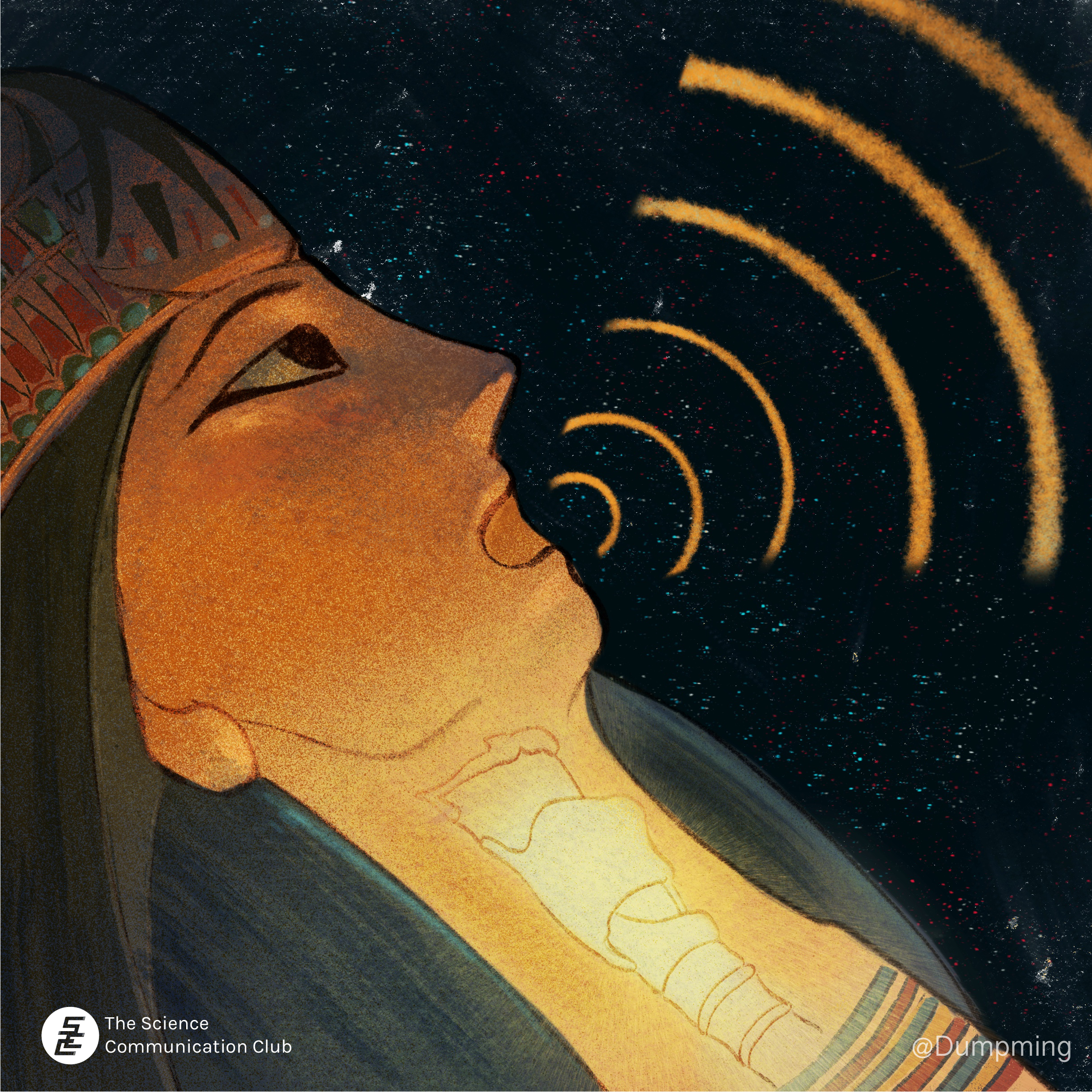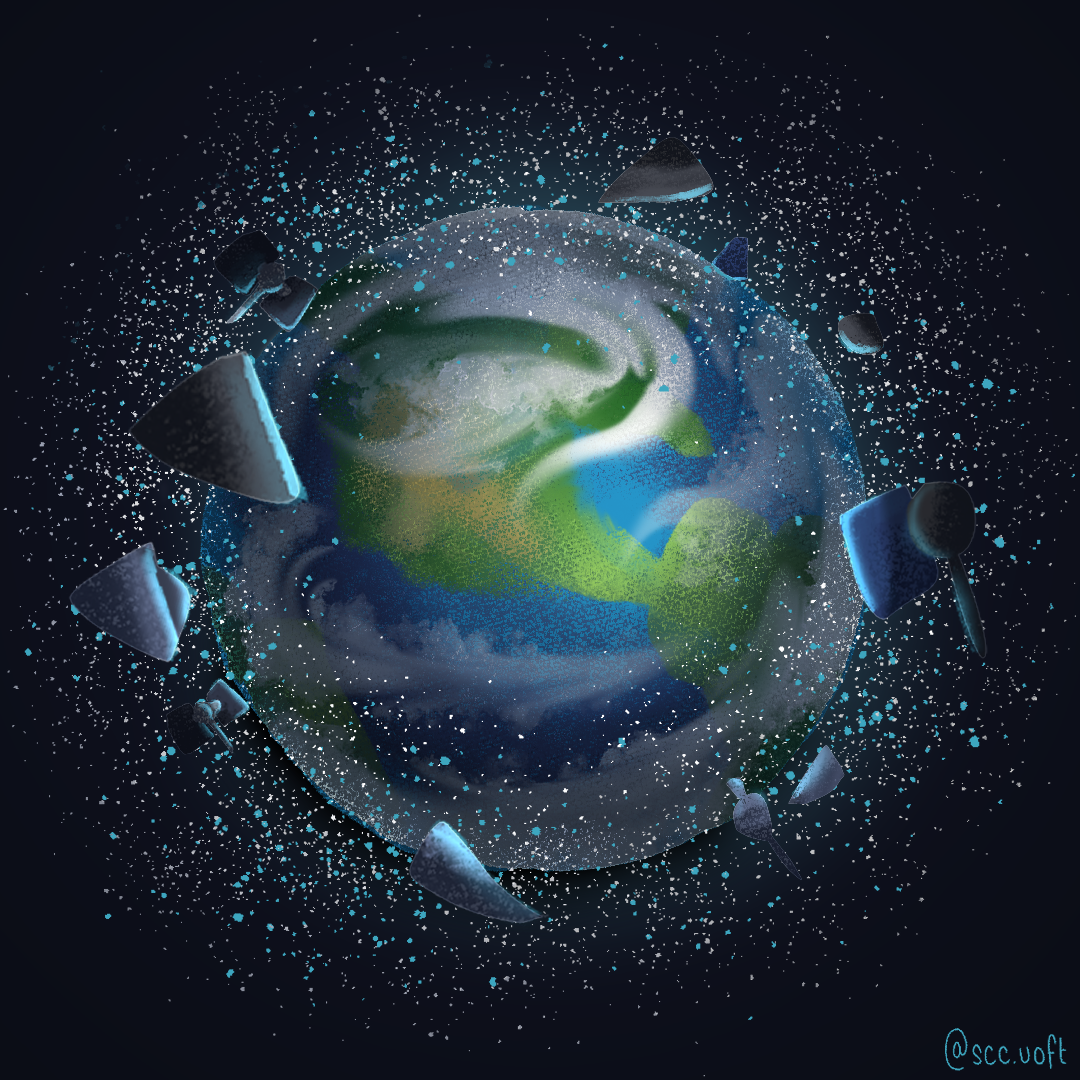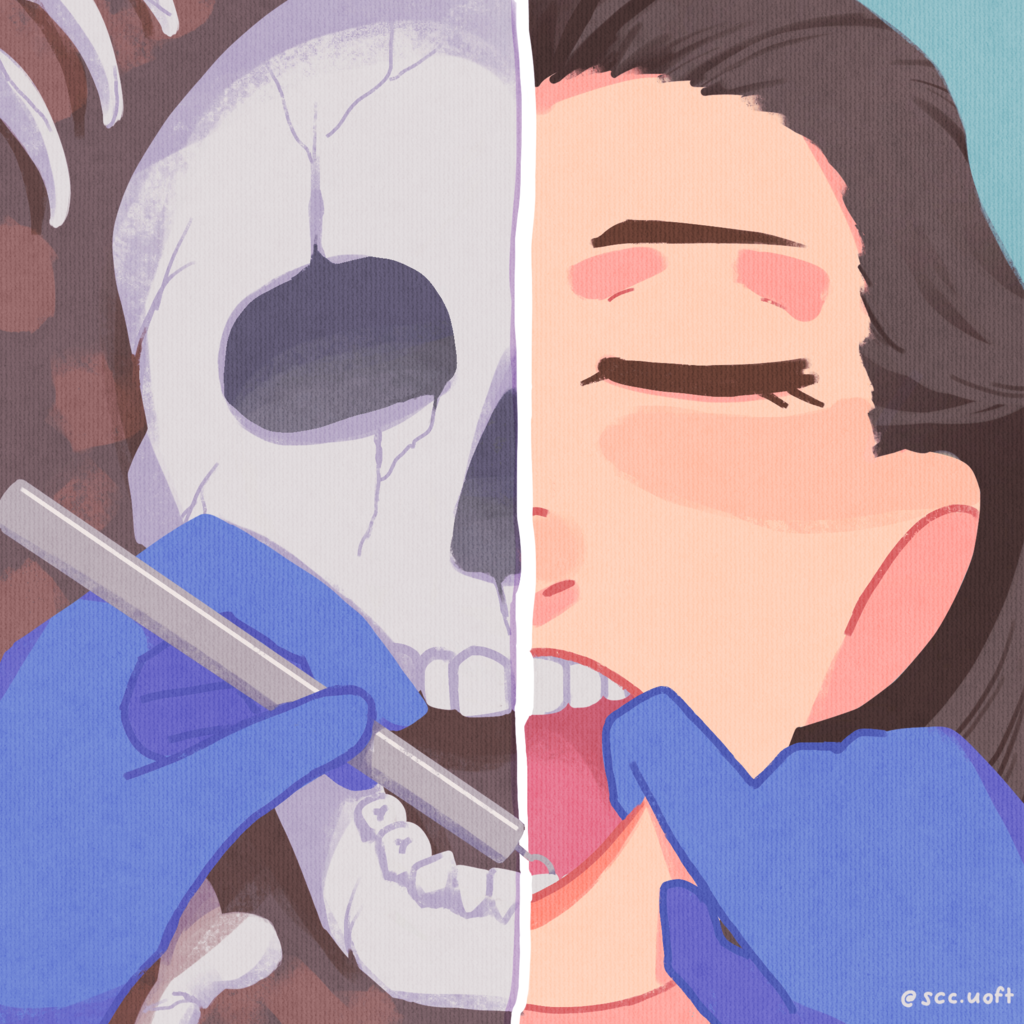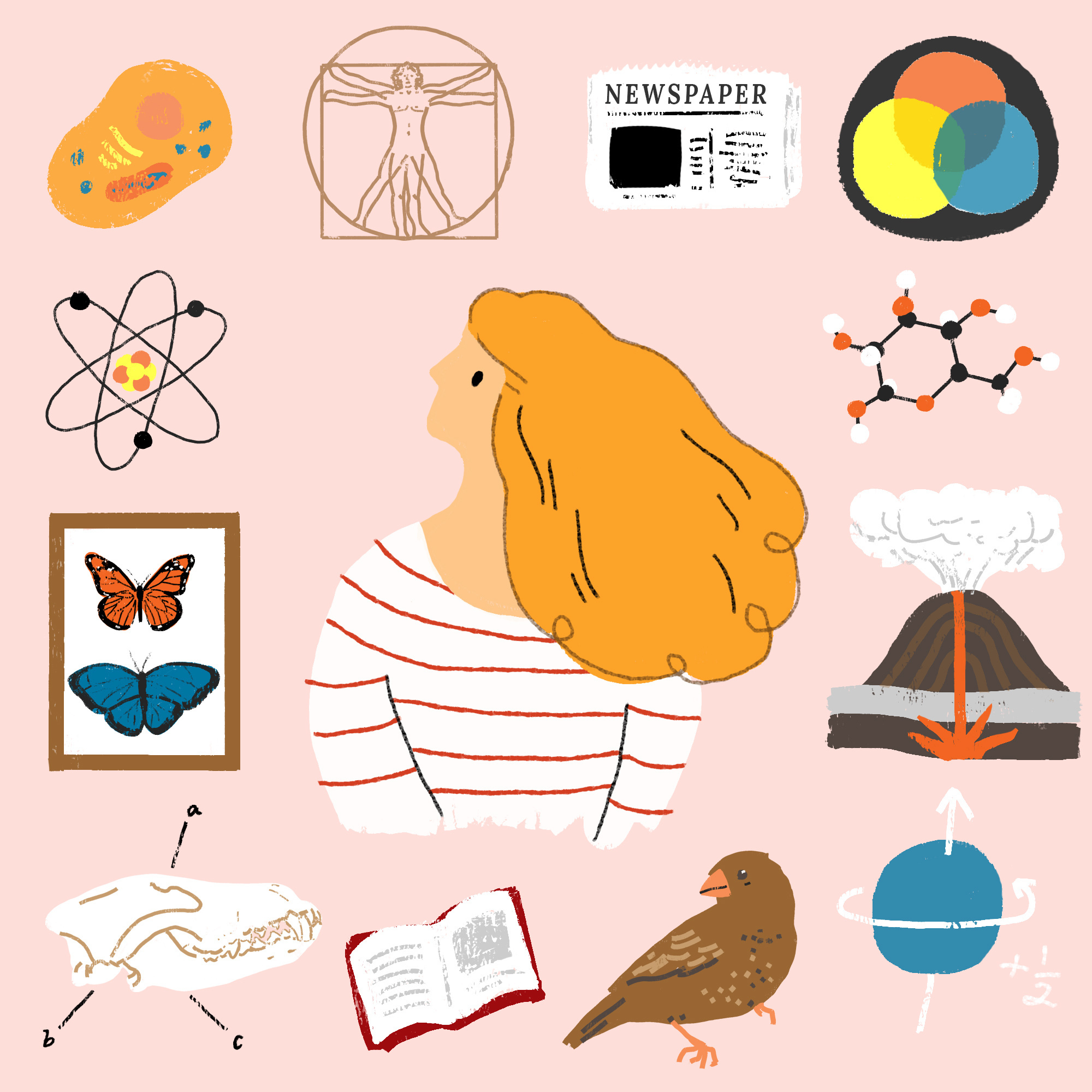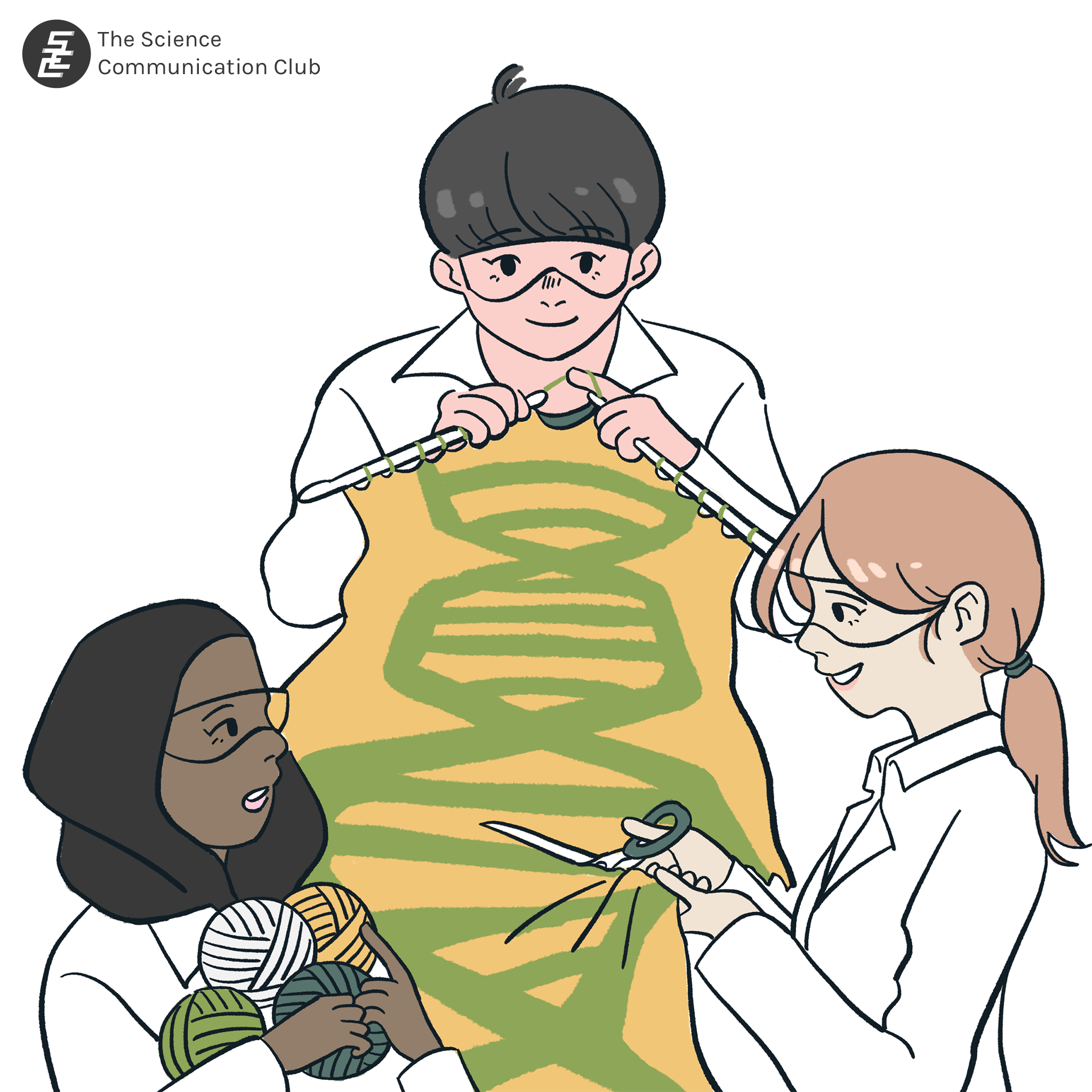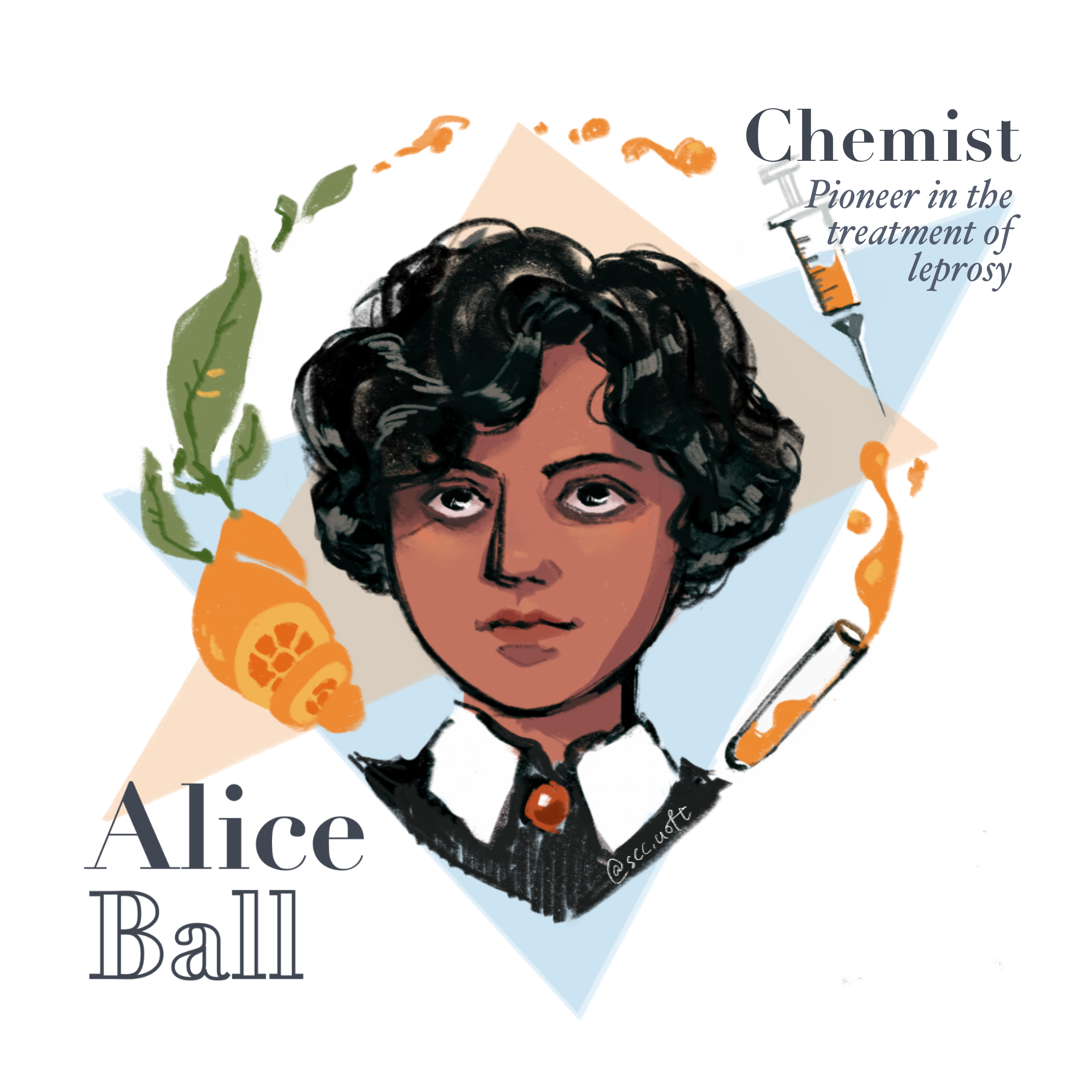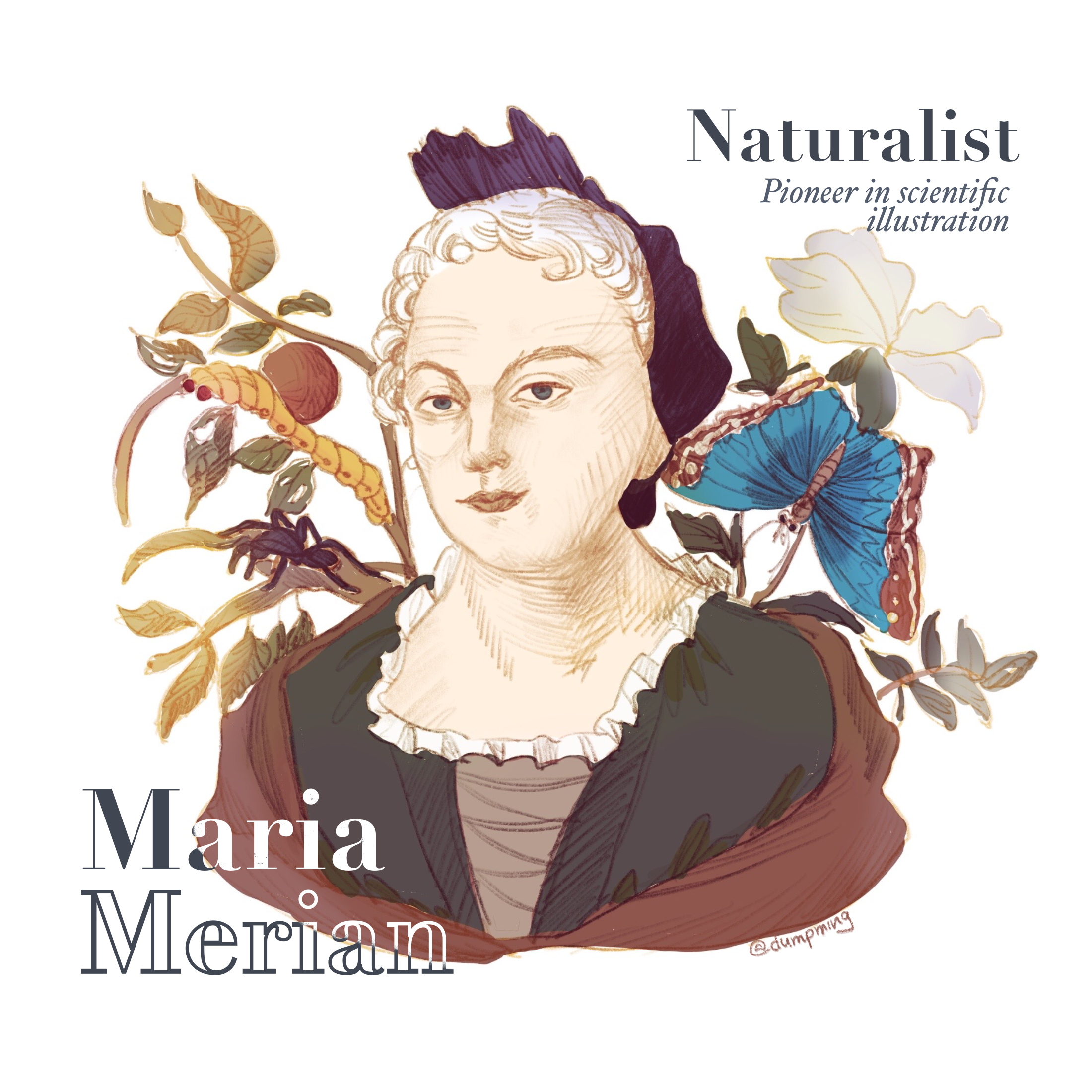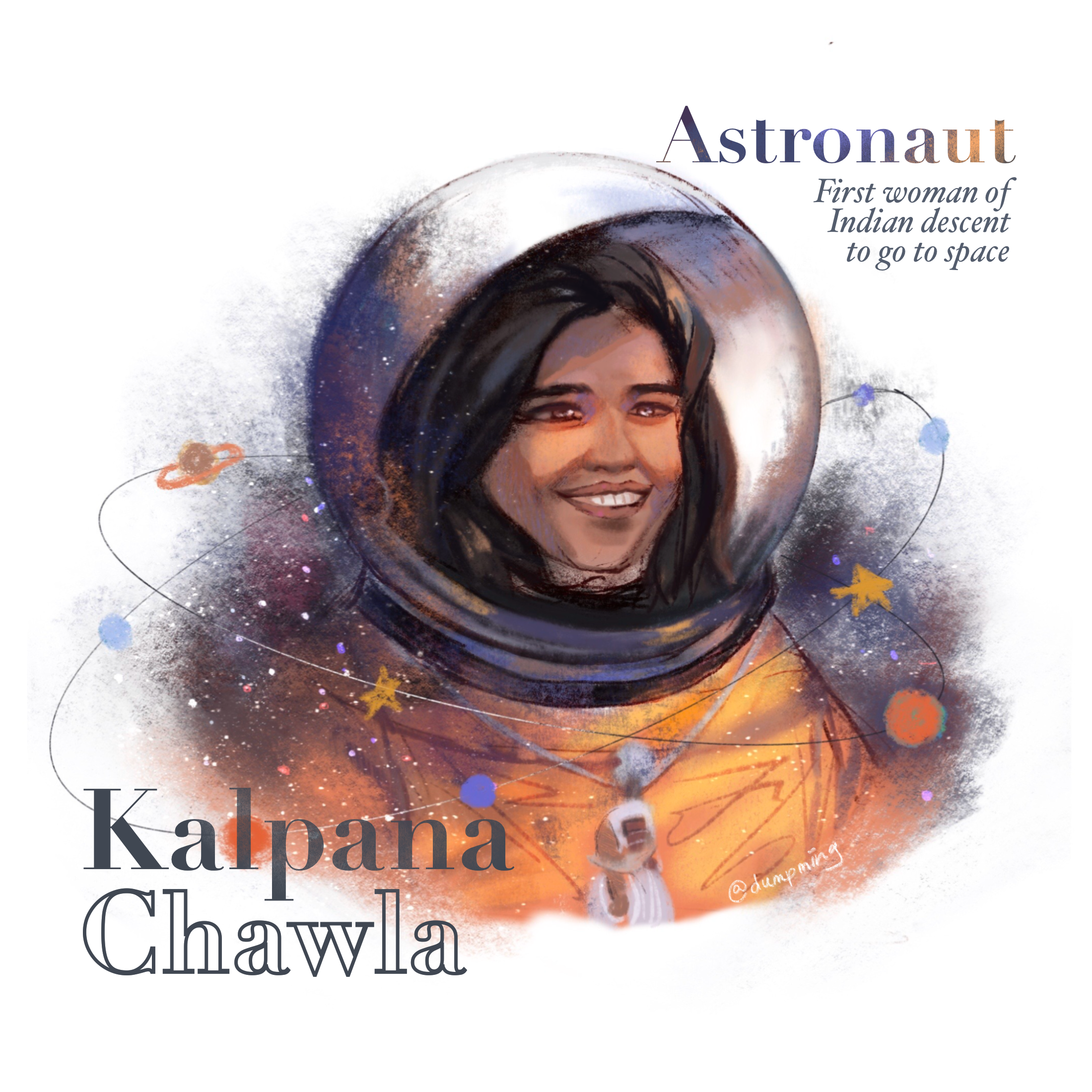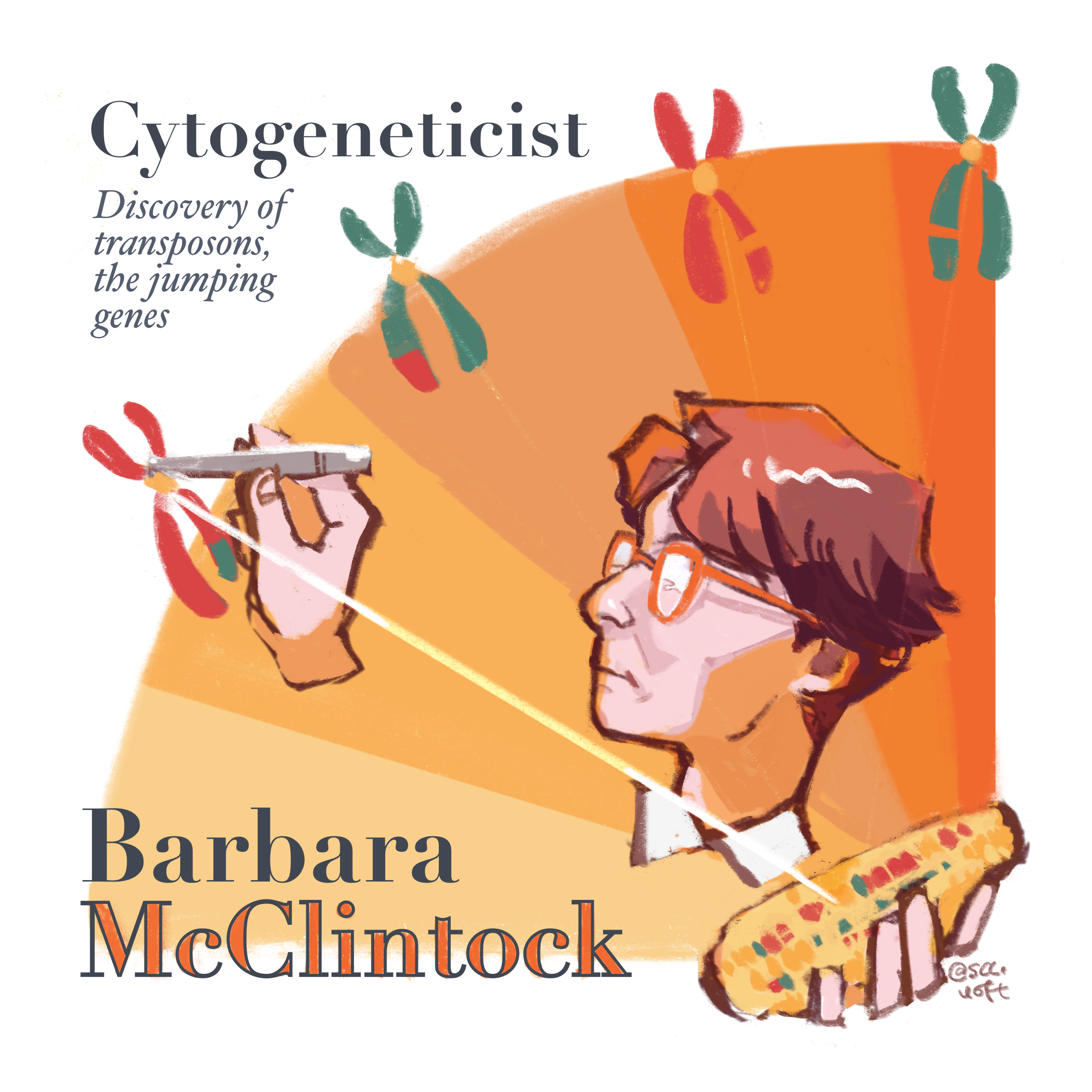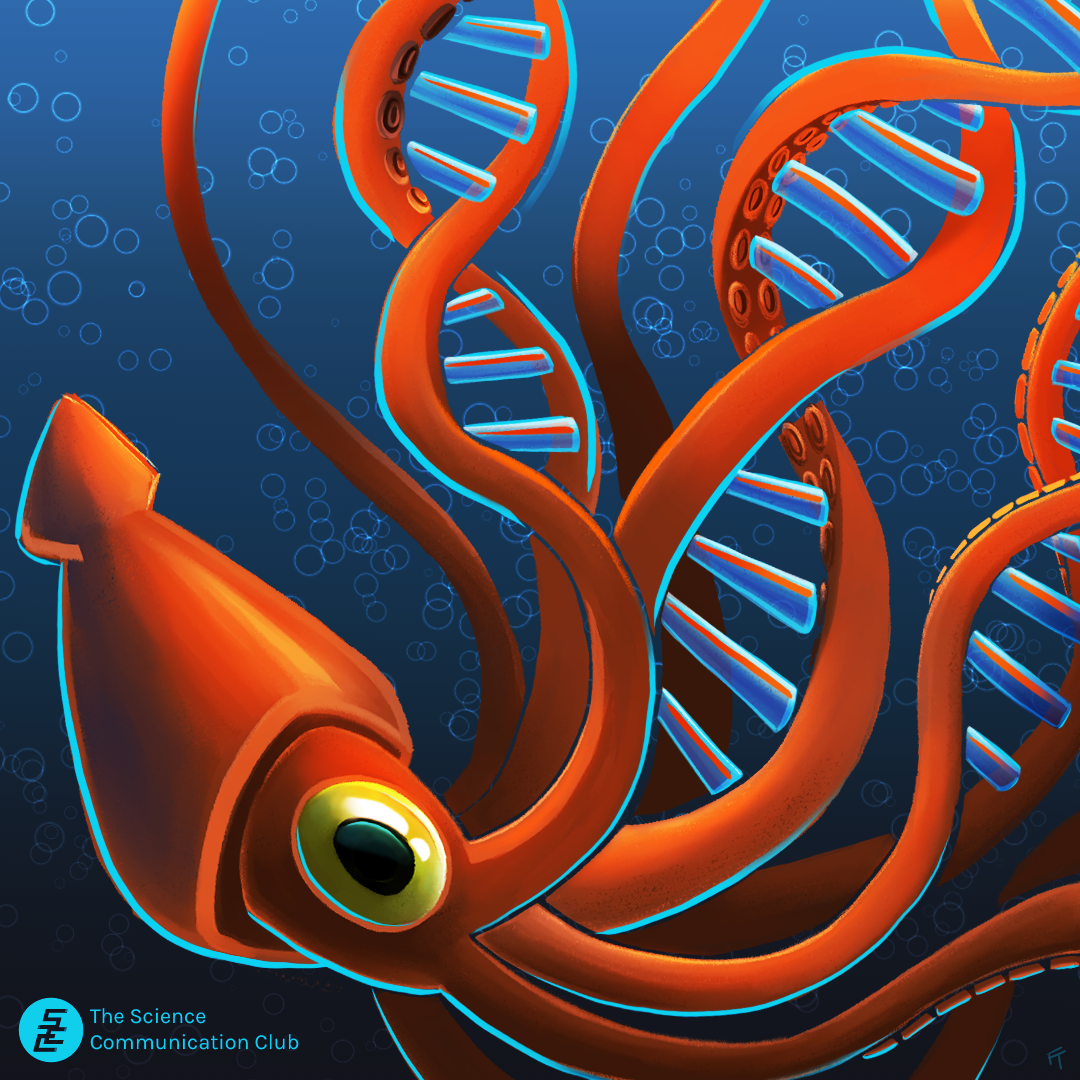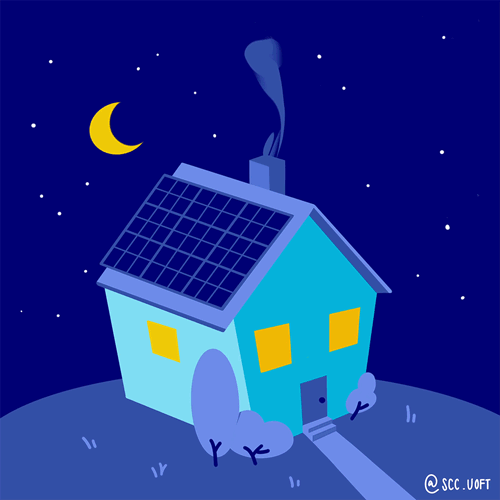SciArt Gallery
Tahani Baakdhah (Thepurplelilac)
Thepurplelilac Science Crochet Shop:
etsy.com/shop/purplelilacamigurumi
My name is Tahani Baakdhah, MD PhD in retinal stem cell biology. I crochet science models and plushies for science communication and outreach. My items make a perfect gift for scientists and science lovers everywhere.
Justin Zoll
Justin is an Ithaca, NY based photographer specializing in microscopy, landscapes, concert photography, and weddings. His micro-photography has been featured on many products, magazines and news sites and has won multiple photography awards from Nikon, Olympus.
Mariana Paloscia
I am a self-taught artist with an engineering background. My latest acrylic paintings are a clear reflection of my passion for astronomy and space exploration. My pieces express my view of the universe (in particular outer space objects without the darkness), and how the elements in it connect to the origins of life. My message: Open your mind, look at the big picture, and never stop being curious.
Radha Chaddah
IAM: Dance of the Molecules is a COVID Story set in the molecular realm. Presented by the Aga Khan Museum in their first virtual performance installation from March 5th to April 30th , this is the first of the 4 acts of IAM.
Radha Chaddah is a Toronto based visual artist and scientist. Born in Owen Sound, Ontario she studied Film and Art History at Queen’s University (BAH), and Human Biology at the University of Toronto, where she received a Master of Science in Cell and Molecular Neurobiology.
Chaddah makes art about invisible realities like the cellular world, electromagnetism and wave form energy, using light as her primary medium. Her work examines the interconnected themes of knowledge, illusion, desire and the unseen world.
Katrina Vera Wong
Katrina Vera Wong is a Korean-Chinese artist, writer, and editor. Learning from literature, botany, herbaria and ikebana, she makes hybrid flowers from dried or pressed plants and calls them Frankenflora. She currently writes about sciart at Art The Science and Science Borealis, proofreads SAD Mag, and blogs at Lifeology. She also created Seagery Zine, a small annual print publication that explores the overlap between art, science and literature.
Her Frankenflora have been exhibited in Vancouver, BC, at the Beaty Biodiversity Museum, Science World, and the VIVO Media Arts Centre. She graduated from the University of Victoria with a BSc in Biology and English.
“I make flowers called Frankenflora — imagined hybrids that are pieced together from parts of dried or pressed plants. Where it’s genetically impossible to combine several species or genera, my work mimics the technique Dr. Frankenstein used to create his being.
Frankenflora (with its variations given binomial names) tend to highlight parts of plants that are usually hidden or ignored by placing them in a new context at a new angle. Leaves become petals, branches become roots, or even become a new structure. Composed of multiple plant species, my flowers aspire to be greater than the sum of their parts, to exist in competition with nature, which is always one step ahead.”
Artash and Arushi Nath (HotPopRobot)
Our “Masked Scales” project converts the impact of COVID-19 observed in Toronto using data from our homemade instrument and NASA satellite into a Lockdown Musical.
We used Arduino, sensors, and cameras to measure changes in Street Noise, Vehicular Traffic, Emissions, and Light Intensity during COVID-19 lockdown in Toronto. We used Machine Learning (to count the number of vehicles on the road) and Python coding to analyze changes happening during and after the COVID-19 lockdown.
We converted our Analysis into a musical using 4 musical instruments (each representing a change in different variable): Marimba (Light), Vibraphone (Emission), Piano (Street Noise), Flute (COVID-19 Infection Cases in Toronto). The tempo of music was determined by changes in Toronto City Night Lights (using NASA VIIRS Data) and Vehicular traffic count before and after the lockdown.
Artash and Arushi are siblings. They are in Grade 9 and Grade 6 respectively. They love to build space and robotics projects, and like to integrate them with arts and music. They are the 2020 NASA SpaceApps COVID-19 Challenge Global Winners for their “Masked Scales” Project.
Michelle (MyPetCephalopod)
etsy.com/ca/shop/MyPetCephalopod
Hello! I’m Michelle and I’m a Scientist! I’m also a Science Communicator and Artist and you can find me online @mypetcephalopod, myckuu.official@gmail.com.
I run my own Etsy stop, MyPetCephalopod, where I design and sell small trinkets such as stickers, pins, and greeting cards.
MyPetCephalopod was born from my love of art and science. It began as a place to share the funny little science tid-bits that I picked up over the years to a place where I could communicate my experience as a
graduate student, and finally a platform where I could create a positive community with like-minded individuals.
I am excited about science literacy and communication, and motivating scientists, particularly other BIPOC women and youths to pursue an interest in STEM.
Cheers!
Michele Banks (Artologica)
etsy.com/shop/artologica
artologica@gmail.com
Michele Banks, aka Artologica, creates original watercolor and ink paintings inspired by science, as well as silk scarves and ties based on her paintings. Her artwork explores scientific concepts ranging from microbiology to neuroscience to climate change. Her paintings have been shown at the AAAS, NIH and the FENS meeting in Berlin, and have been featured on the covers of scientific journals and textbooks.
Dasha Plesen
Mold artist
Trinley Dorje
Trinley Dorje is a Toronto based, self-taught artist who started on her artistic path in 2016. She uses a combination of mediums including, mixed media, acrylics, collage and digital painting methods. Her artistic process draws inspiration from various medical imaging technologies to construct colourful compositions of human anatomy.
Trinley’s artwork has been shown in exhibitions in Toronto, Kansas City, Los Angeles and in Dublin, Cork and Galway, Ireland. She has recently been featured in a segment on CBC Arts: Exhibitionist TV Series and her artwork has been published in magazines, online blogs and on a book cover.
Peggy Muddles (The Vexed Muddler)
www.artstation.com/vexedmuddler
I’m a lab tech with a secret sciart superhero identity: The Vexed Muddler. I create digital and sculptural art and jewellery exploring microbiology, anatomy, physics, and other scientific realms. My primary interest is in creating wearable conversation pieces that allow scientists to share the beauty and strangeness of the world in a conversational and non-academic context.
Tina Faucher
instagram.com/faucherillustration
Tina Faucher is an artist currently living in Toronto. She works primarily with black ink creating detailed hand drawn stippled images, with subject matter exploring themes such as identity, mental health, the natural world, and mythology. She often freelances for underground bands to create posters, shirt designs, and album artwork.
Alisa Singh (Jellyfish and Stone)
Alisa Singh is an emerging natural science illustrator working in a variety of media. Her current work primarily explores the subject of marine invertebrates, particularly bioluminescence.
Nicole Partyka
Nicole Partyka is a queer artist and science lover based in Toronto, Ontario. She holds a degree in Human Biology: Health and Disease, and a diploma in Media Communications. Nicole incorporates digital art, graphic design, photography, illustration, chalk pastel, and acrylic into her practice. Her particular interests in science are virology, astronomy, theoretical physics, entomology, evolutionary biology, science education and of course, the heart. Nicole is a huge fan of science fiction, particularly Star Trek, about which she co-hosts a podcast called Highly Logical.
Rebecca Michaels-Walker
instagram.com/rebeccamichaelsillustrates/
My name is Rebecca Michaels-Walker, pursuing a major in Ecology & Evolutionary Biology and minors in Visual Studies and English. As is clear from my choice of degree, I am (and have always been) deeply invested in both arts and the sciences. I am passionate in my belief that, to truly understand the world, we need to be able to see it from a multidisciplinary perspective. I am hoping to pursue a career in scientific communication.
My studies as a science student are a constant influence in my art. In the past, I have created works heavily inspired by topics in biology, physics, chemistry, and conservation.
Joseph Farrugia (Honeybees and Me)
My artwork is created by millions of honey bees. Humans have drawn energy and enlightenment from honey bees for thousands of years and this primal relationship lays at the heart of this work. I have designed and built my own modified hives to interact with honey bee colonies so they can assemble each artwork uniquely. Each piece is an incarnation of the bee’s and artist’s environment.
UofT Science Communication Club
The University of Toronto Science Communication Club focuses on the public communication of current science, technology, engineering, and mathematics (S.T.E.M.) research to non-experts and the general public. We make science more accessible by producing and sharing accurate, unbiased and creative science media. Our contributors thrive at the intersection of art and science.
Apart from building bridges between professionals and non-experts, we aim to raise interest in science communication within and beyond the University of Toronto.
